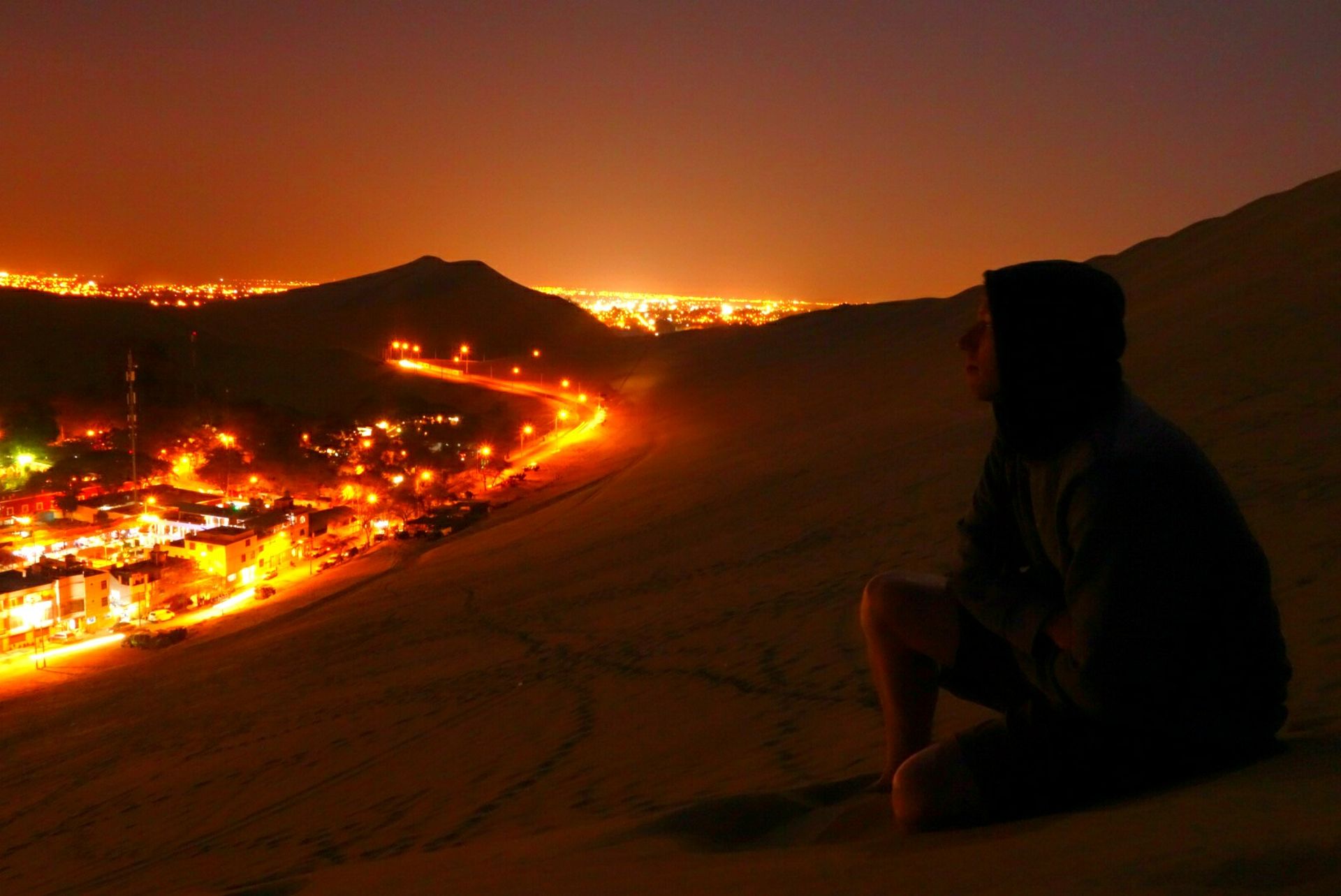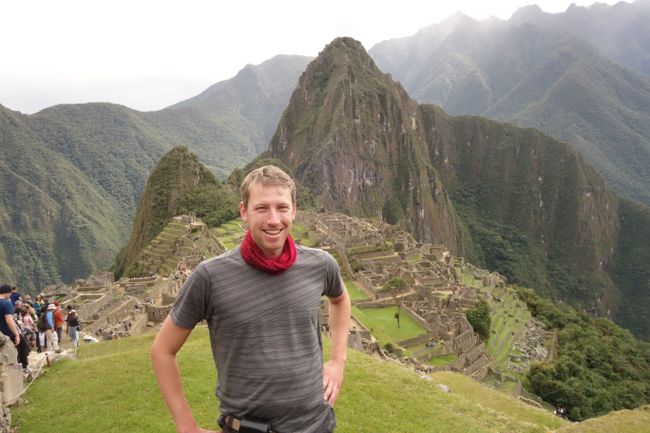Bolivia - Cochabamba and Torotoro
Опубликовано: 20.08.2018
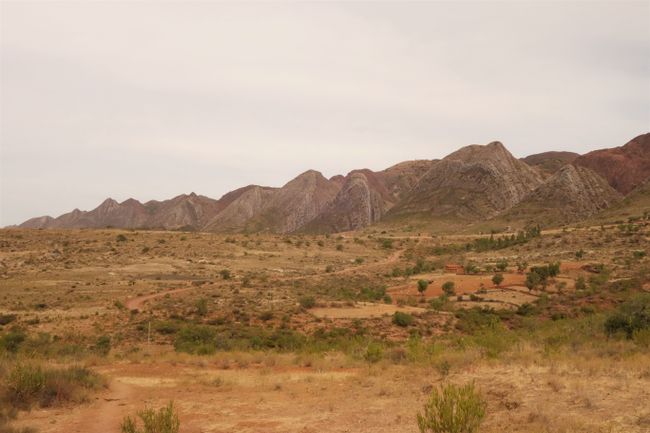
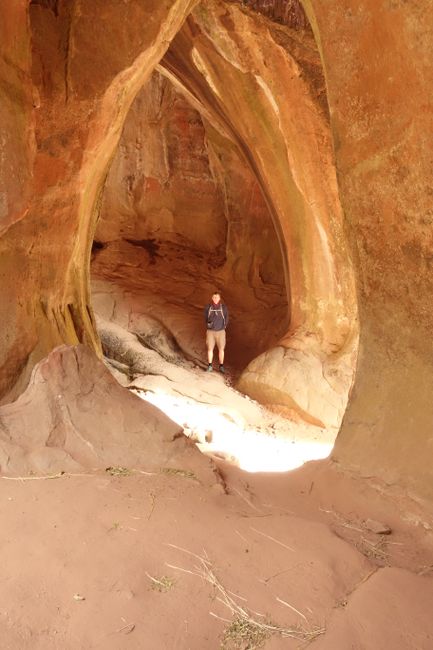
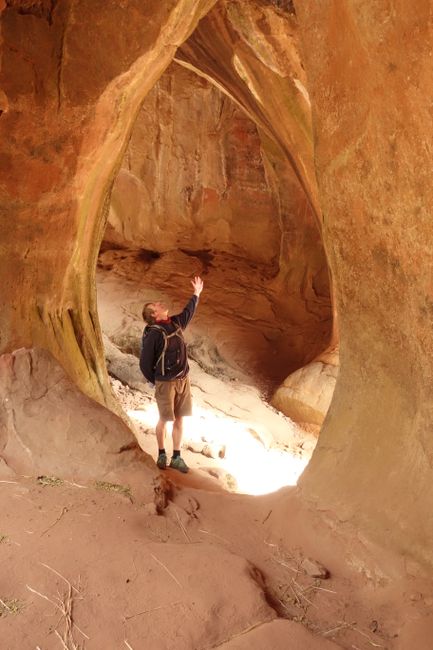
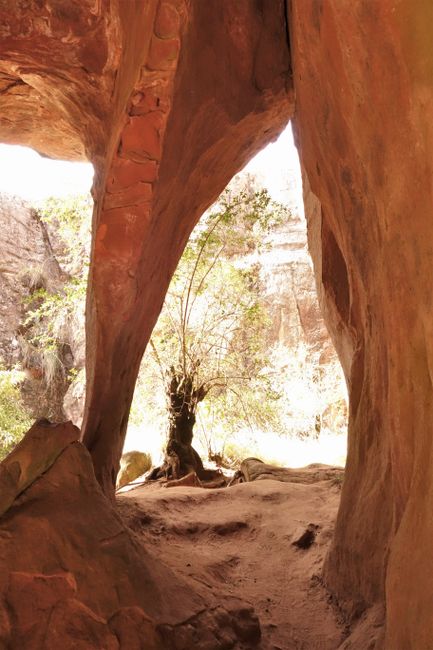

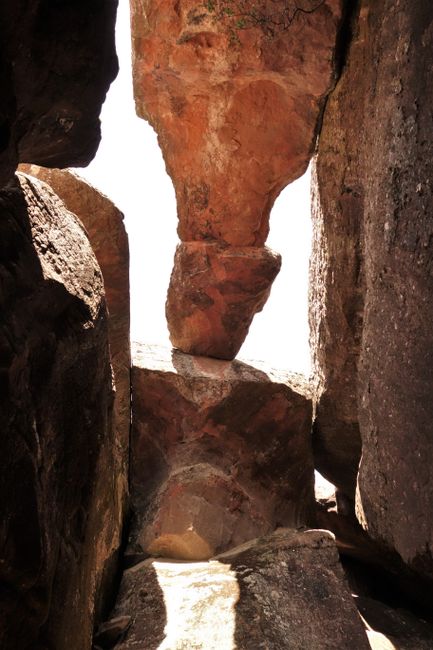
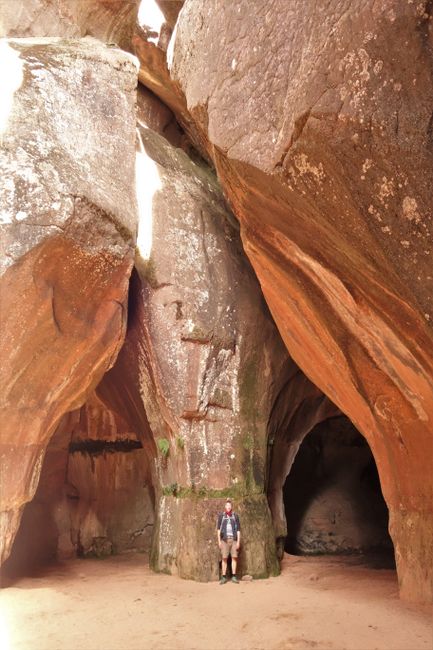
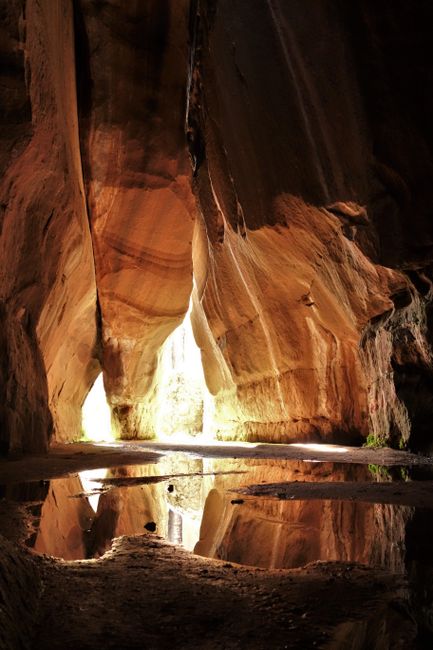
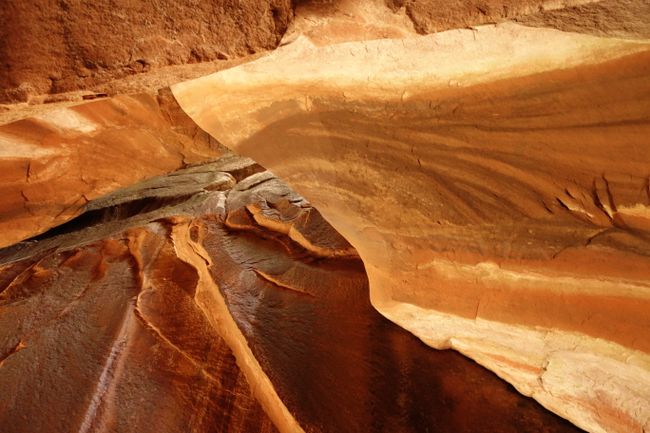
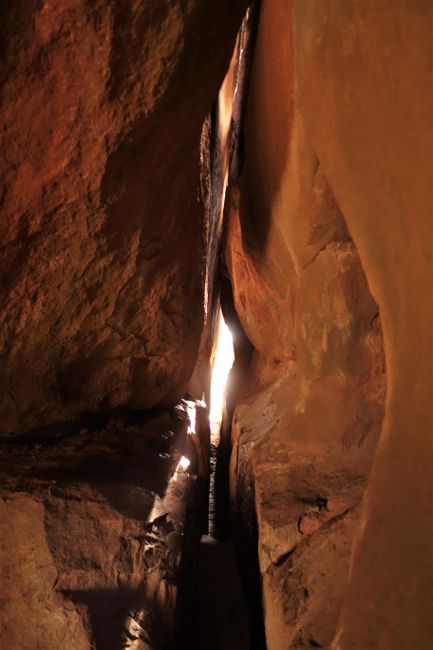
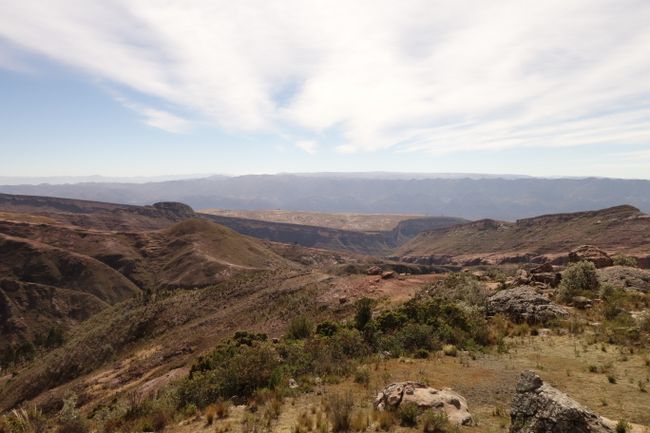
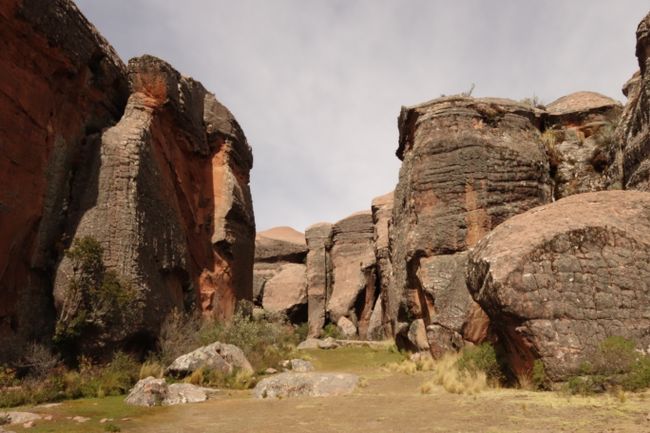
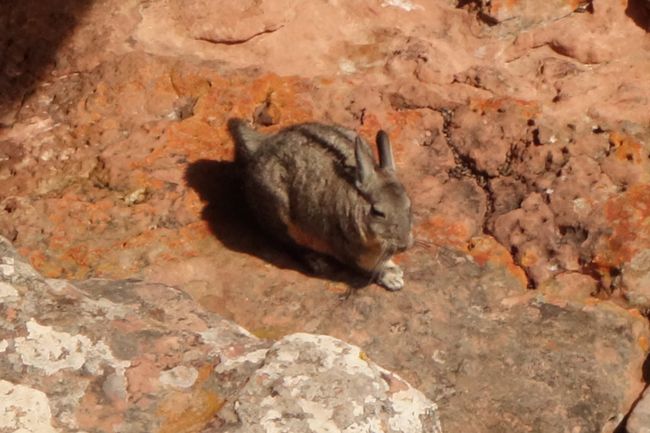
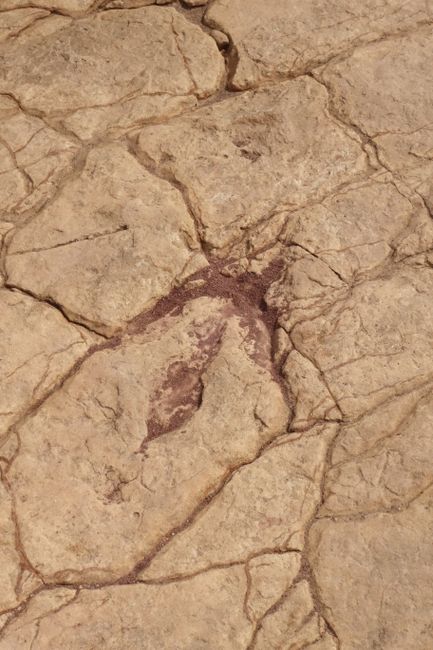
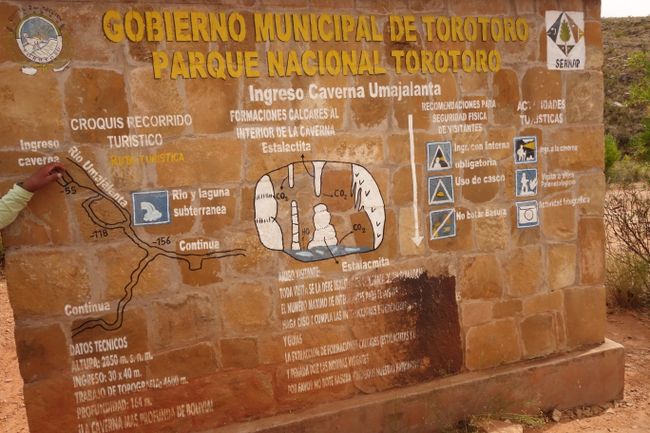
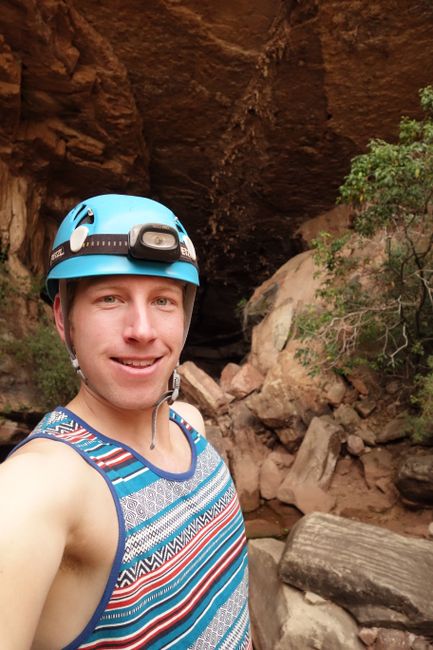
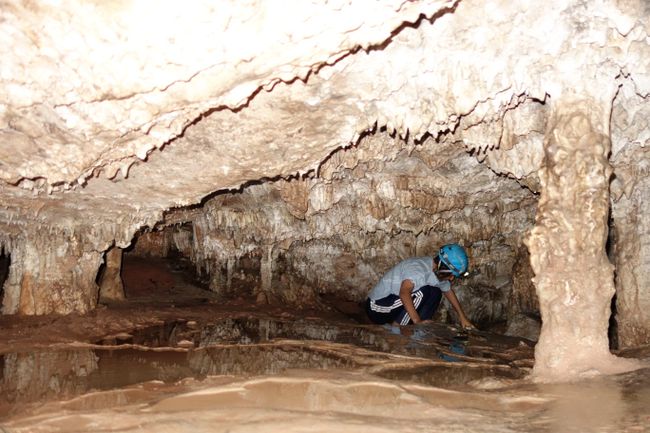
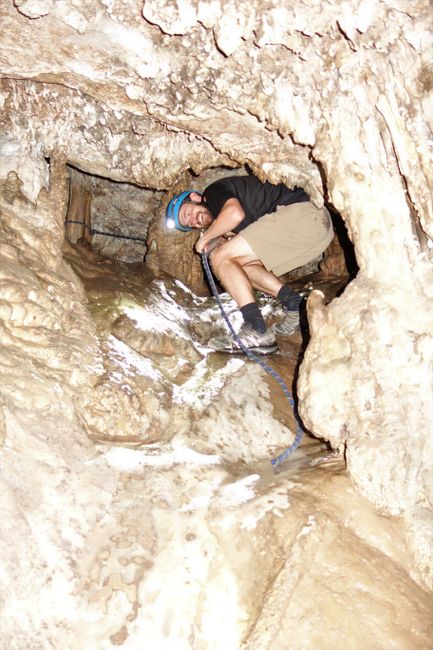
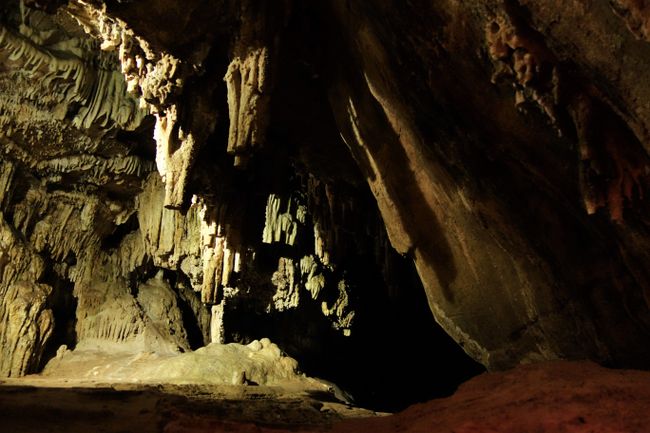
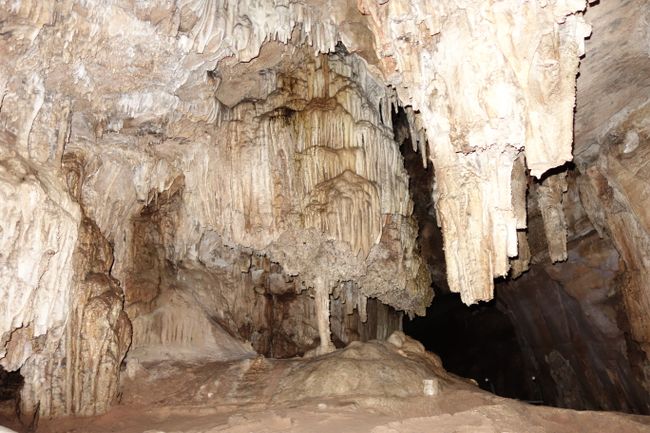
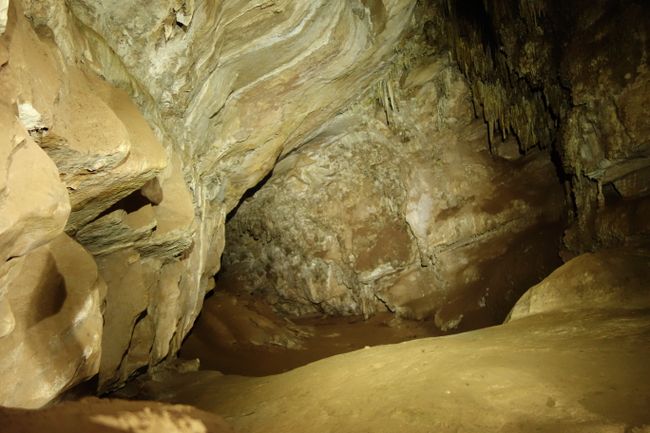
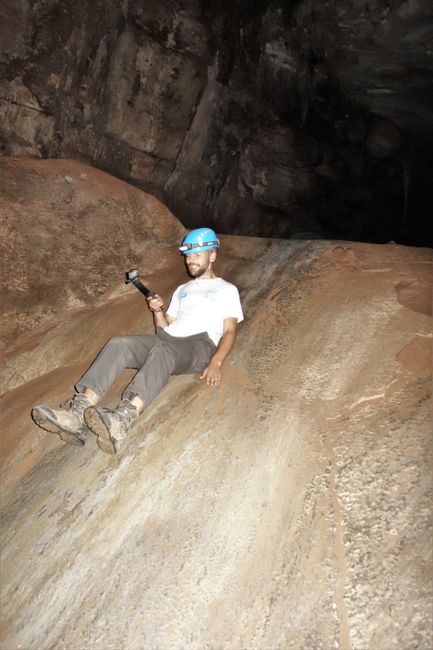
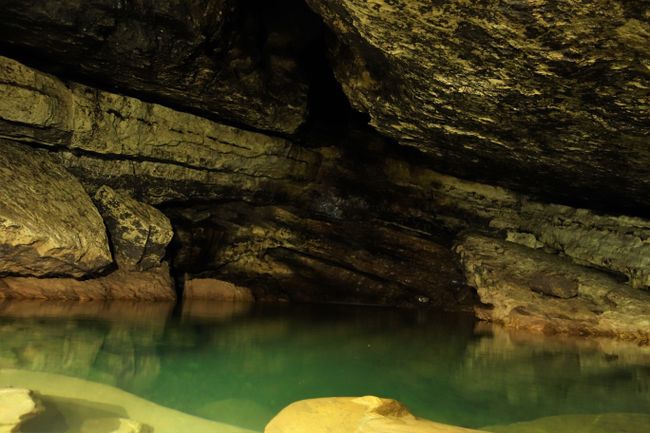
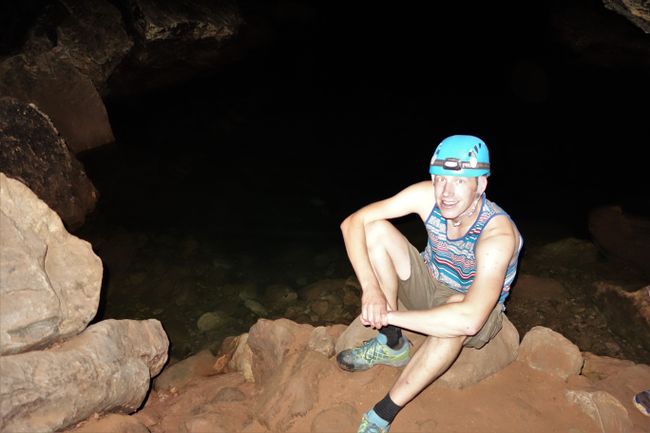
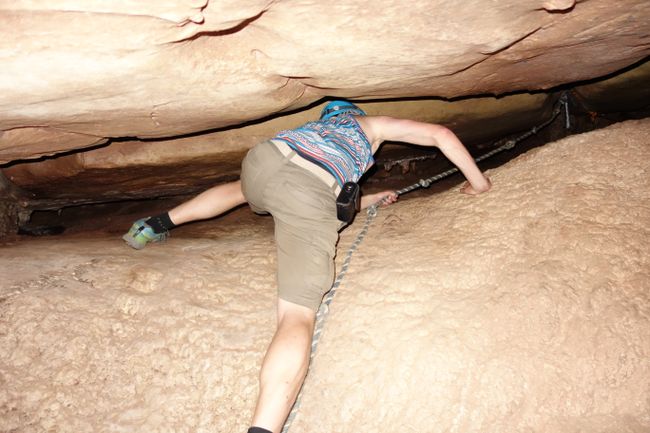
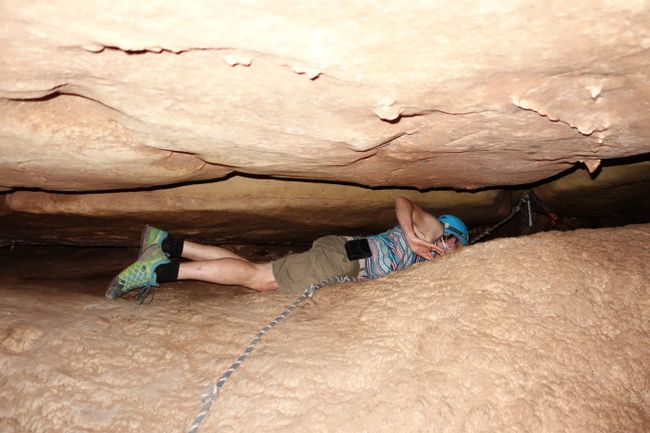
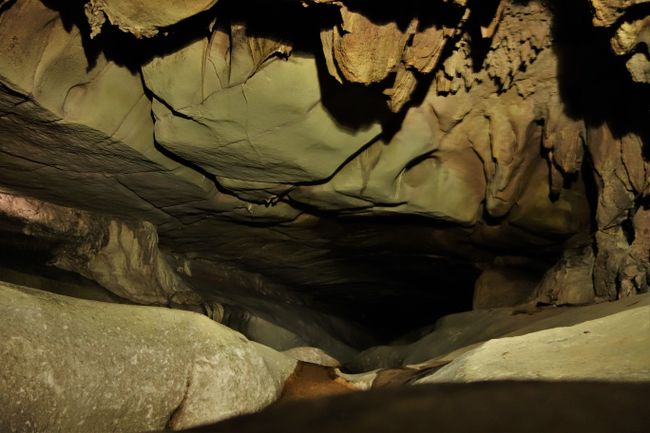
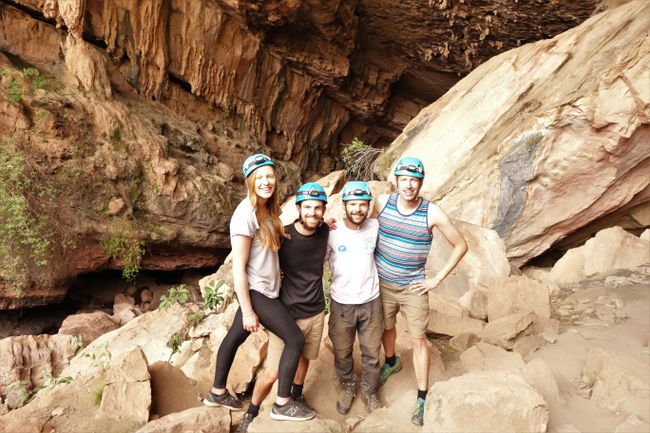
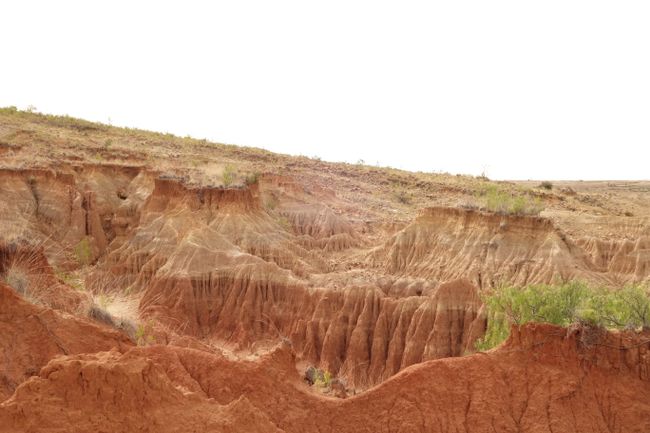
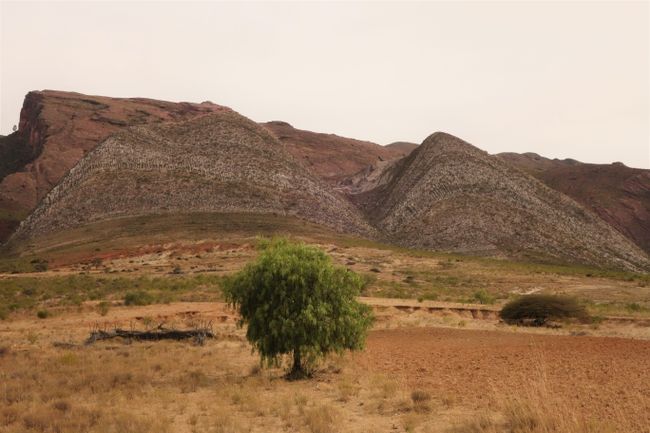
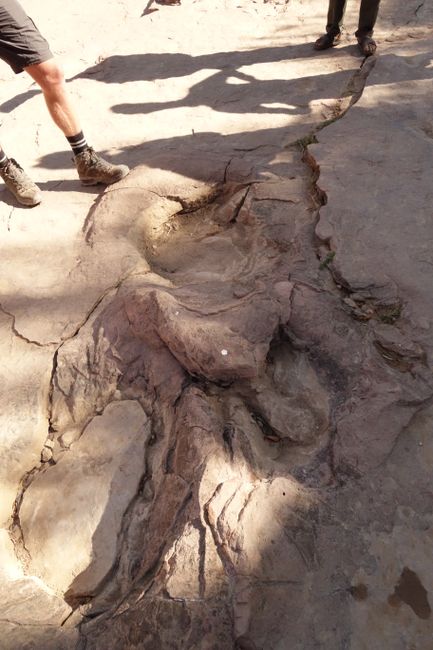
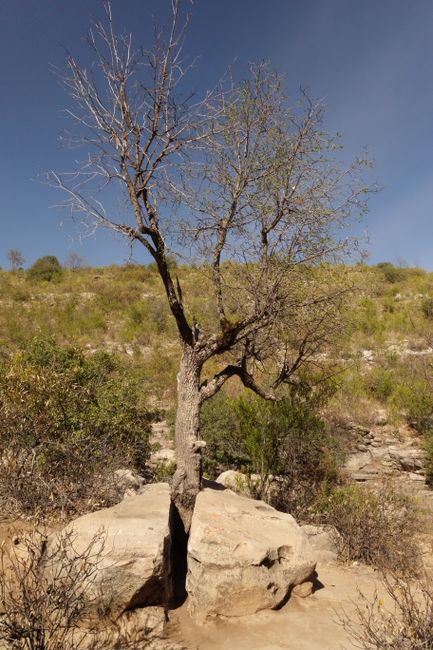
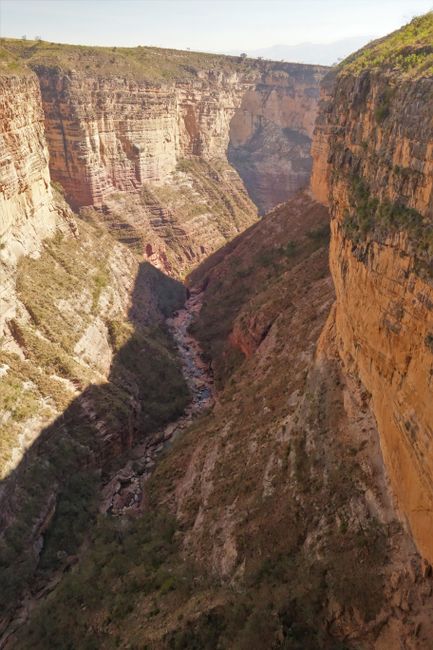
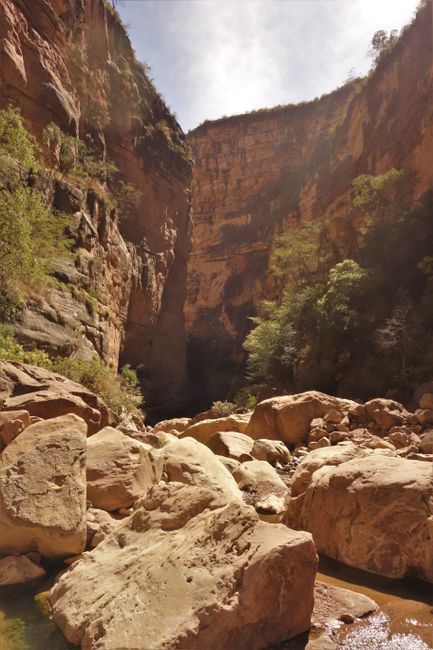
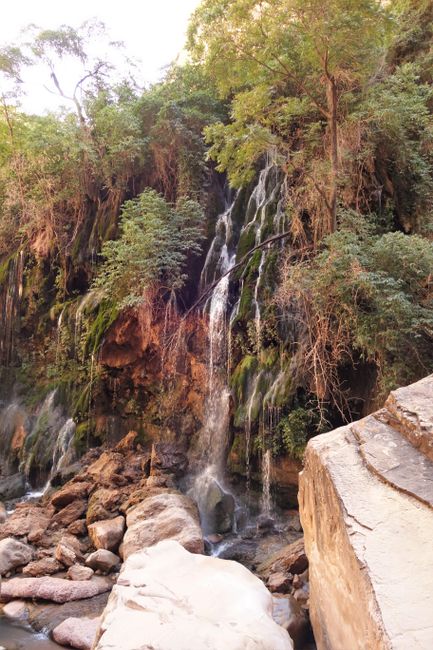
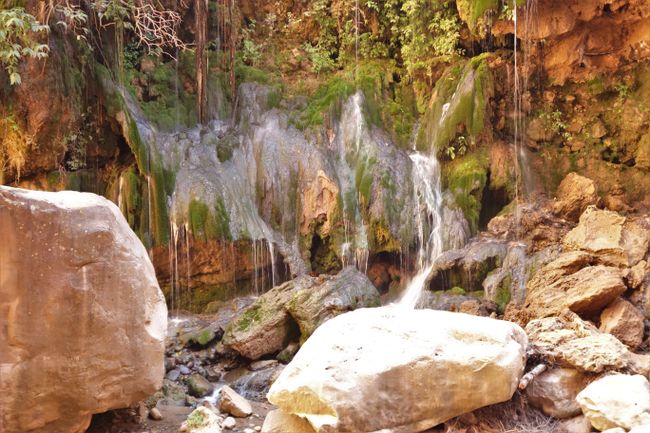
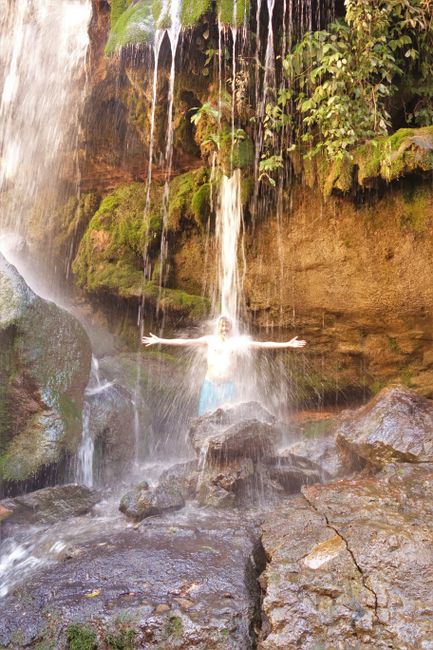
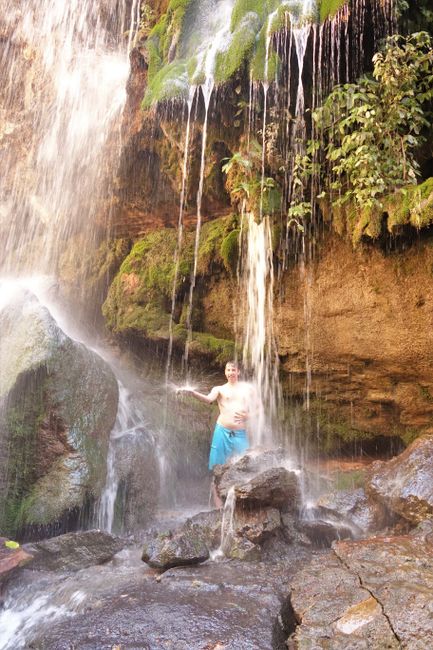
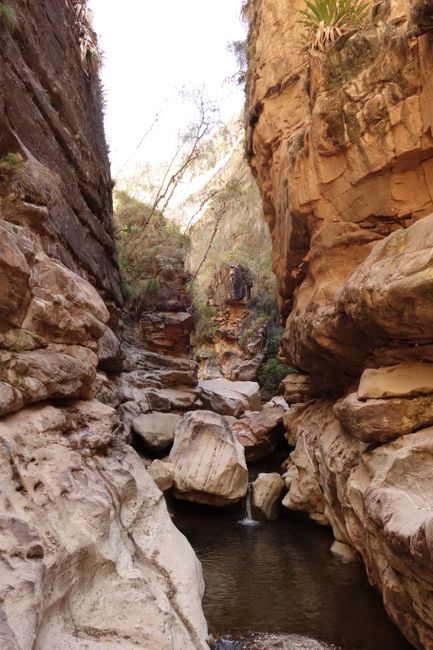
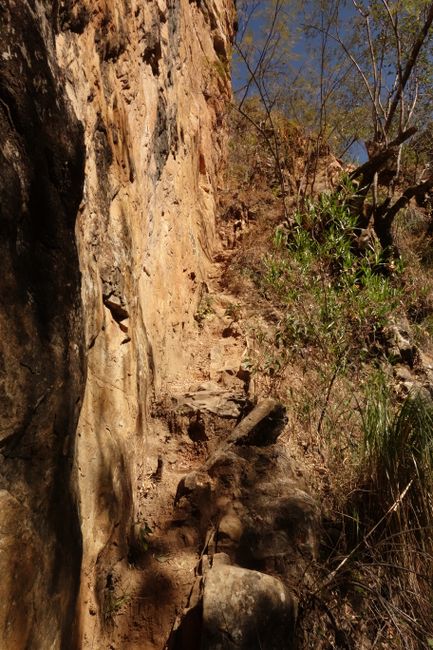
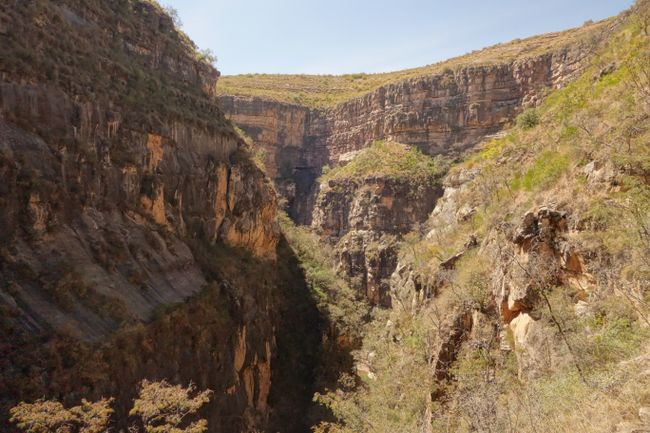
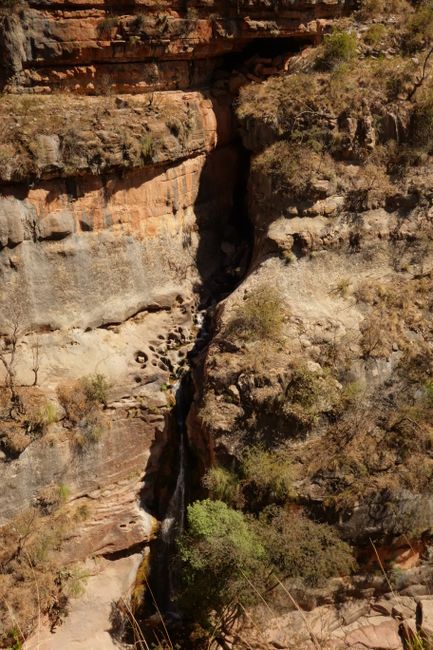
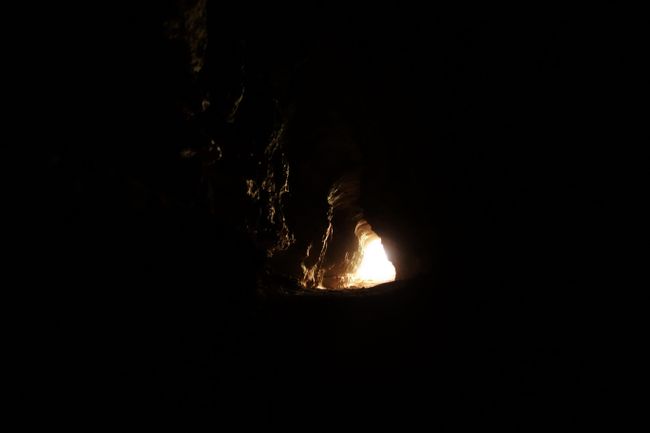
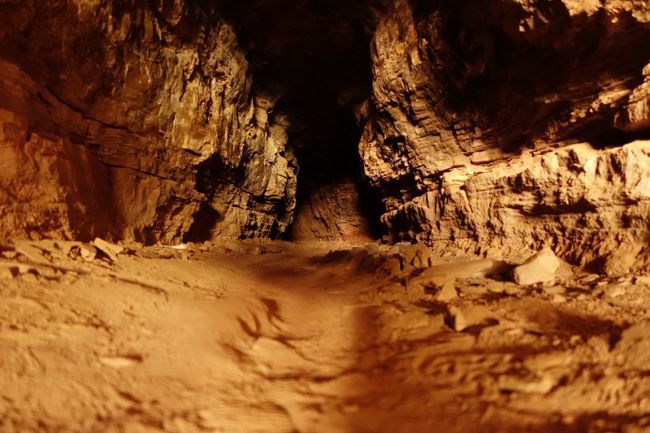
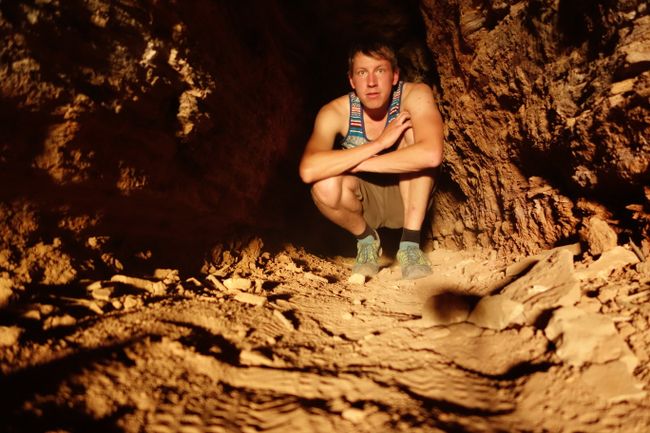
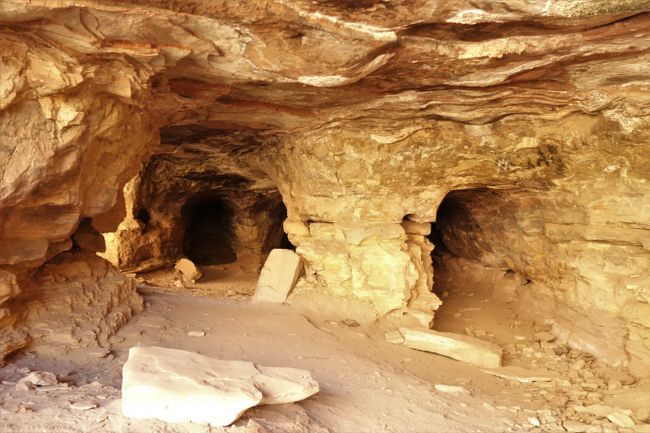
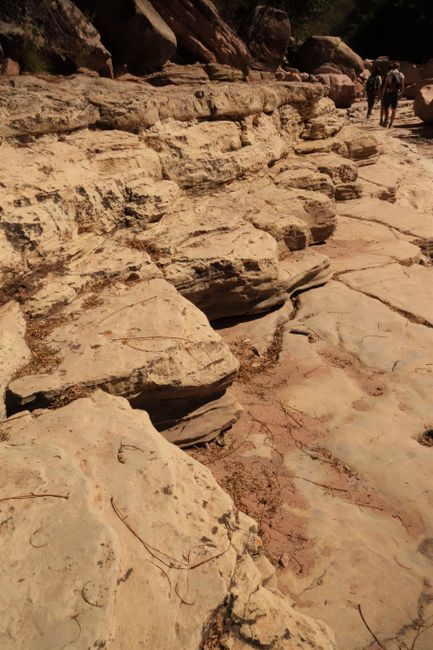
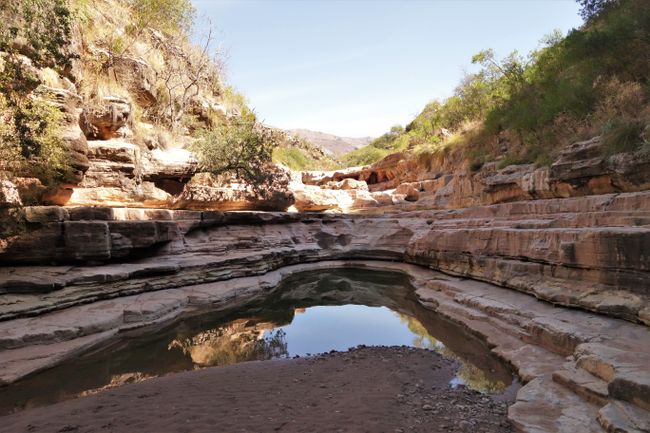
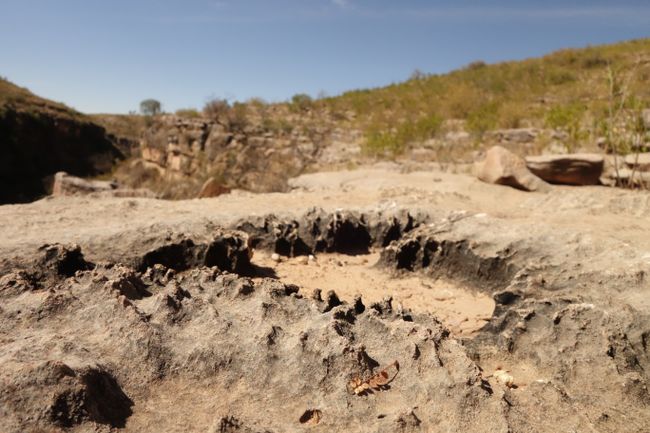
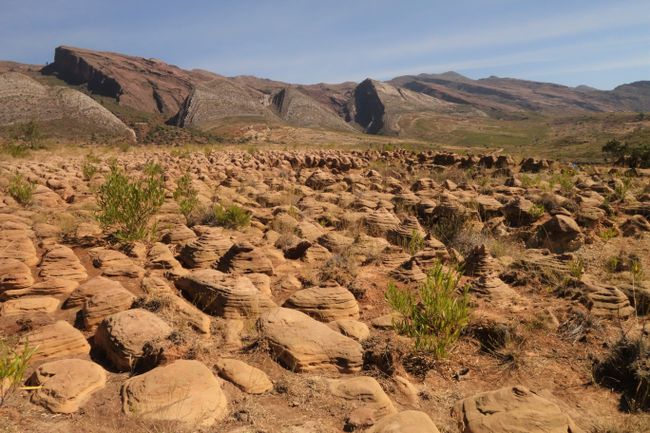
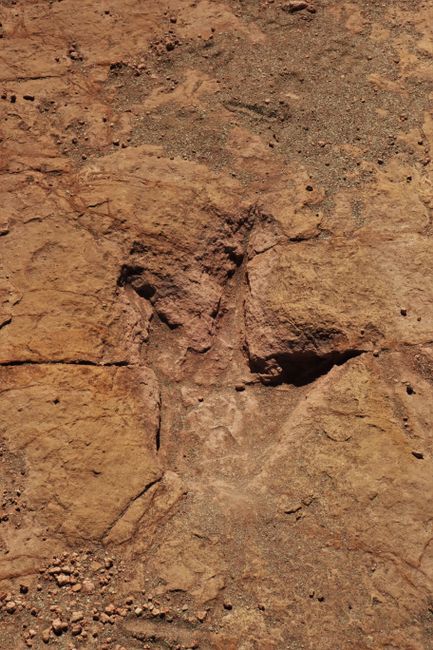
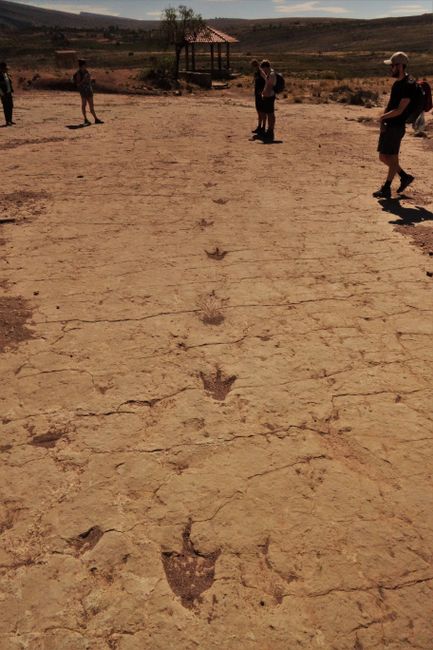

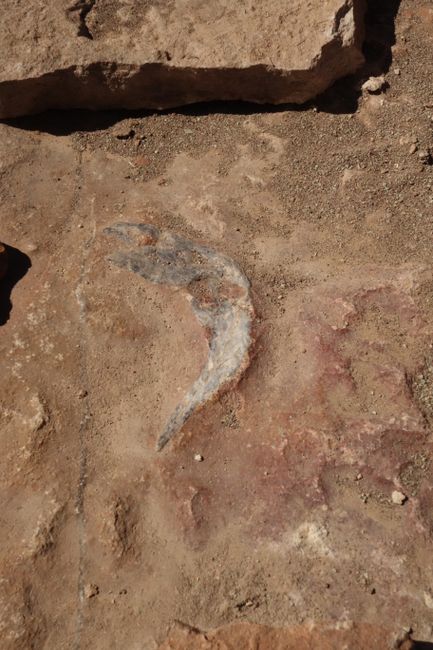
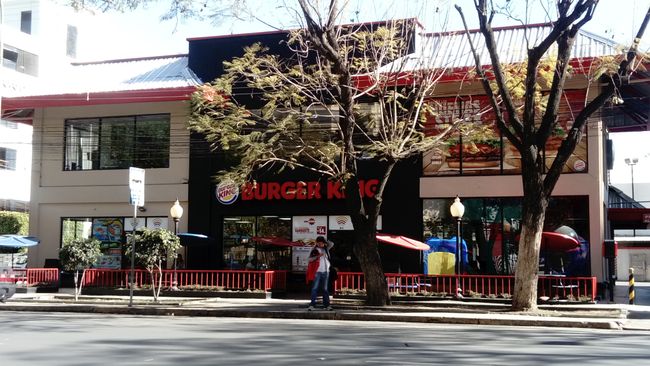
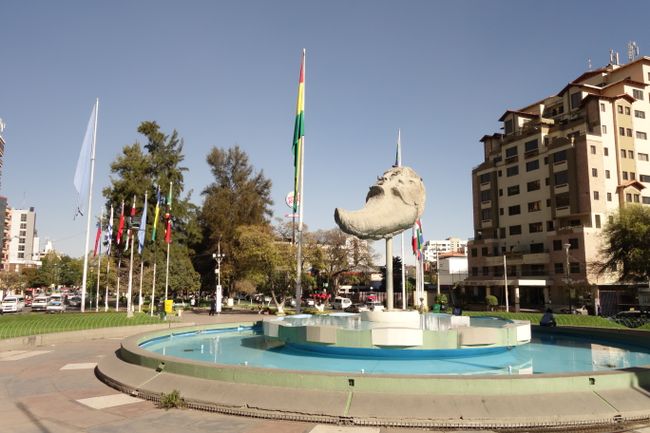
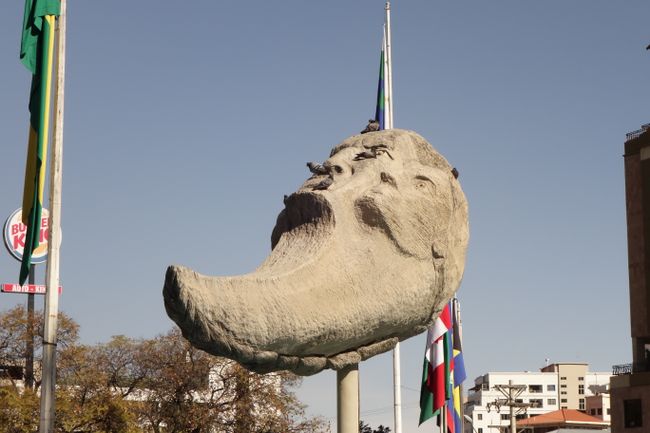
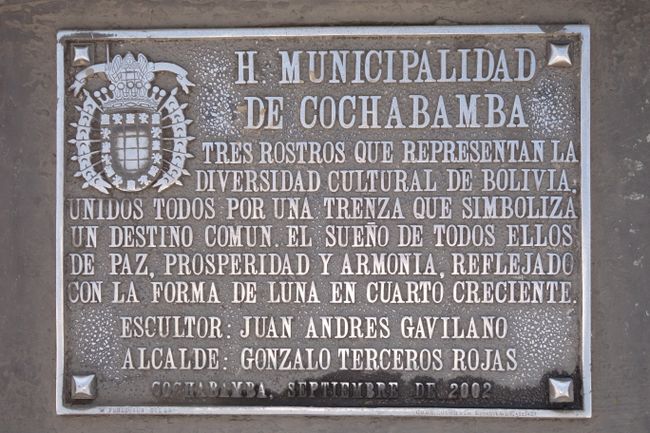
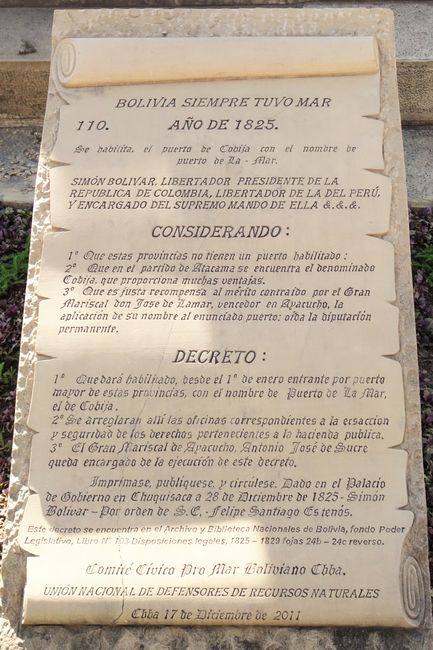
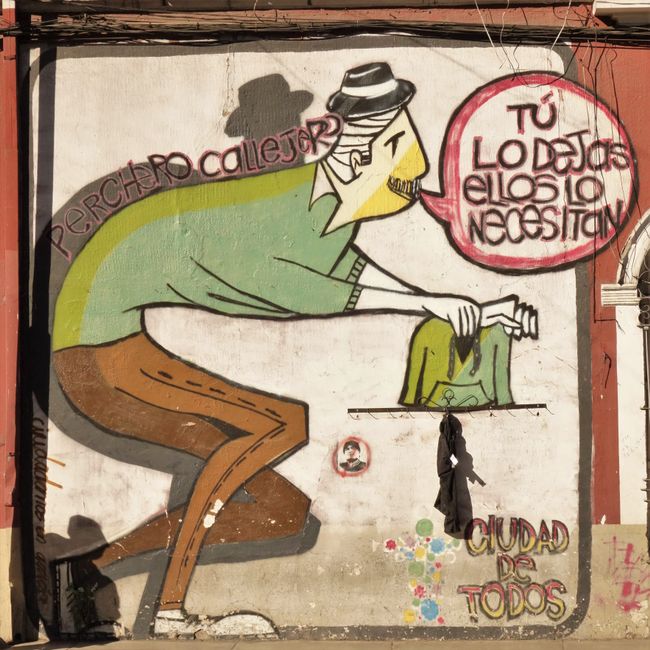
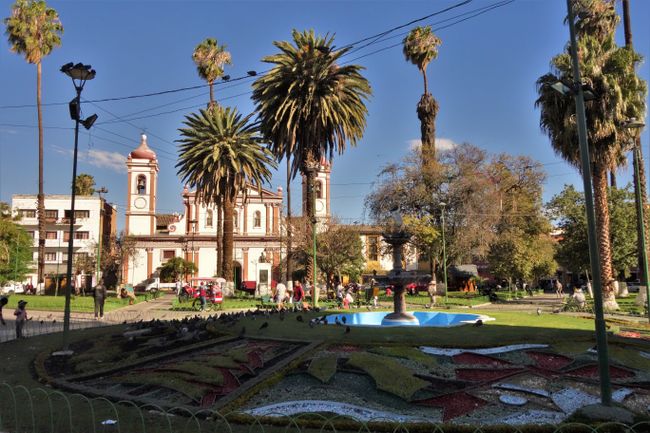
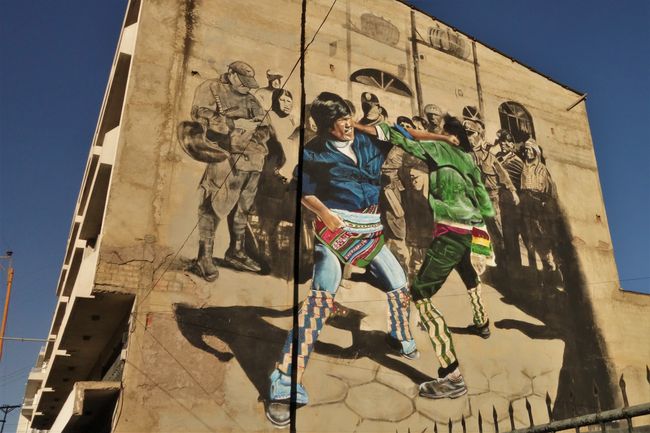
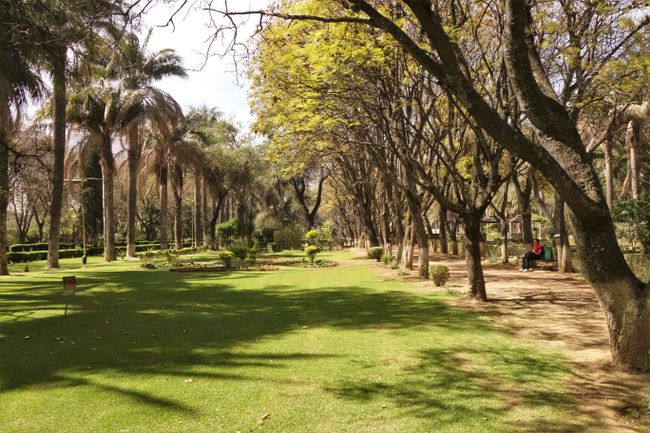
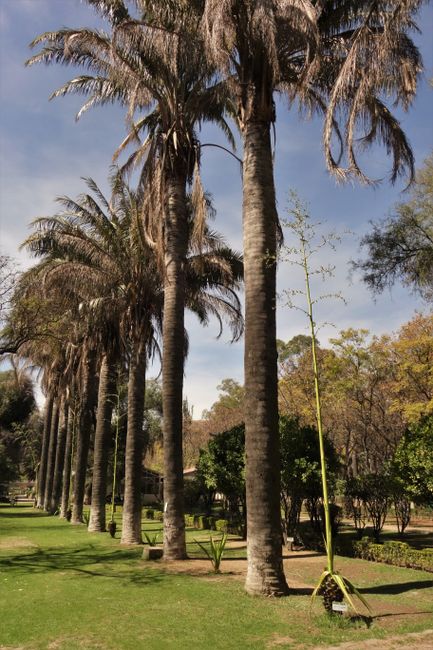
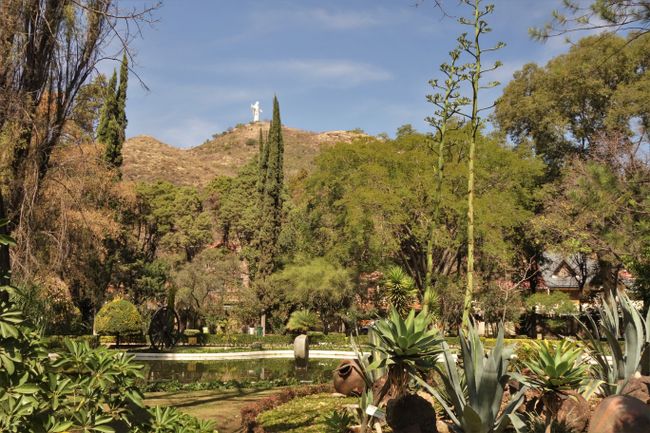
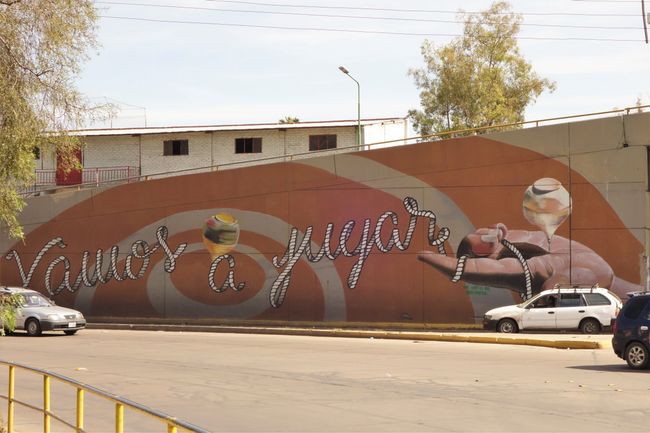
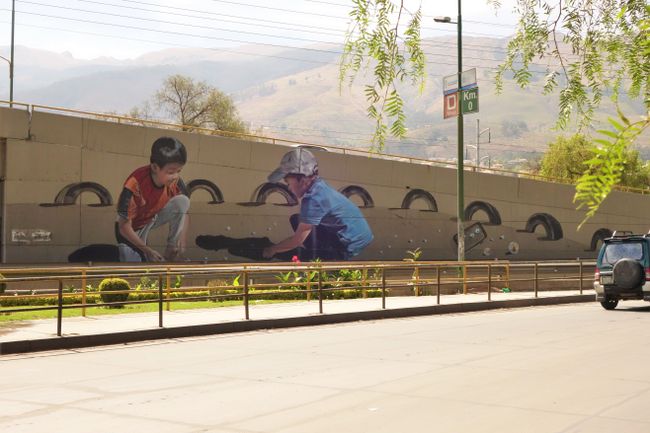
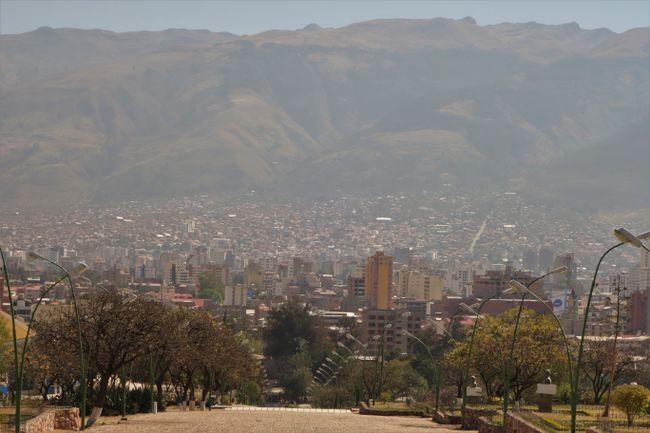
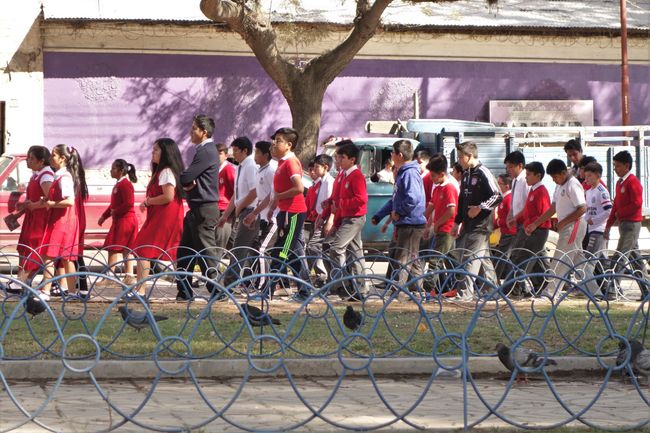
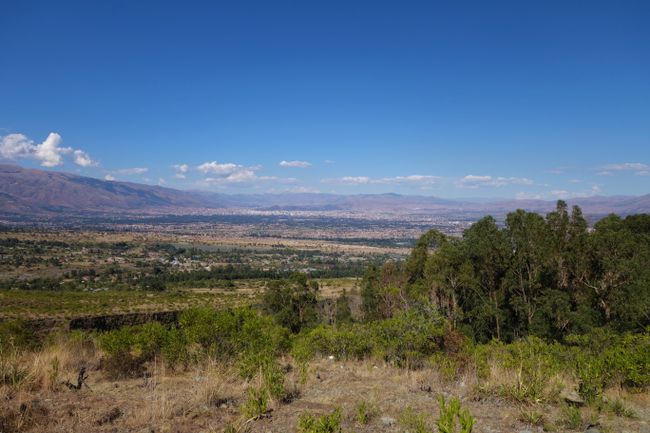

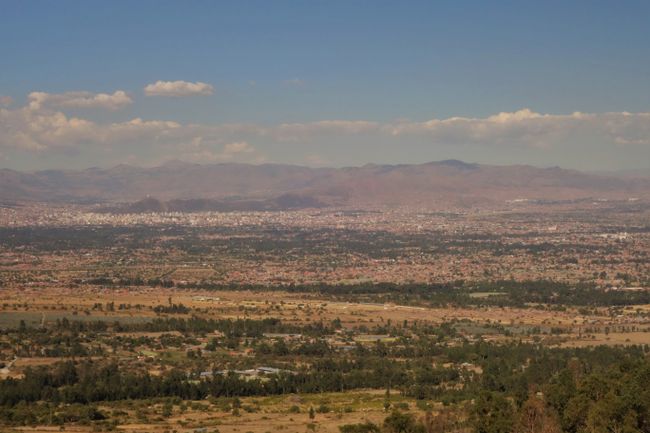
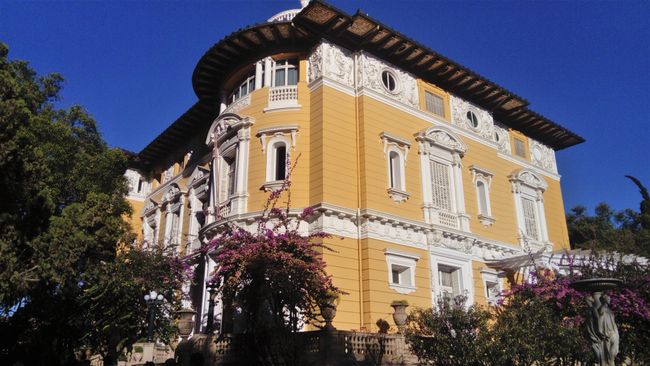
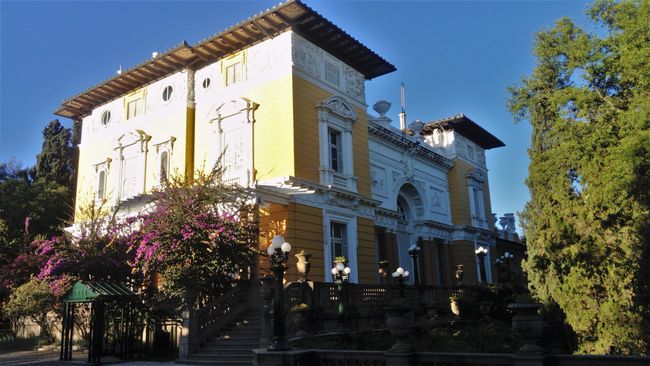
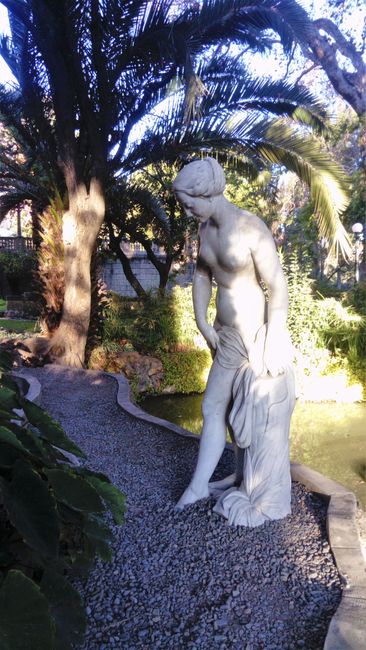
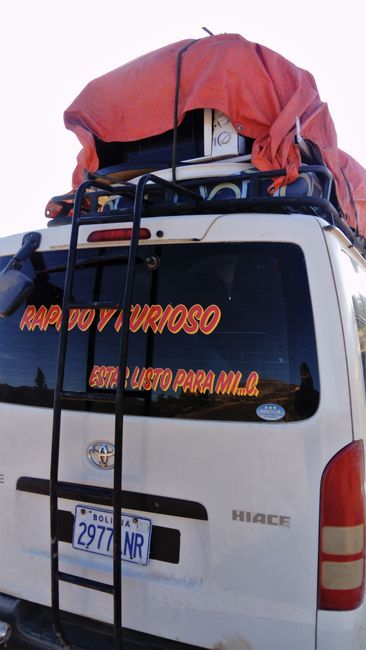
Подписаться на новостную рассылку

It was time to escape the cold again. Off to Cochabamba. According to the Bolivians, the place with the perfect climate. That's why Cocha has been growing for years and many Bolivians are drawn here. In the core about 600,000 inhabitants and with the surrounding area probably already 2 million. But you don't notice that so much. The center is full of beautiful places to linger. Many palm trees, lots of sun, greenery and water. And all of it well maintained. I didn't know Bolivia was like this. As if there was a little money here. Pleasantly hot during the day and not too cool at night. Not bad for winter. There wasn't much else to see here. A couple of churches and museums, and the rest of the time I took care of my blog and recovered from the past exertions. On the weekend, I also explored the nightlife. And that was it.
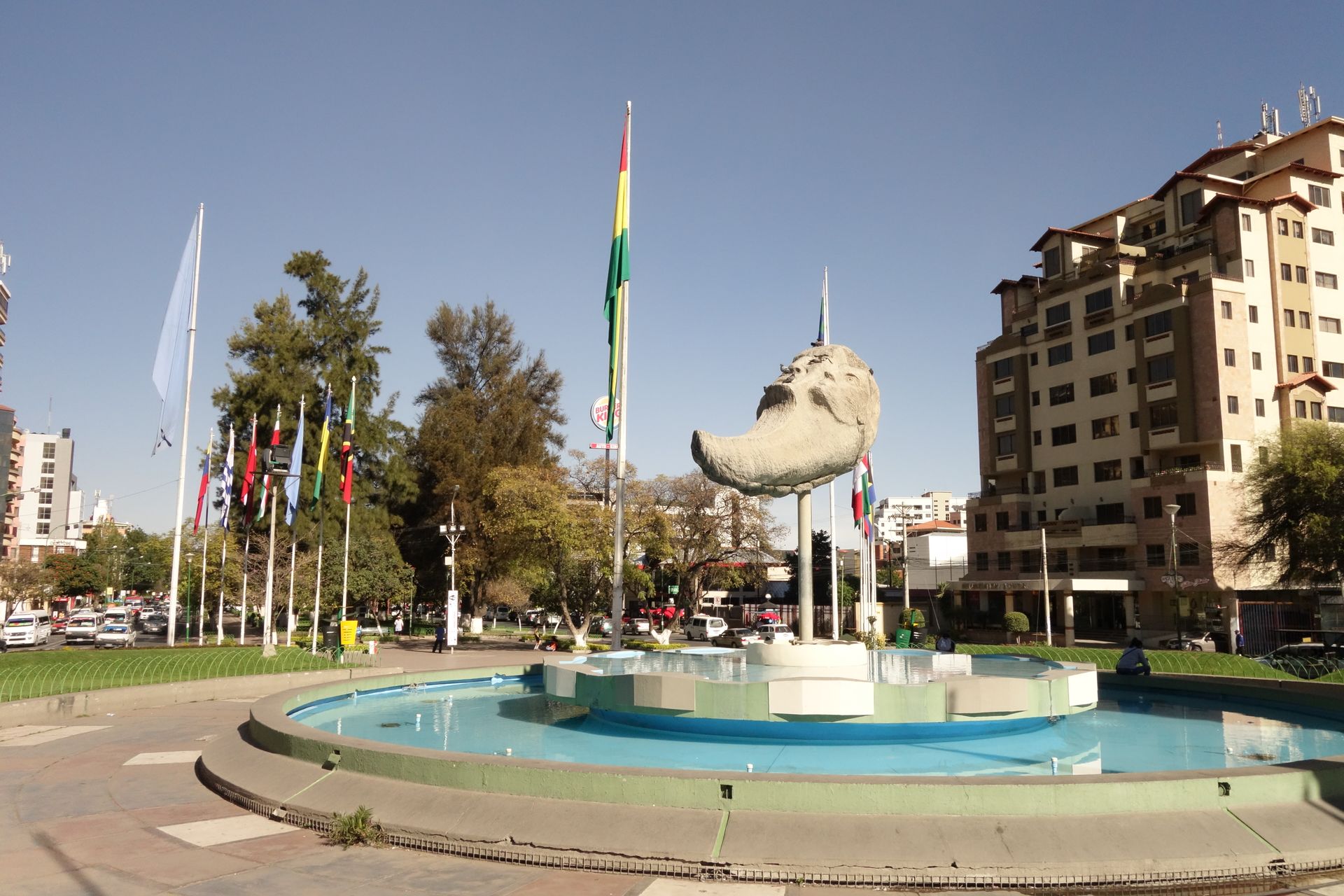
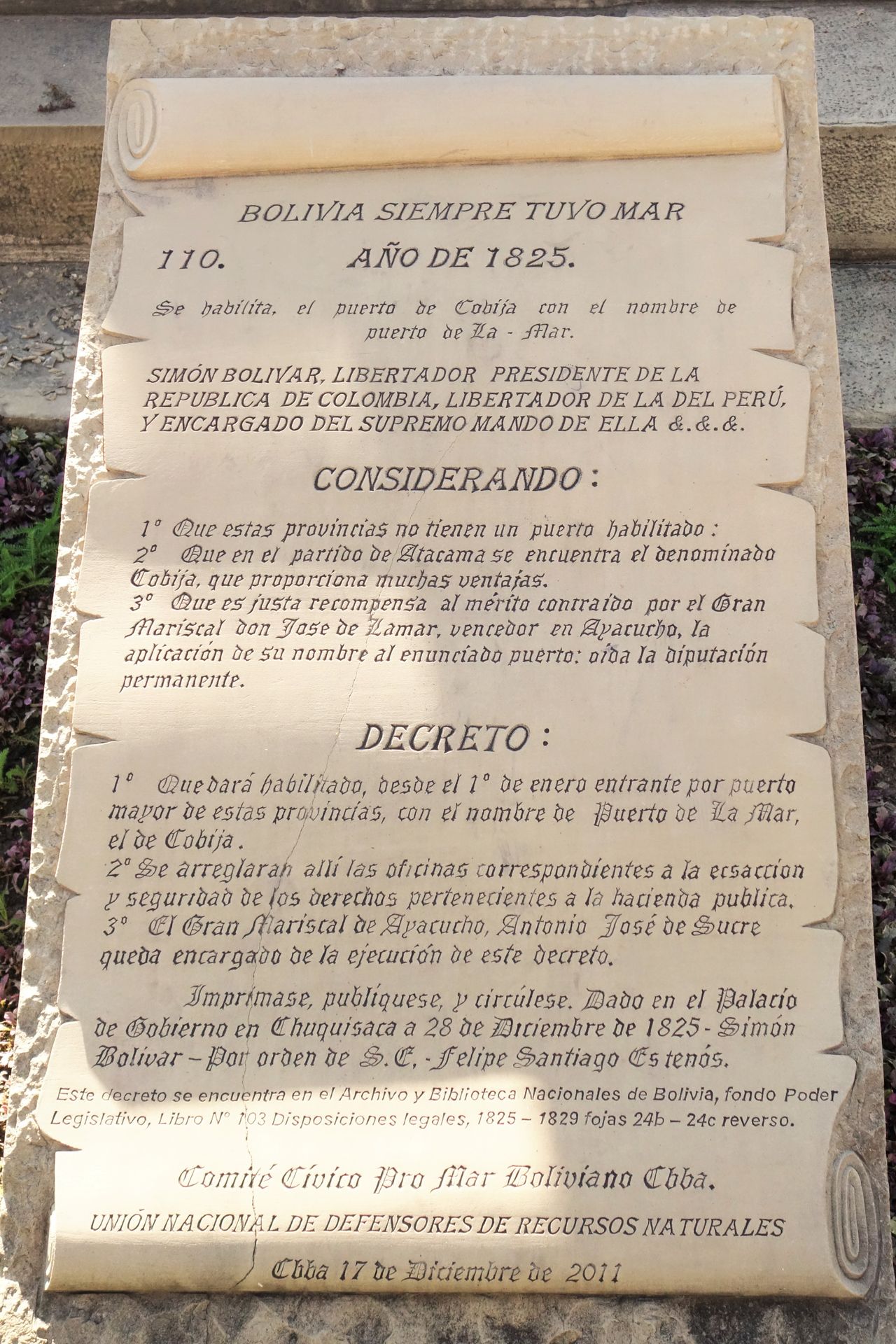
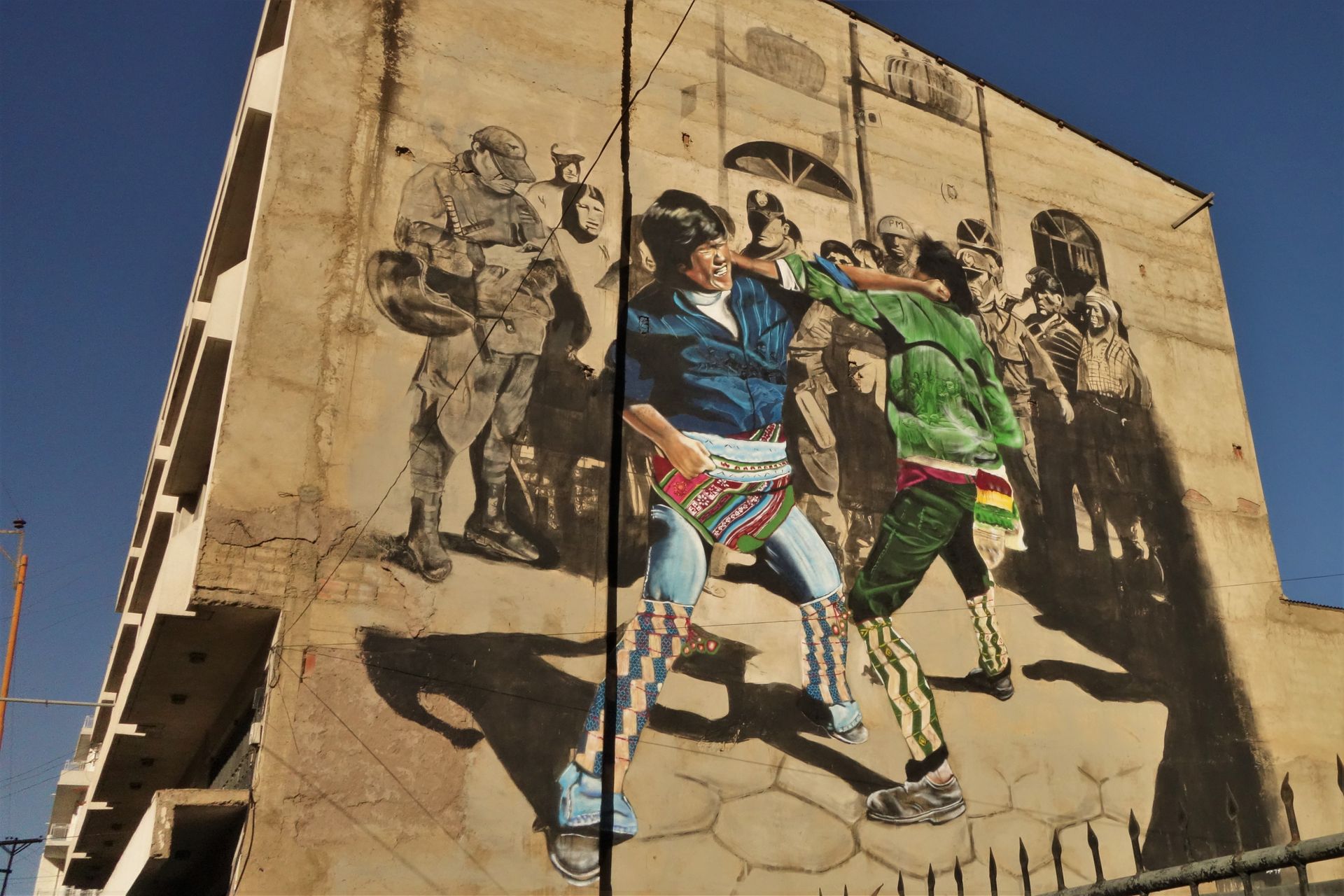
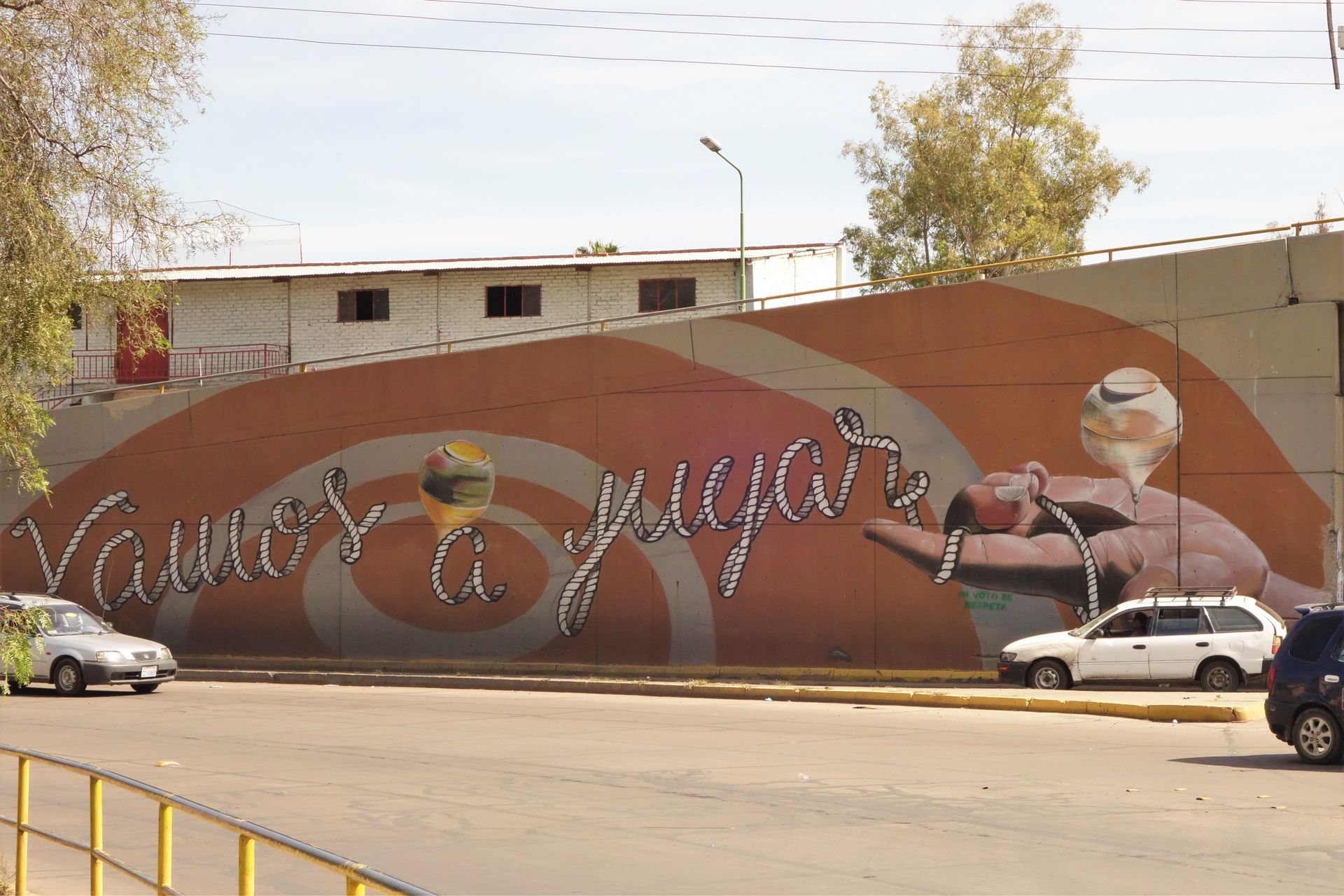
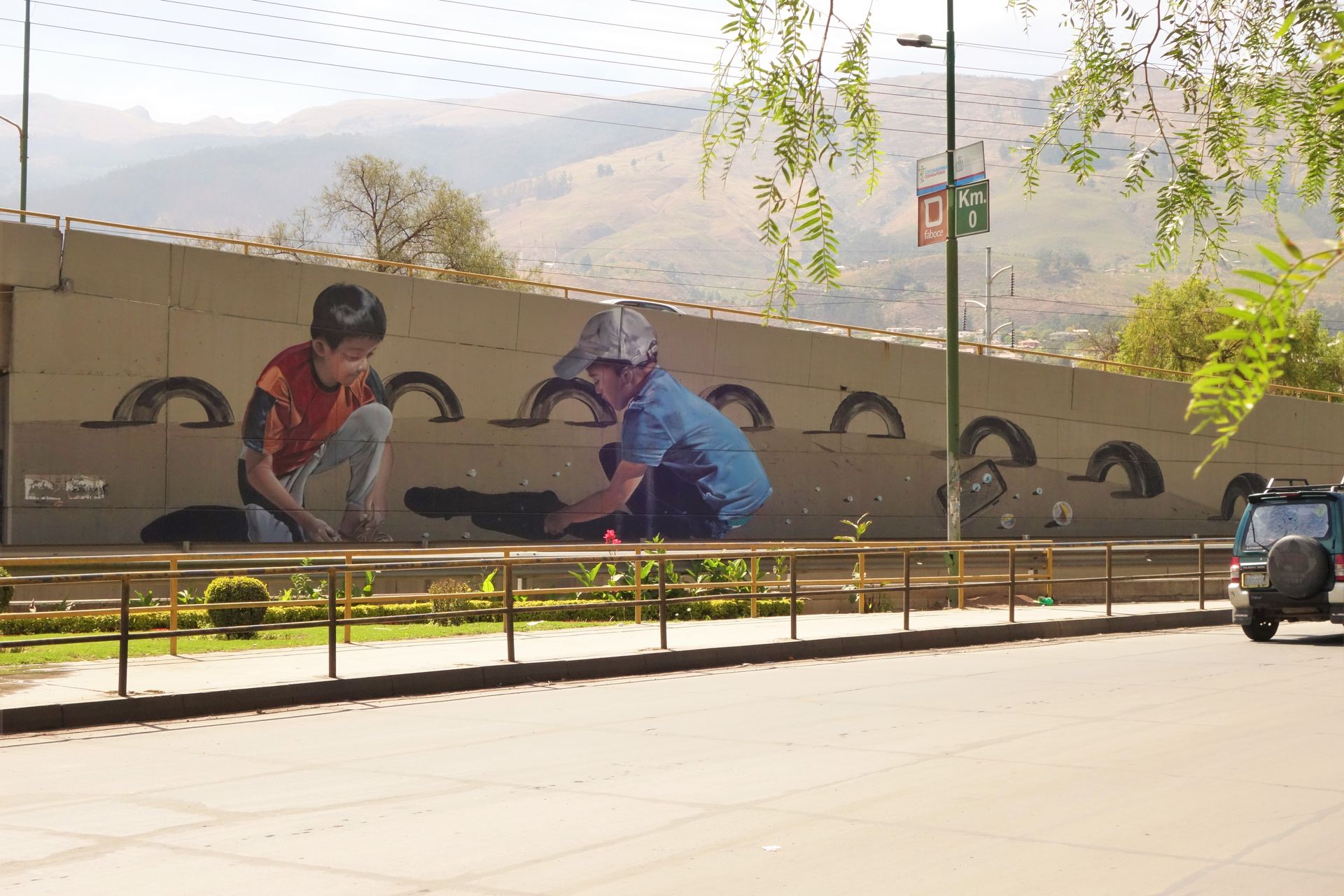
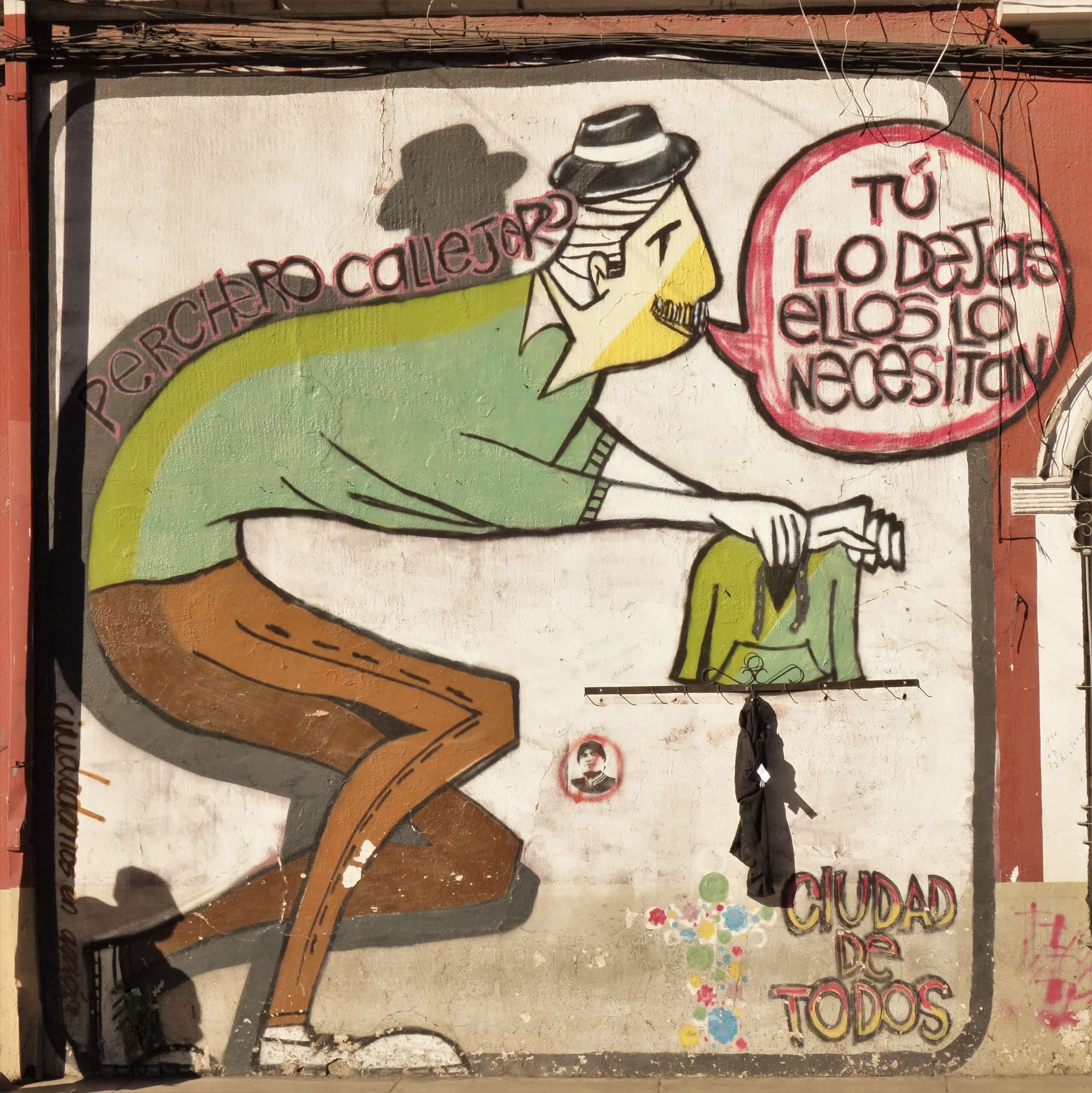
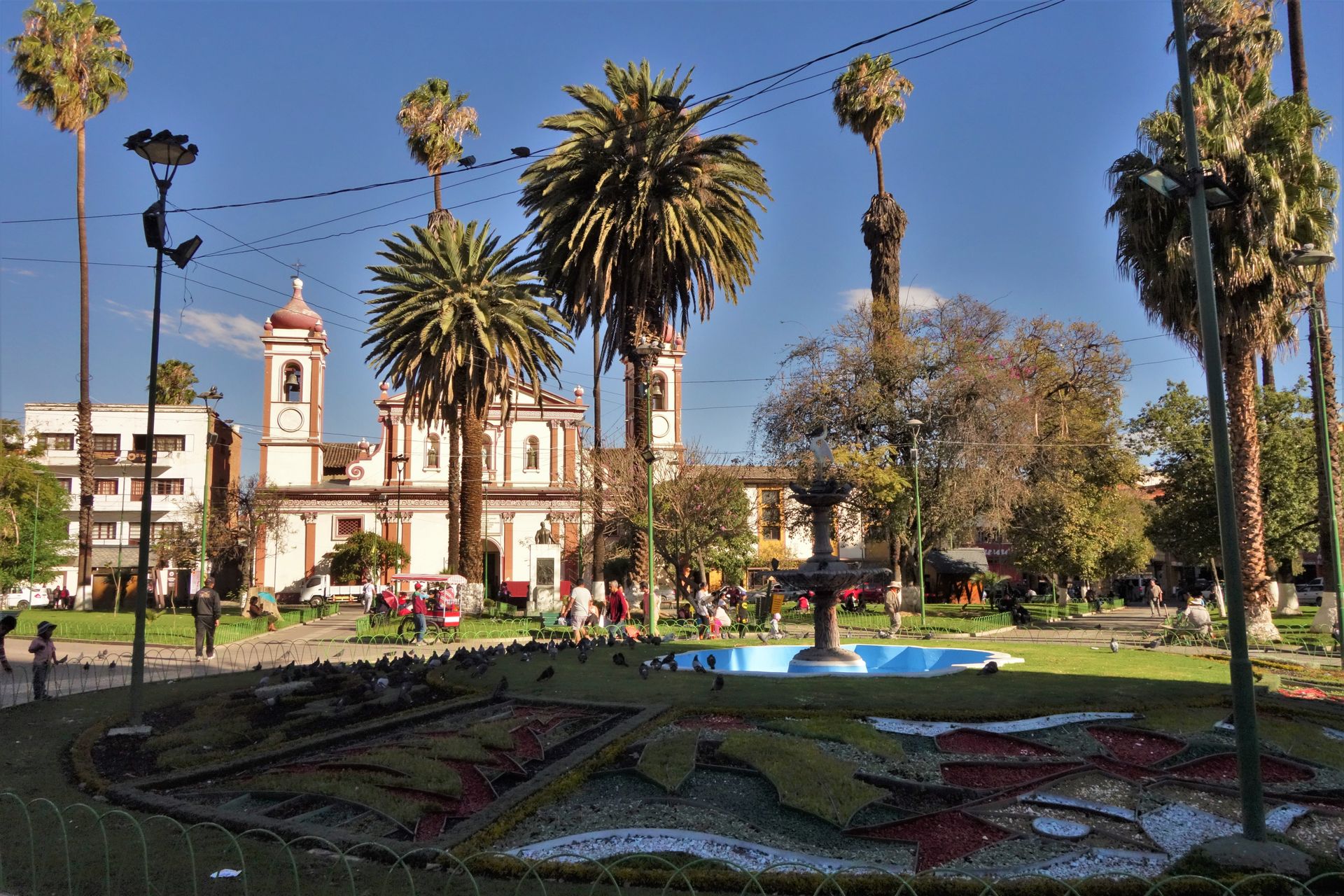
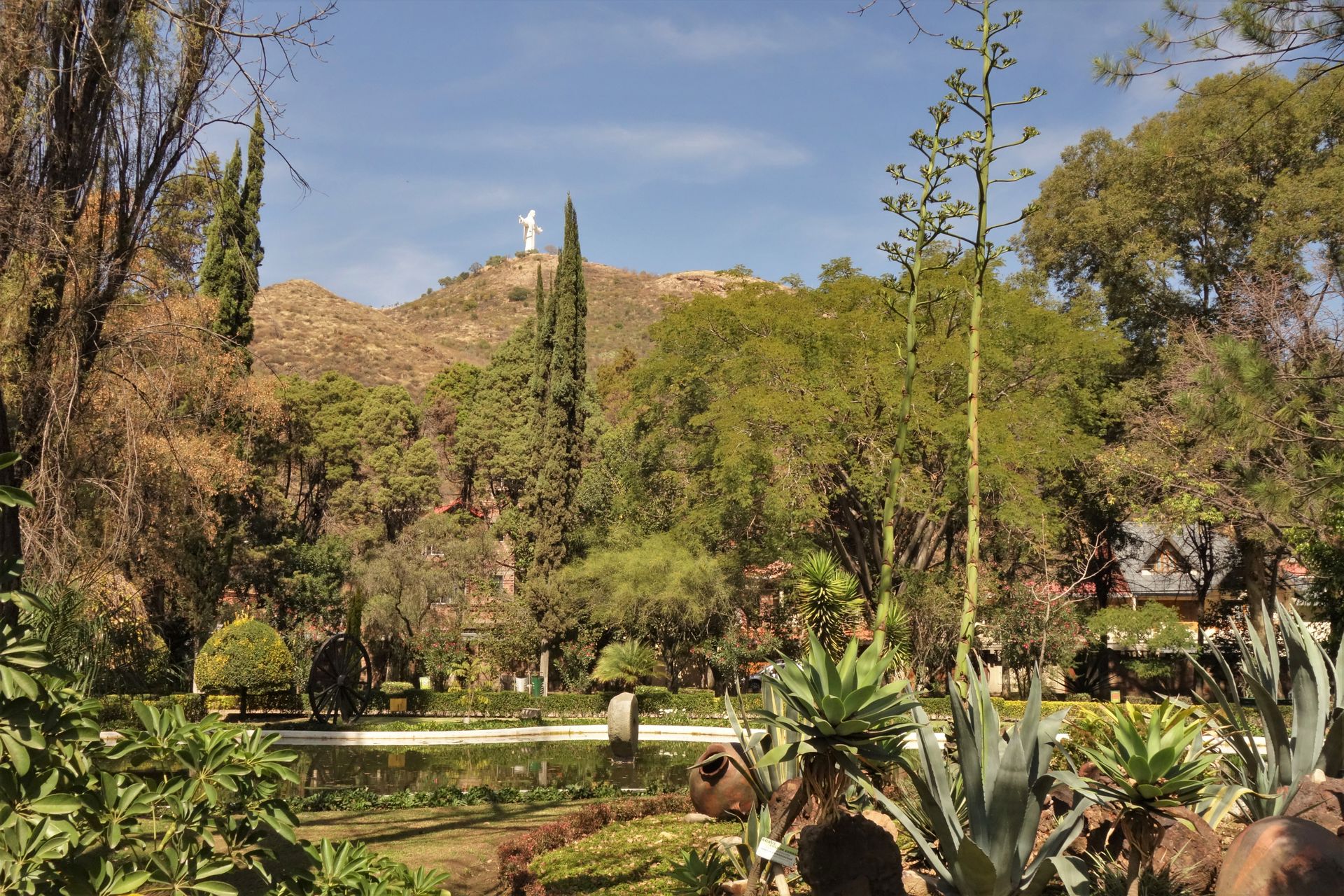


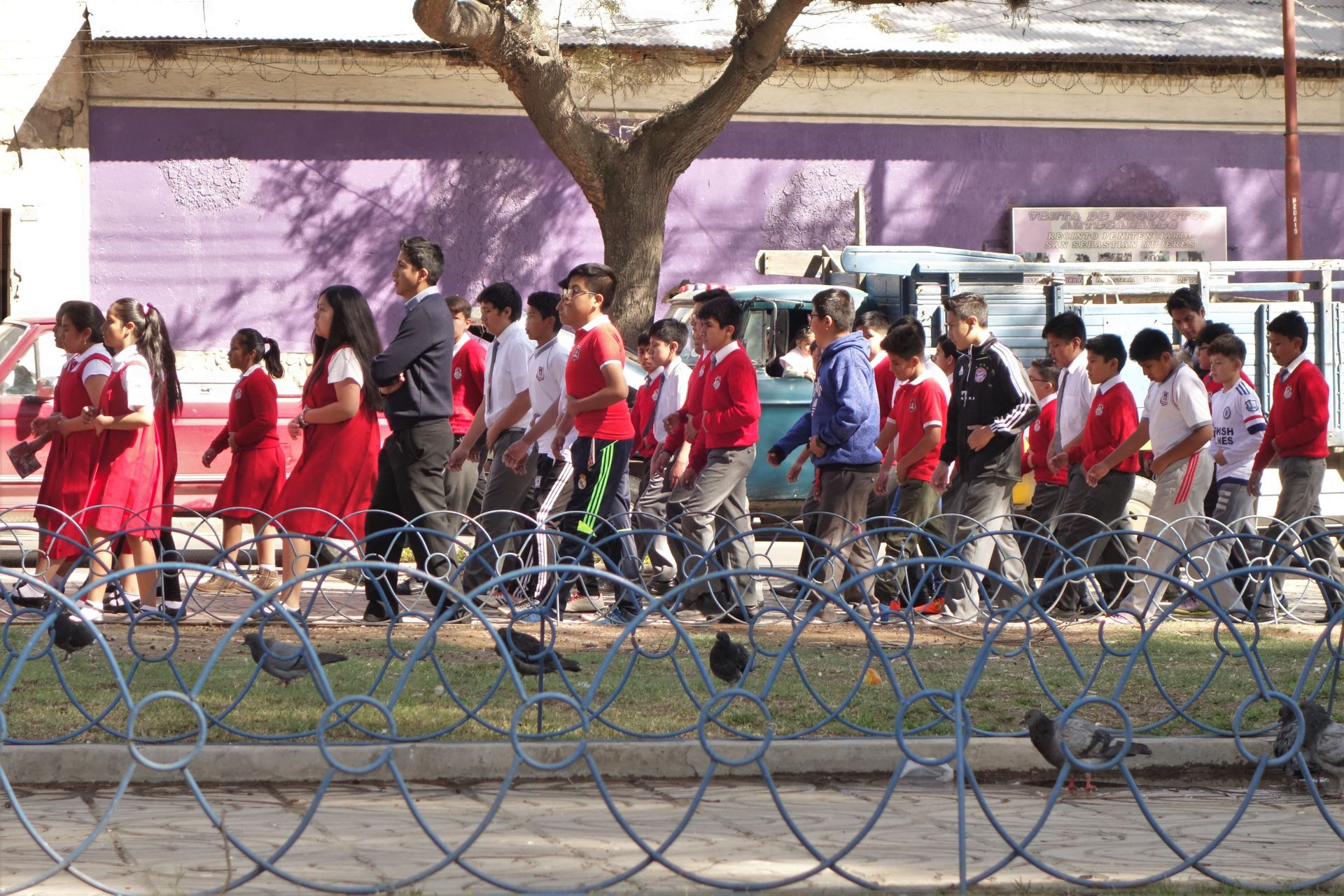
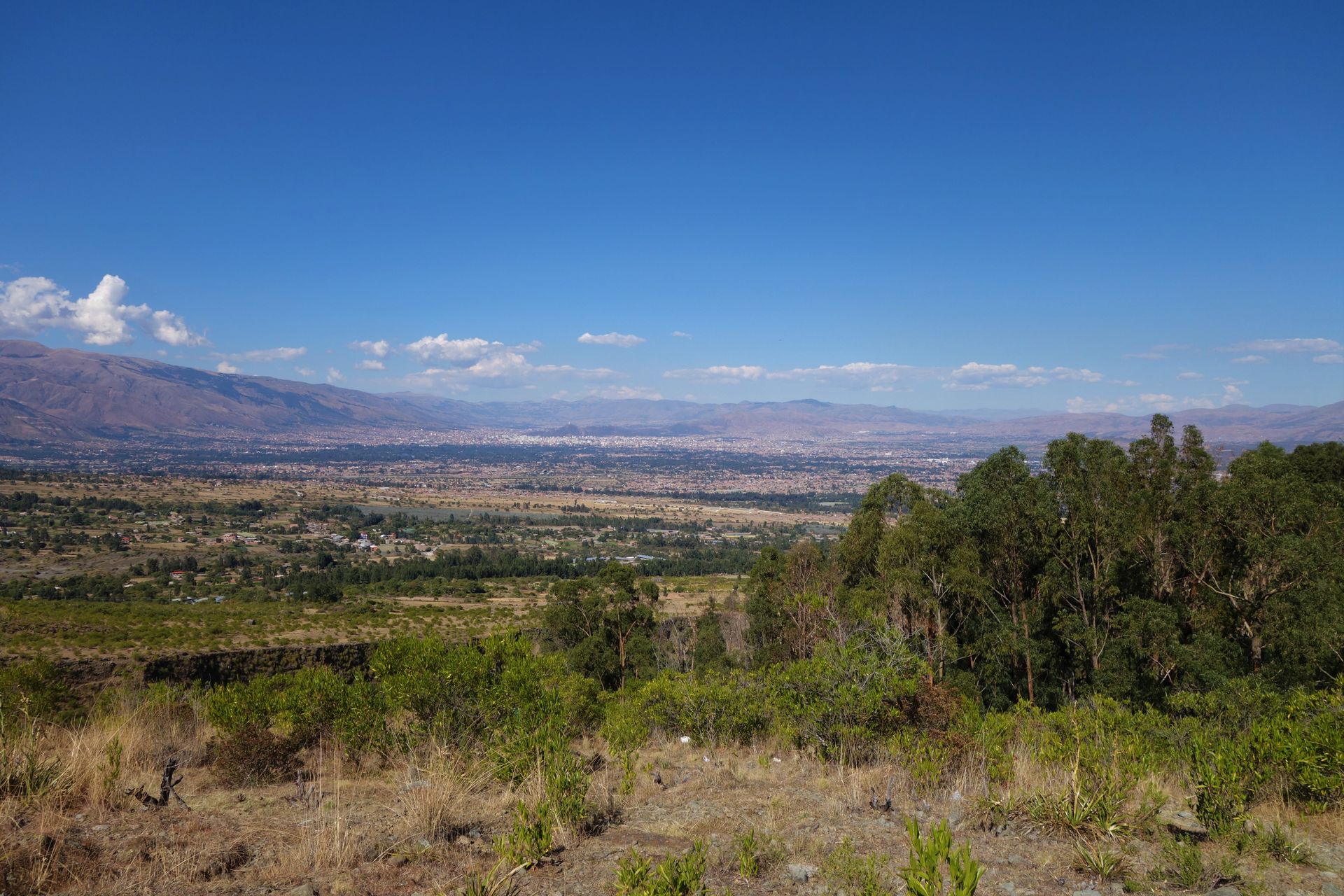
Cochabamba is also the starting point for tours to Torotoro, to visit the National Park and the traces of the dinosaurs. Sunday morning for four hours in the minibus to cover the dusty, winding road. Torotoro is a tiny place - only about 10 times the size of Görike. And lives solely on tourism. Already at the entrance to the town there are large dinosaur figures and most hostels also have dino heads. They really put a lot of effort into marketing here. Which otherwise never happens here.
The next two days were spent on a dinosaur sightseeing tour. However, it wasn't as green as in Jurassic Park. Everything was rather dry, hot, rocky, and barren - but still beautiful.

To start with, we went a bit out of town and a bit higher. A few caves and a wide view over the valley. Every now and then there were a few dinosaur footprints to see. As if they had walked through the fresh concrete a few days ago. Most tracks were also found by coincidence. Erosion is relatively strong here. So over time, some tracks disappear. But where grain was grown 30 years ago, there are now new tracks to be seen.
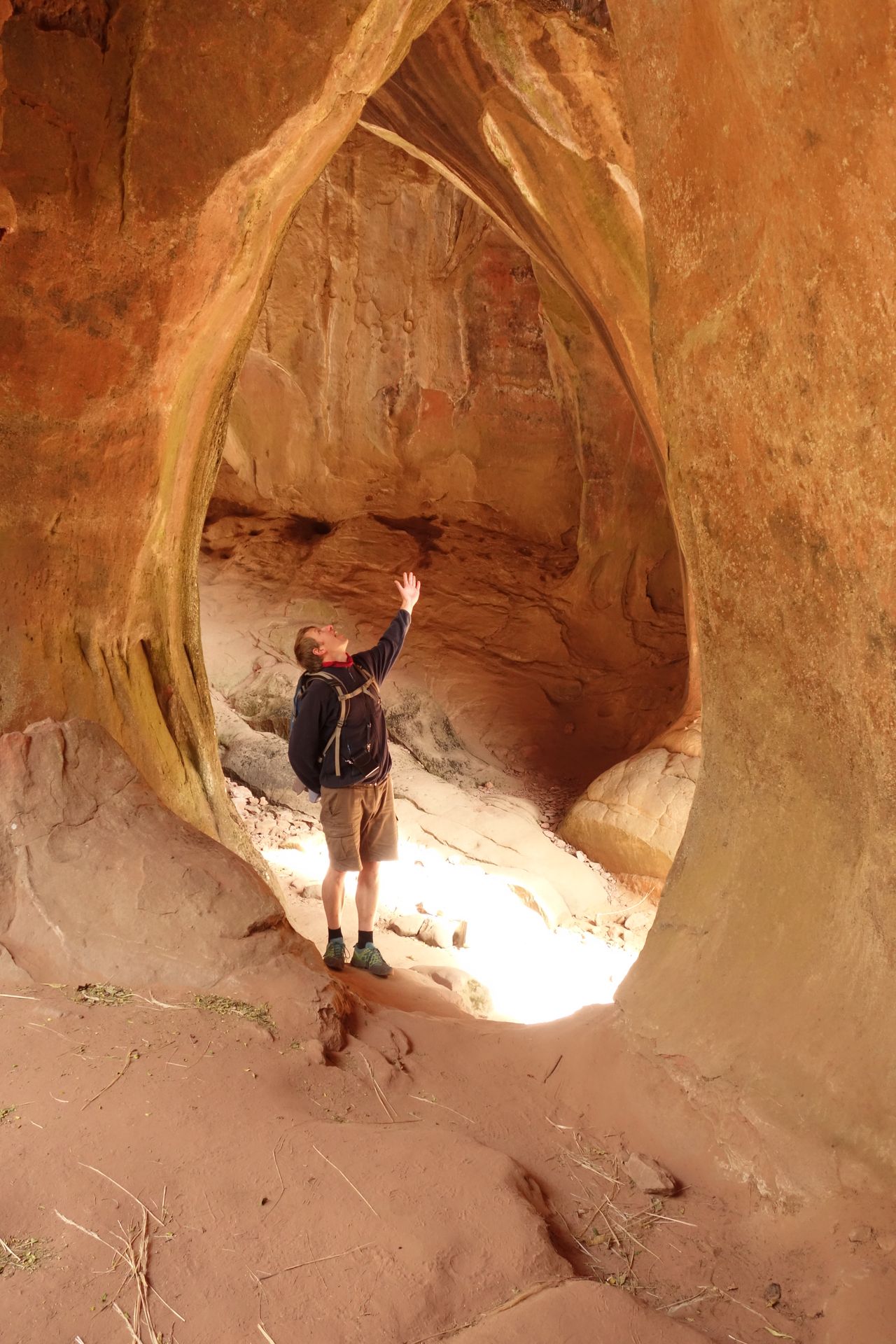
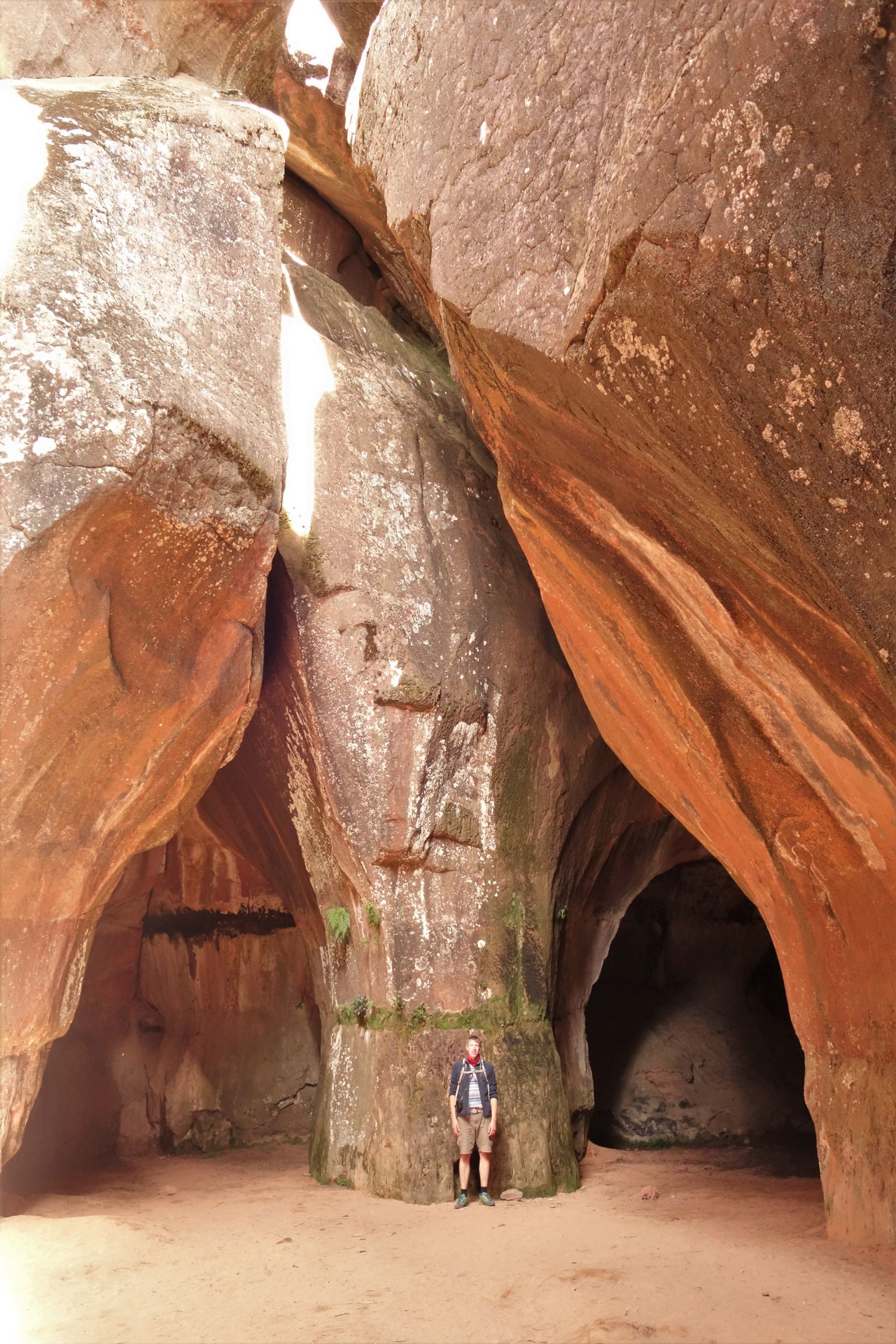
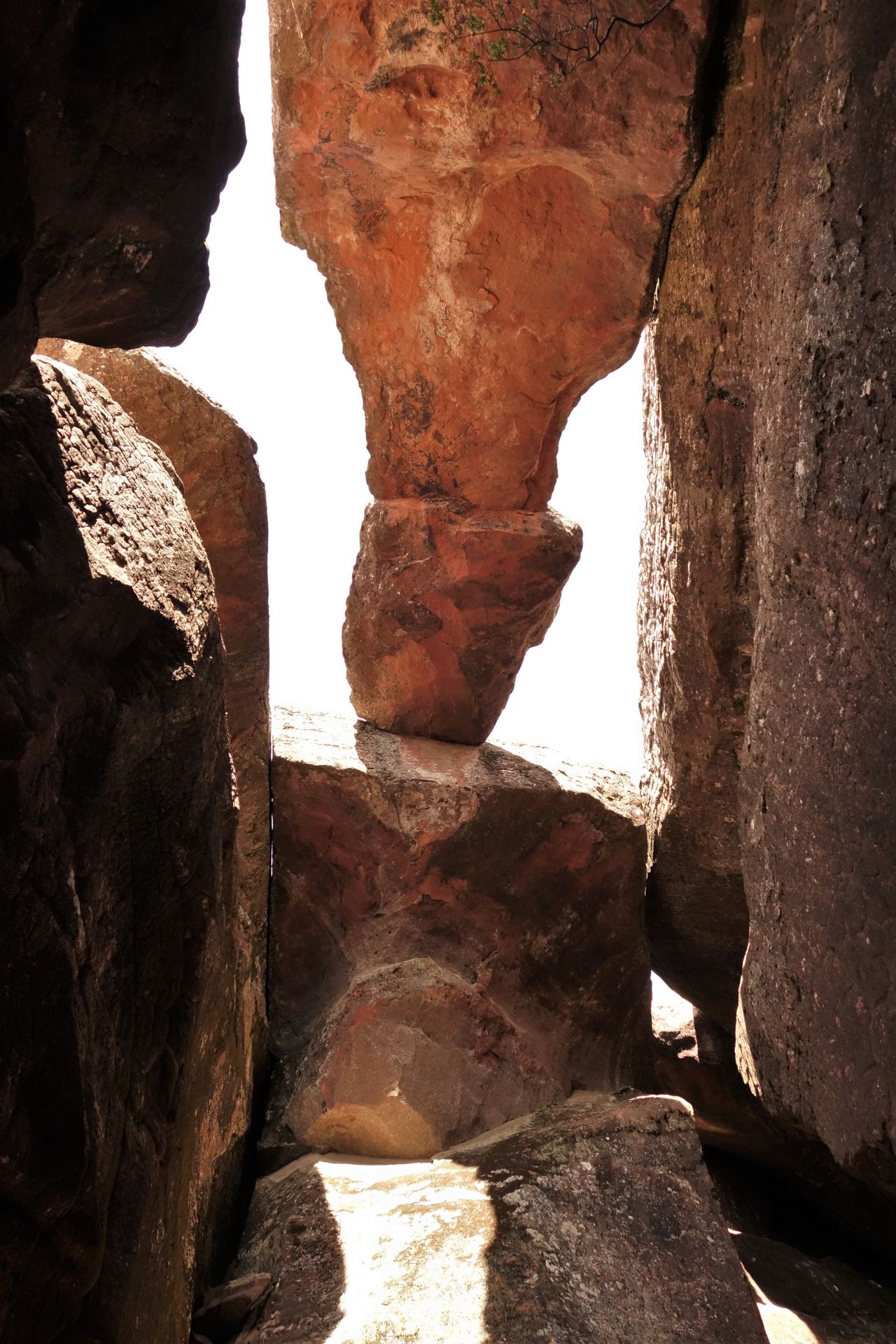
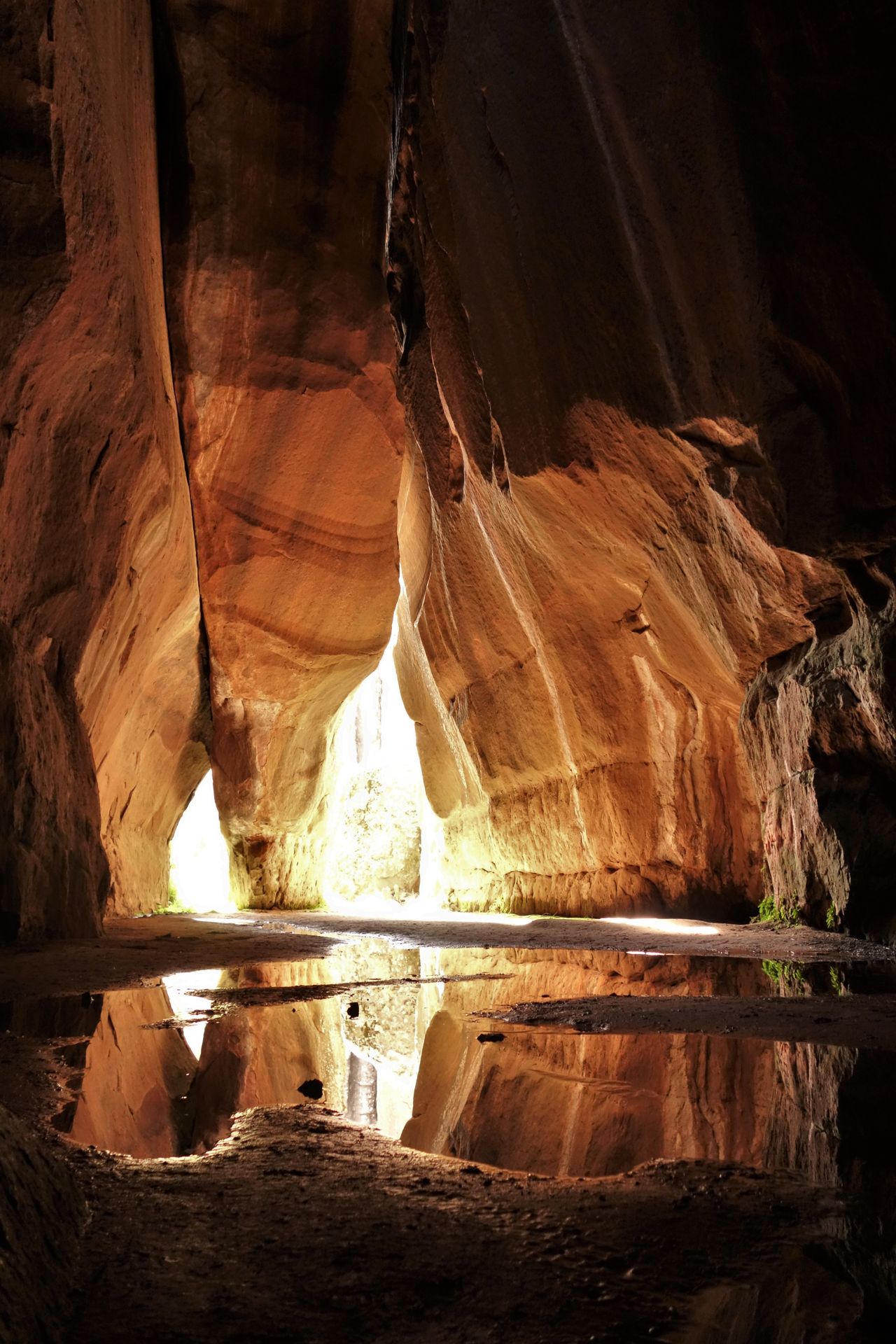
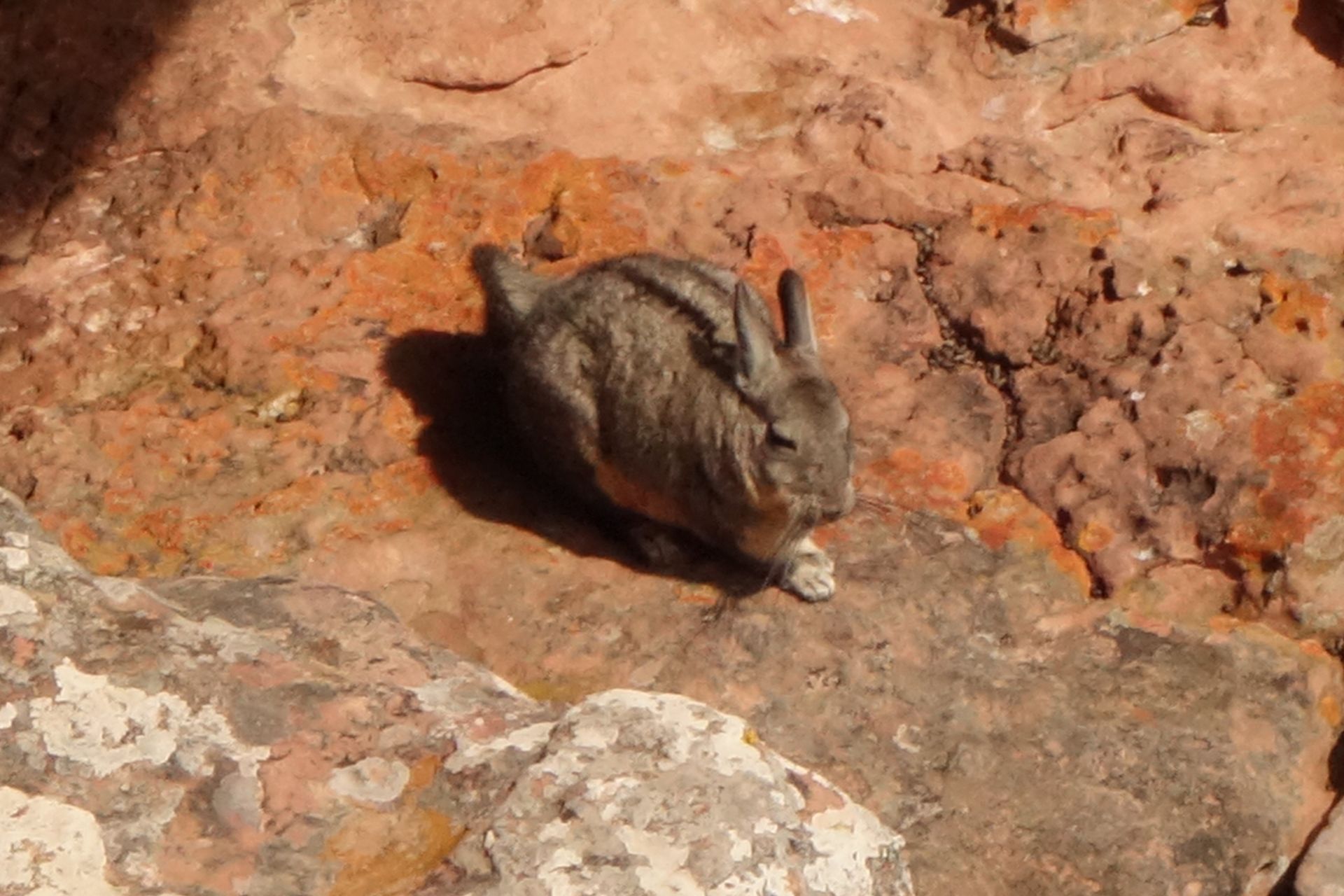
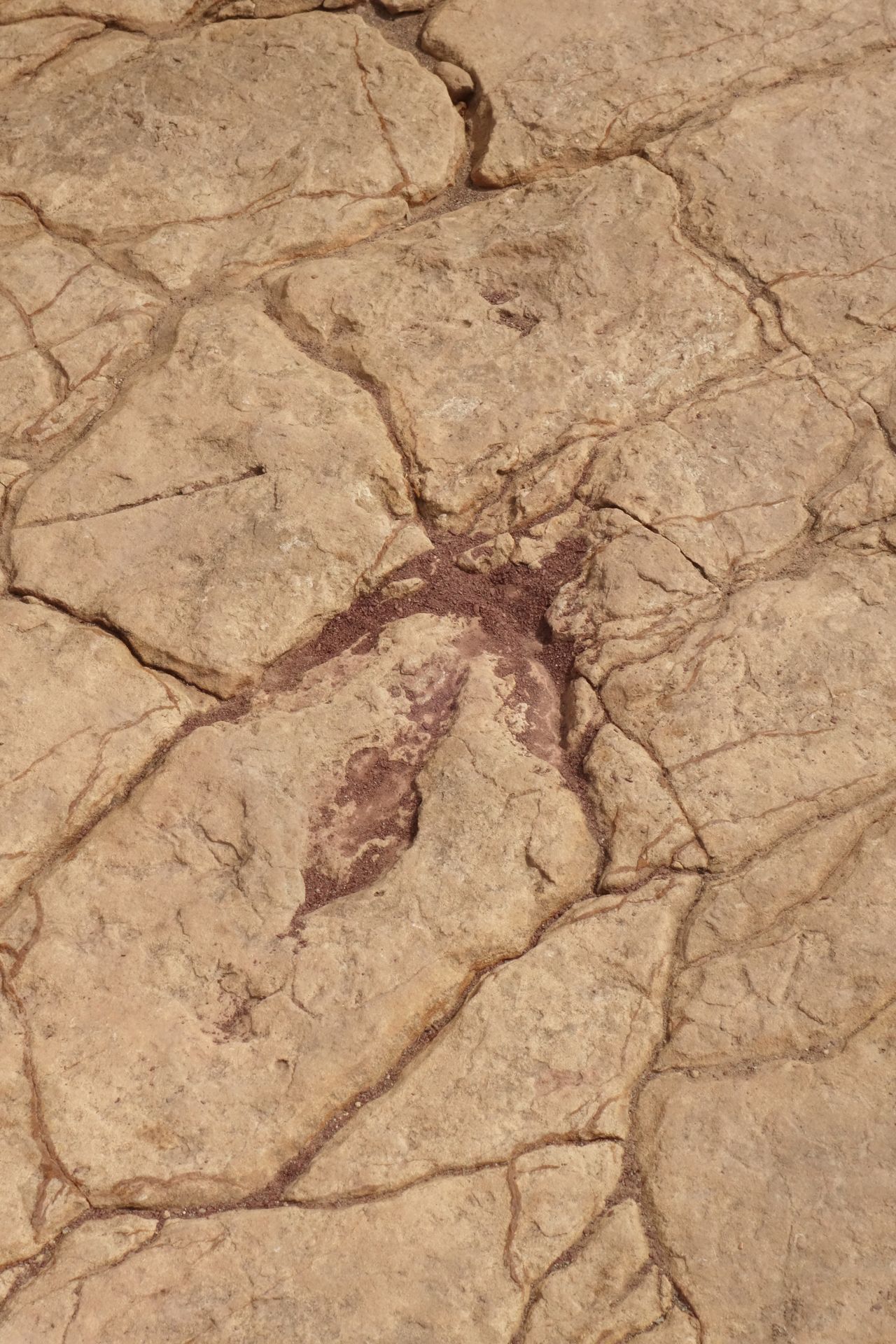
In the afternoon, we went into the real underground caves. It was really pitch black there. We ventured a few hundred meters deep. Quite adventurous and in some places you really had to squeeze through. It took a lot of effort to suppress the thoughts of what you would do if you got stuck. By now, I had my camera under control pretty well, so I was able to take some decent pictures even in the darkness.
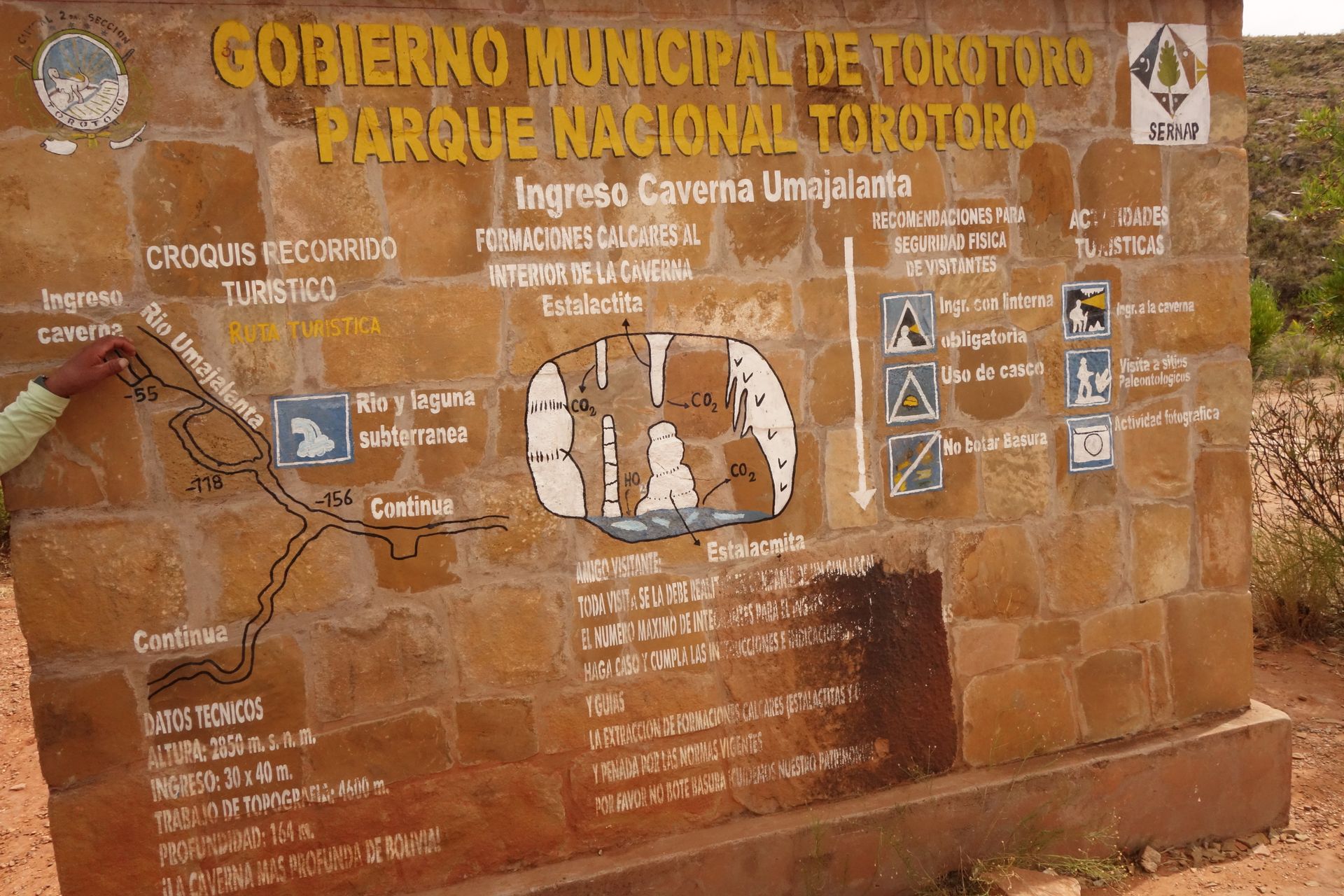
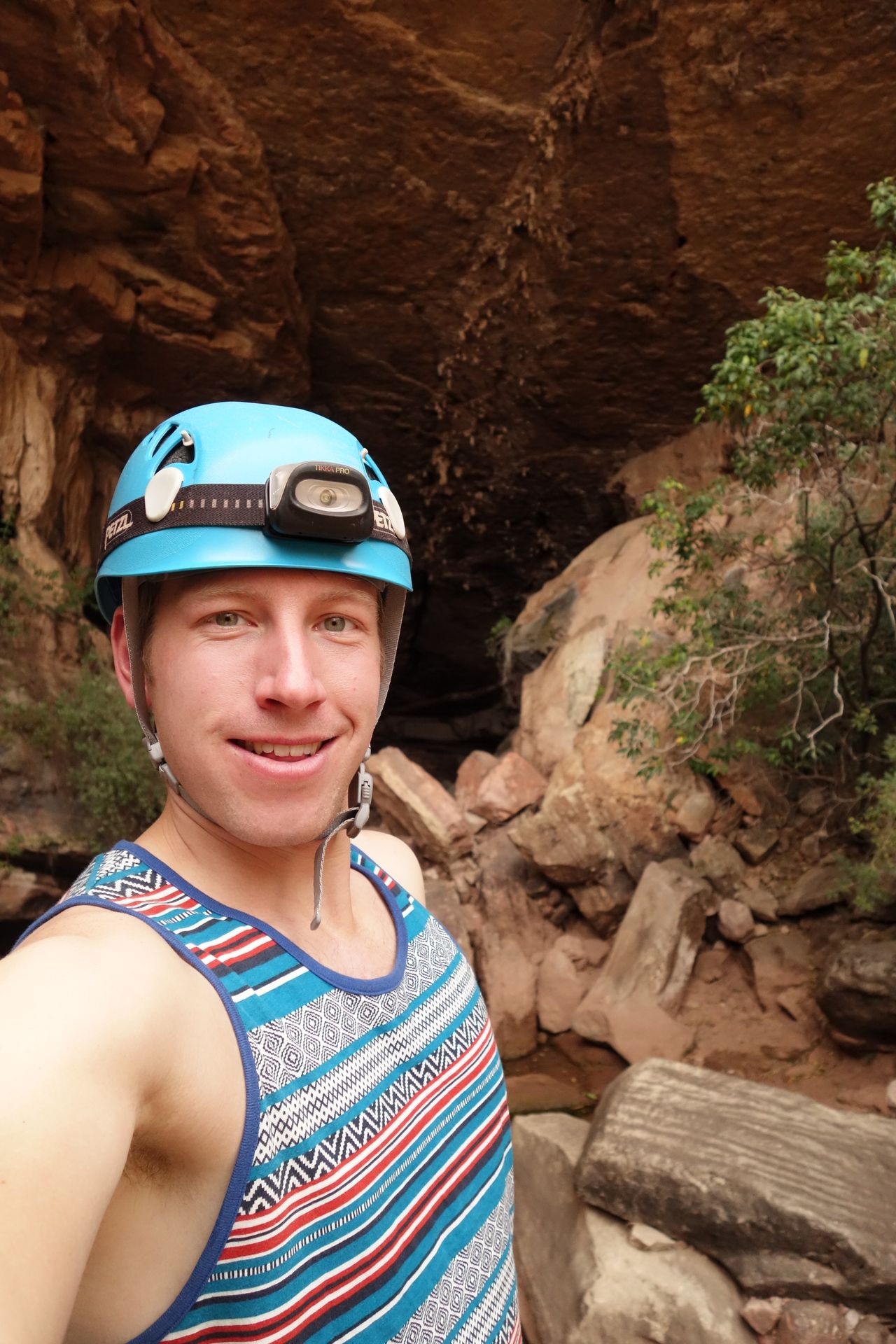
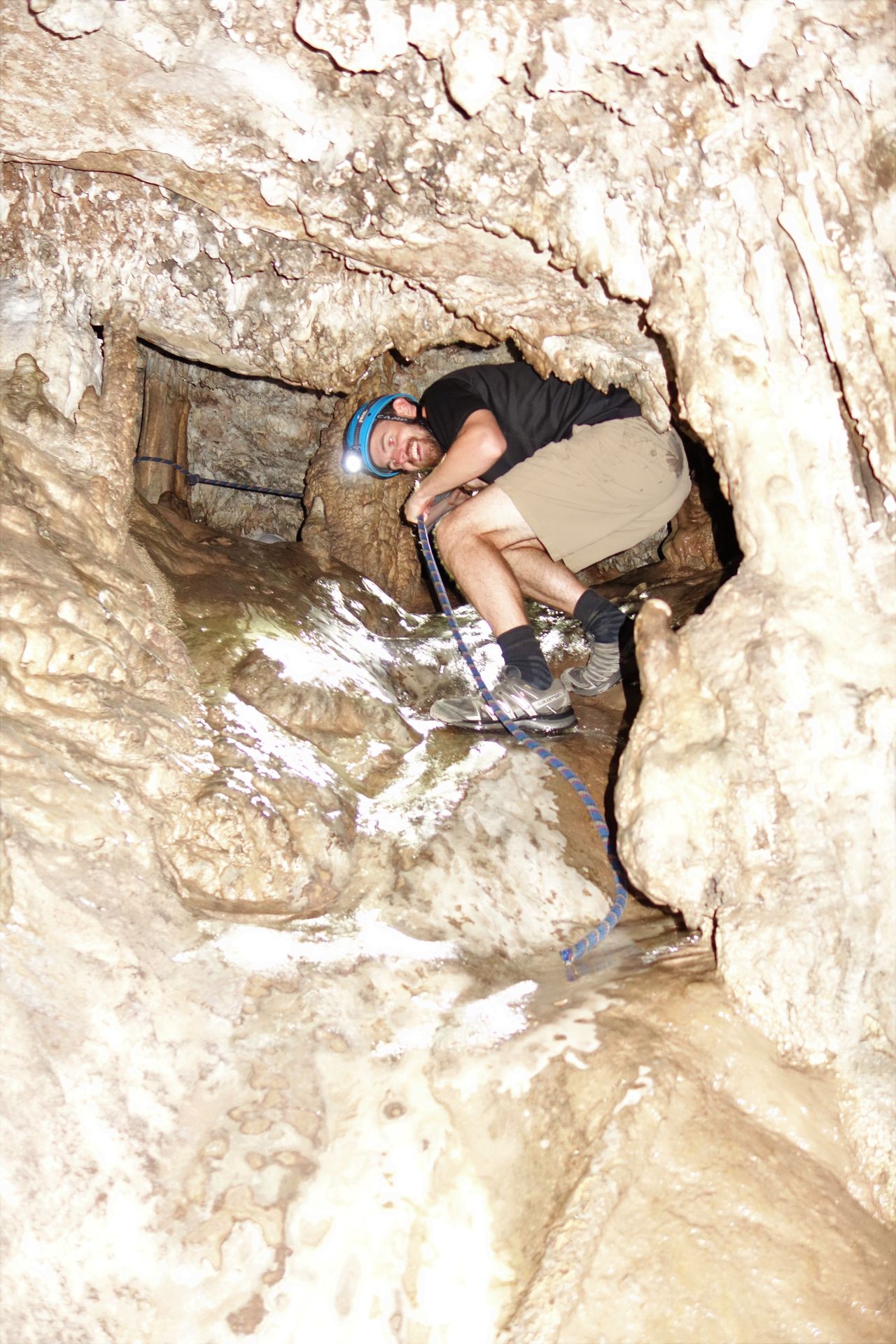
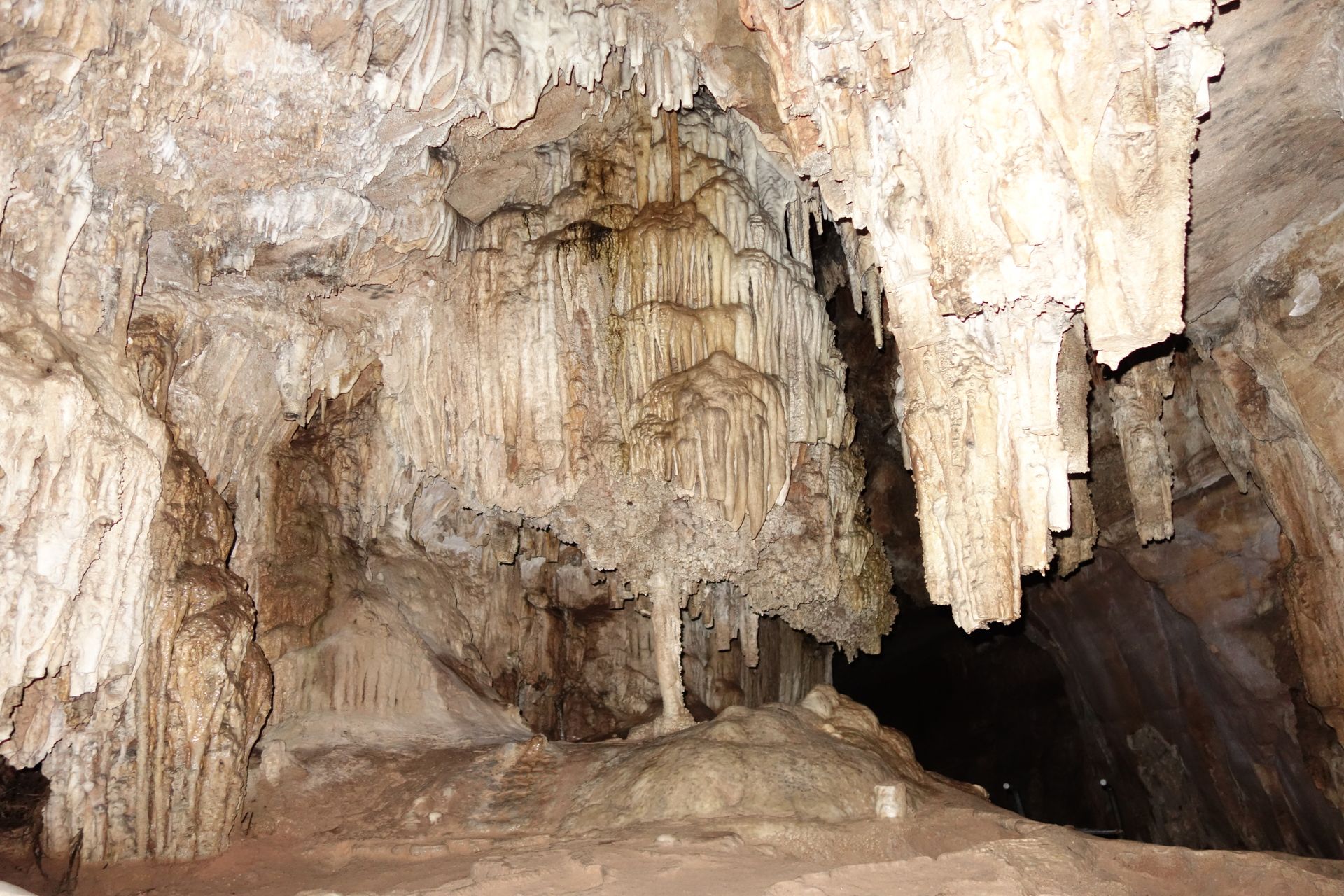

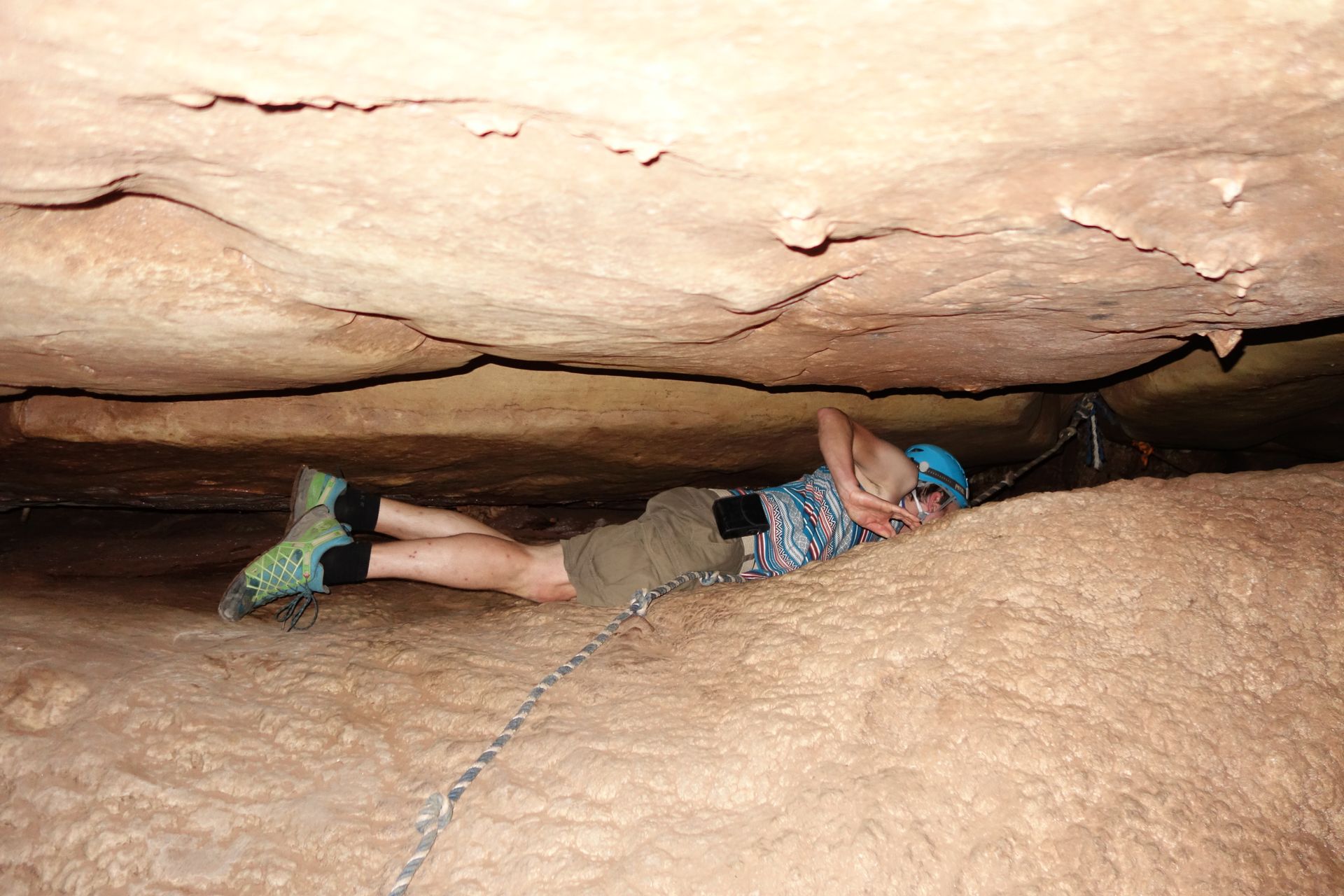
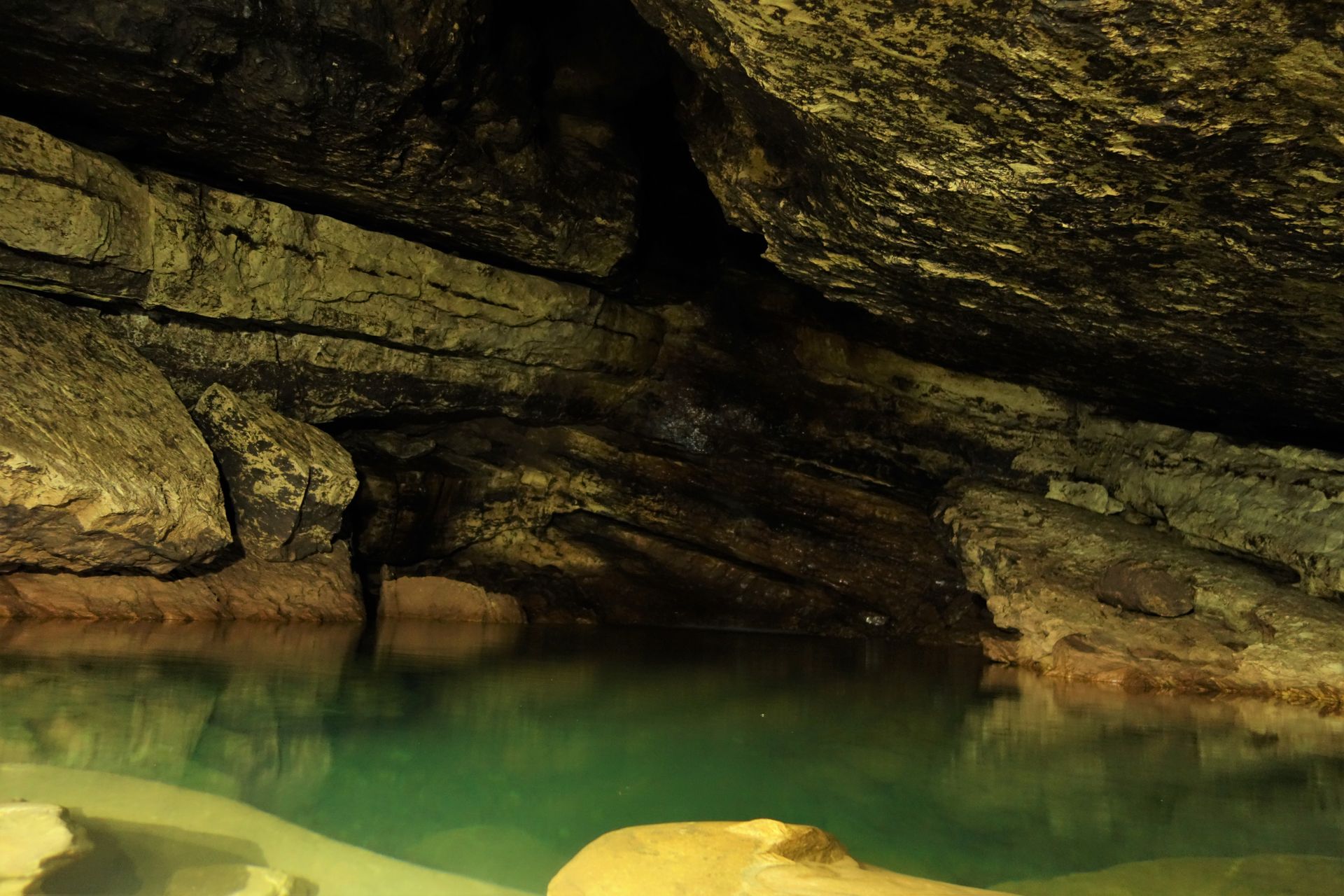
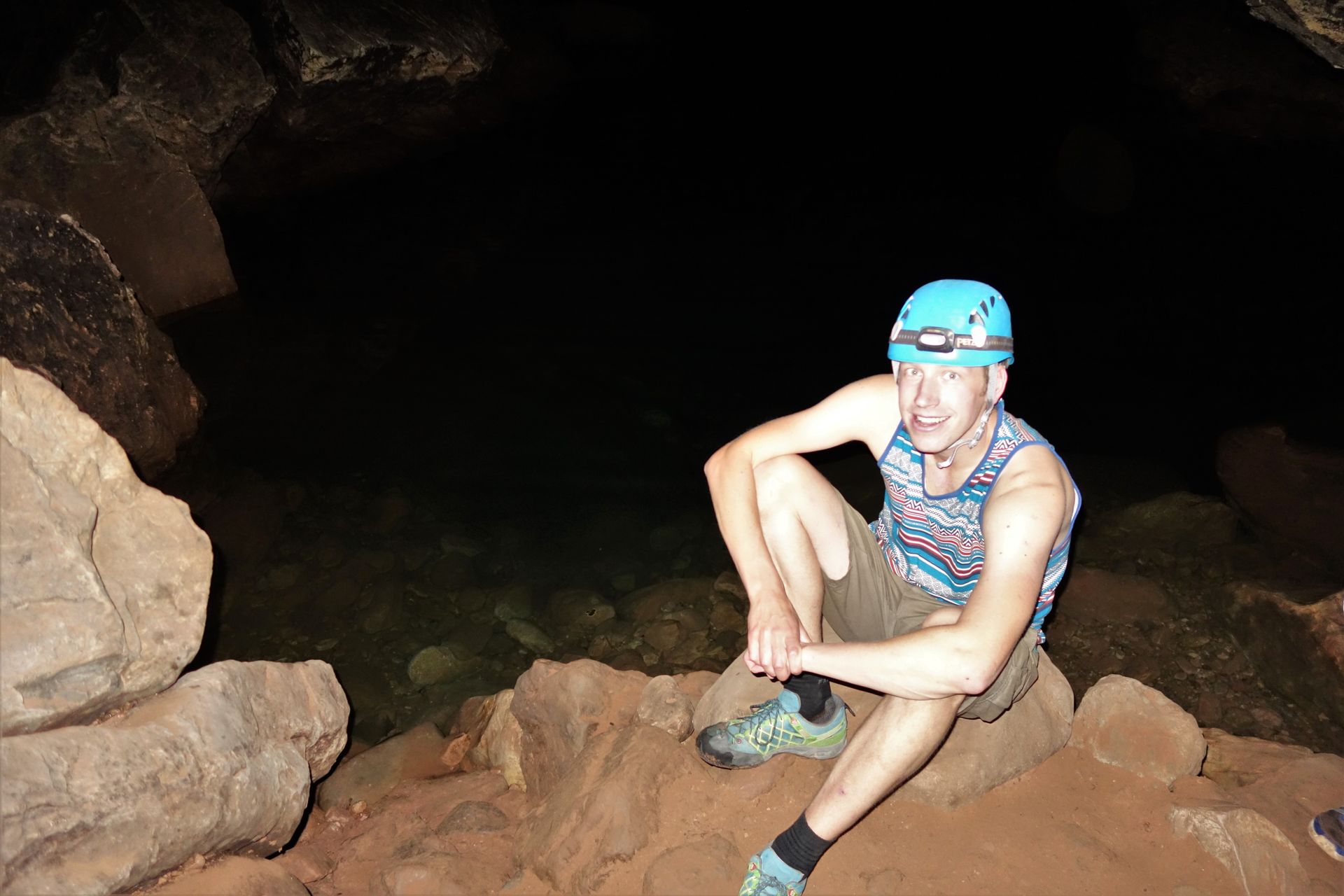
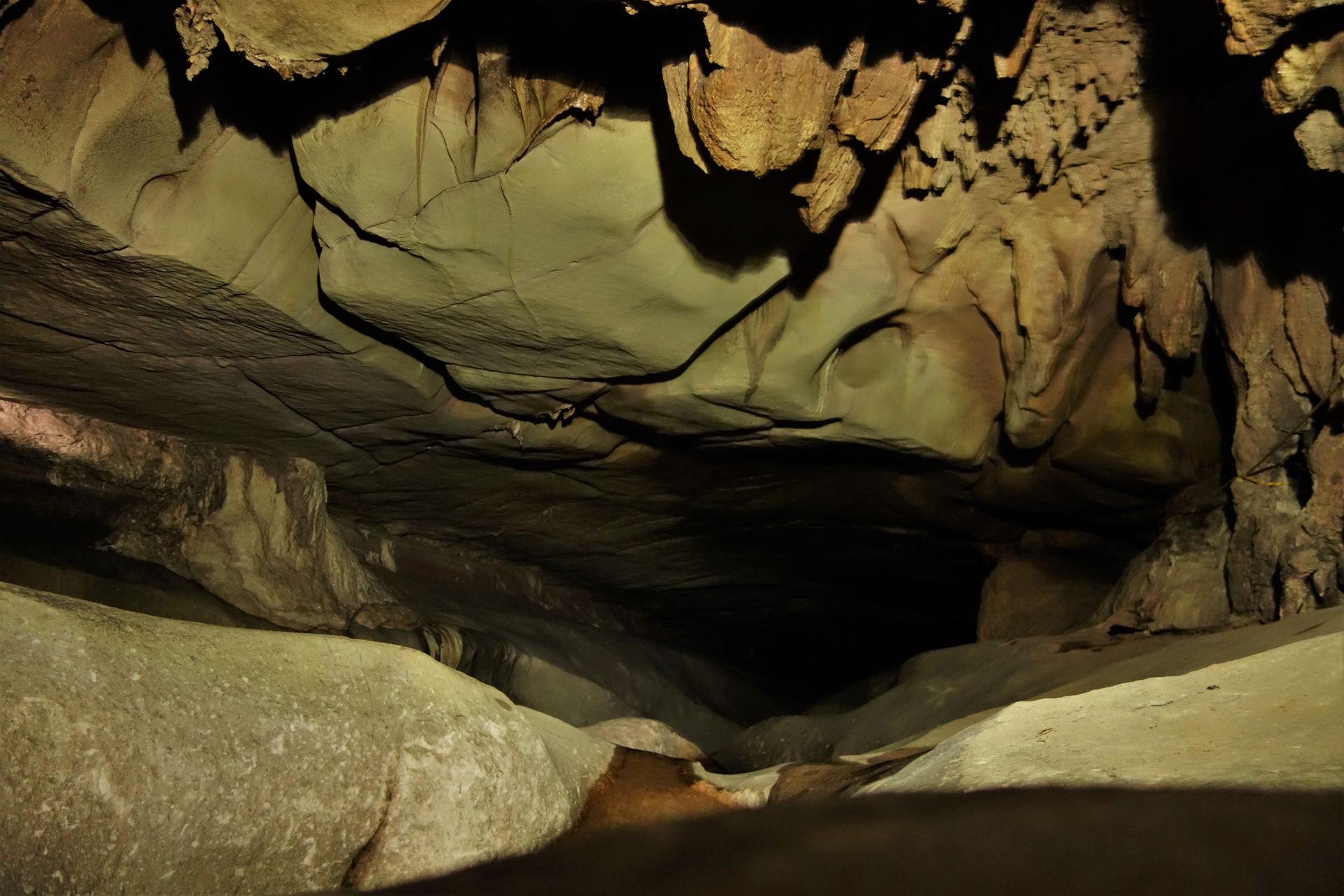
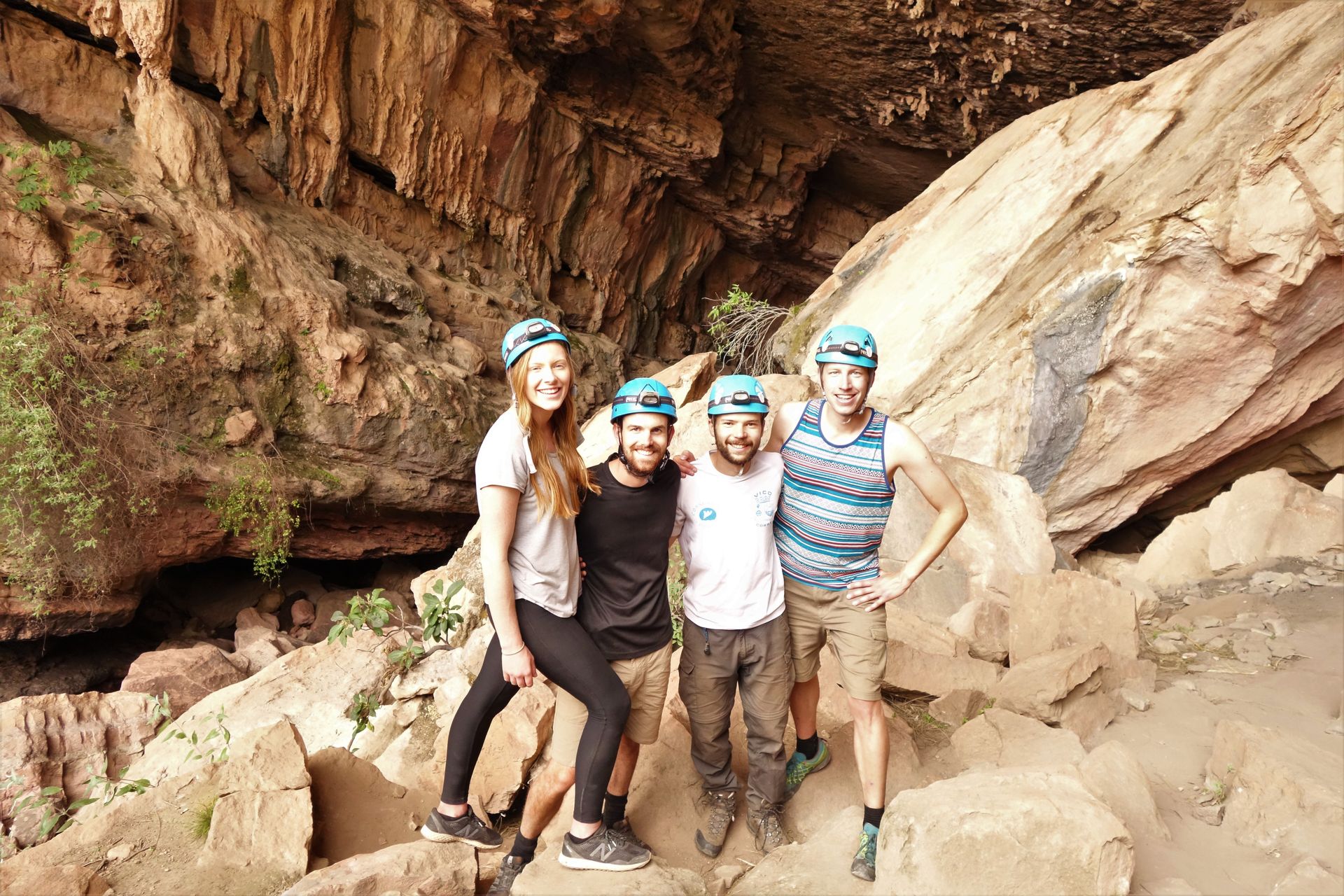
The next day, there was a bit more hiking, but everything was more relaxed compared to the past few weeks. We went to Cañon Vergel. On the way there were a variety of tracks to see. So it wasn't just isolated footprints. The view of the Cañon was also amazing. And of course, we had to go down the 300m. During the rainy season, the water down there is a few meters high, but we managed the small stream well. When we reached the bottom, we were rewarded with a refreshing waterfall and a nice picnic. Then we went back up through the Cañon, there were a few more caves to explore, and after another valley, we returned to Torotoro through the vast landscapes. I went directly on to Cochabamba.

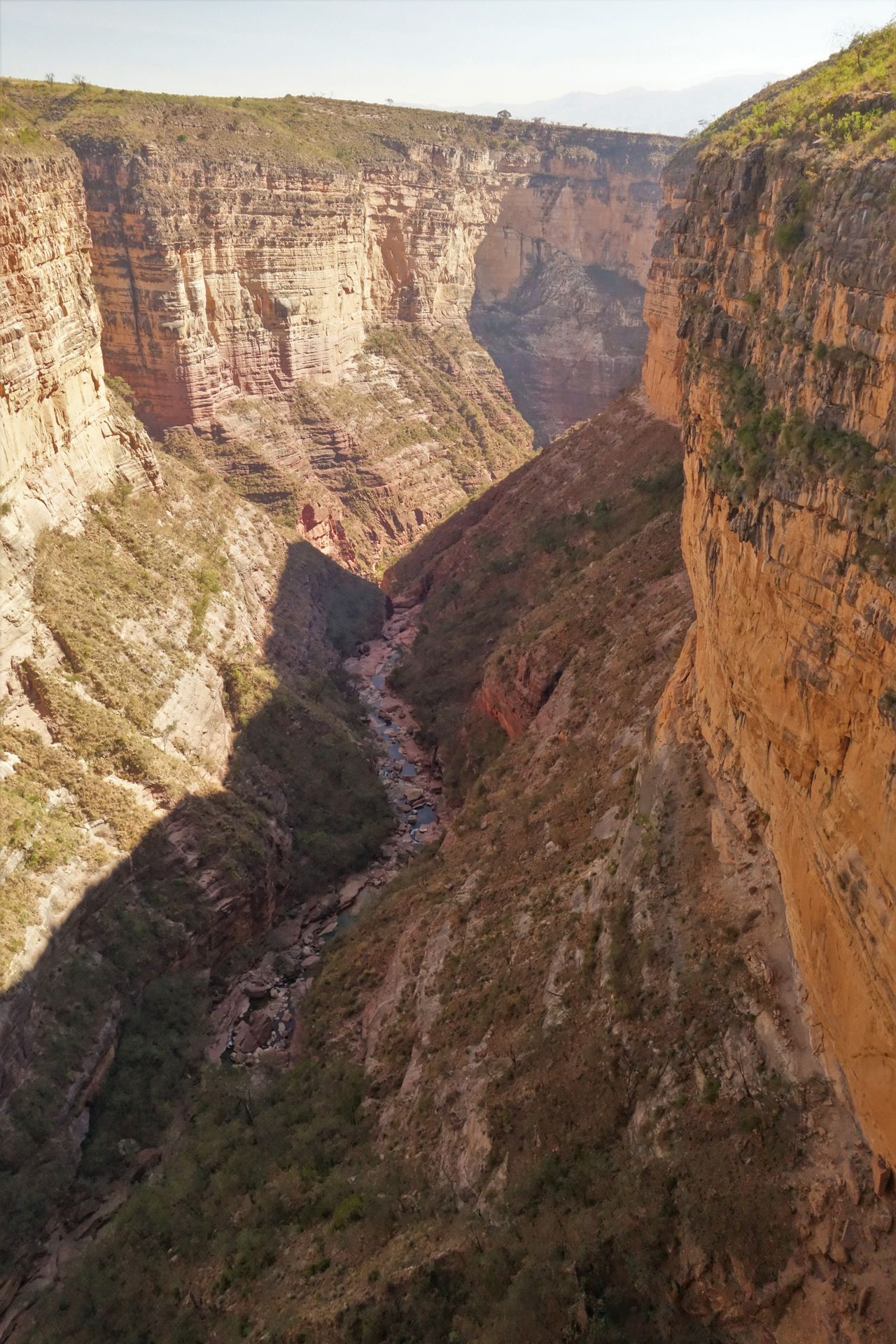

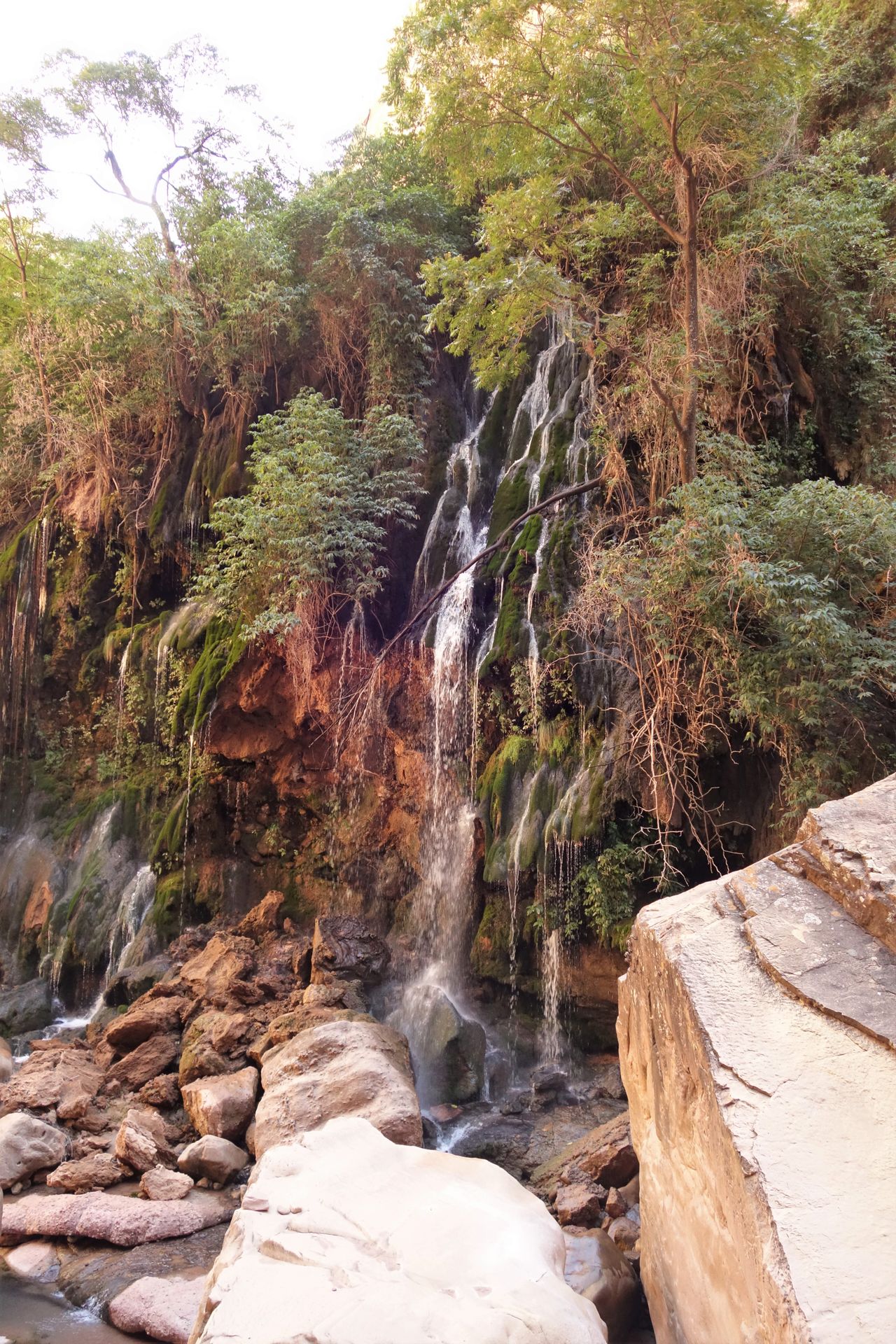
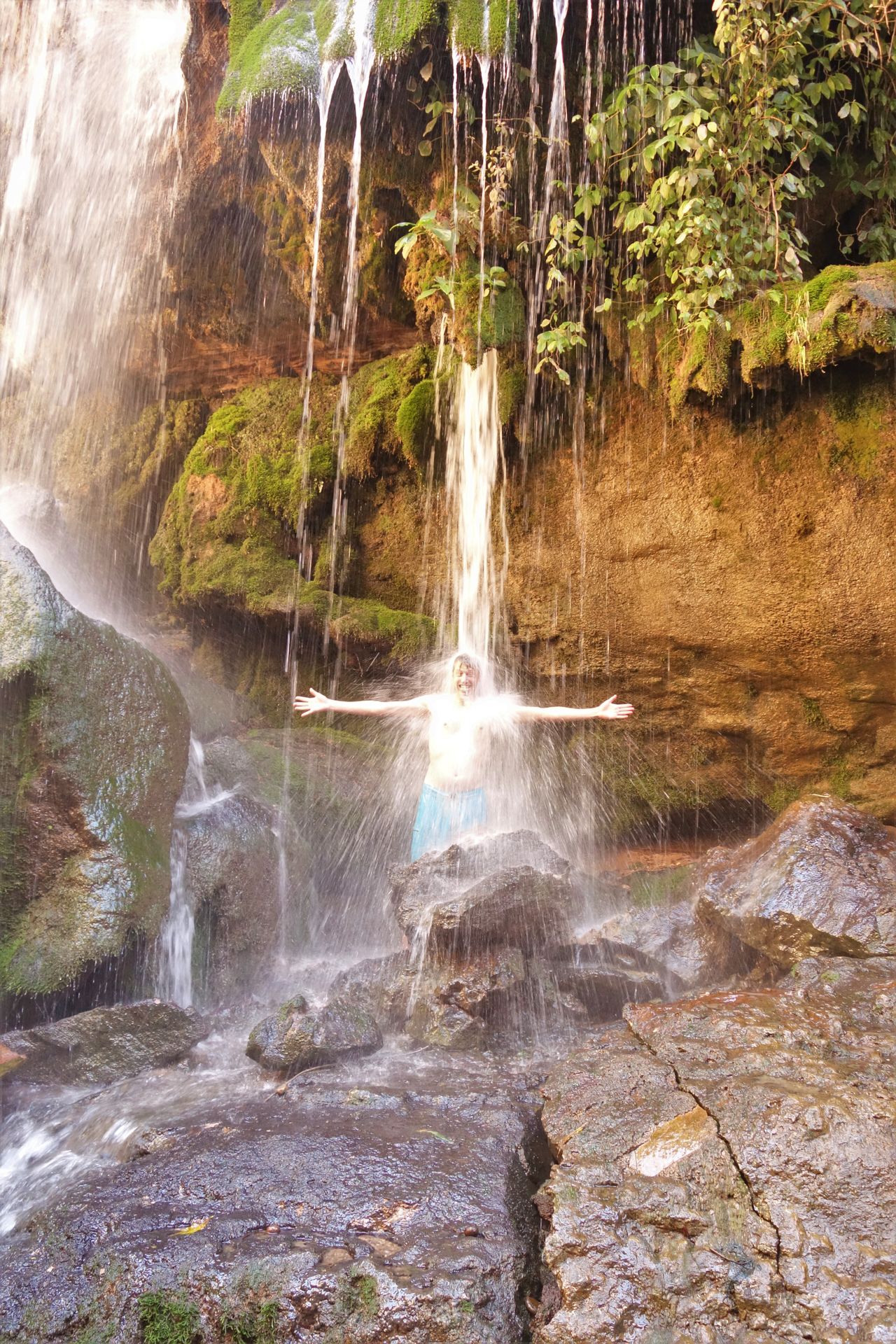

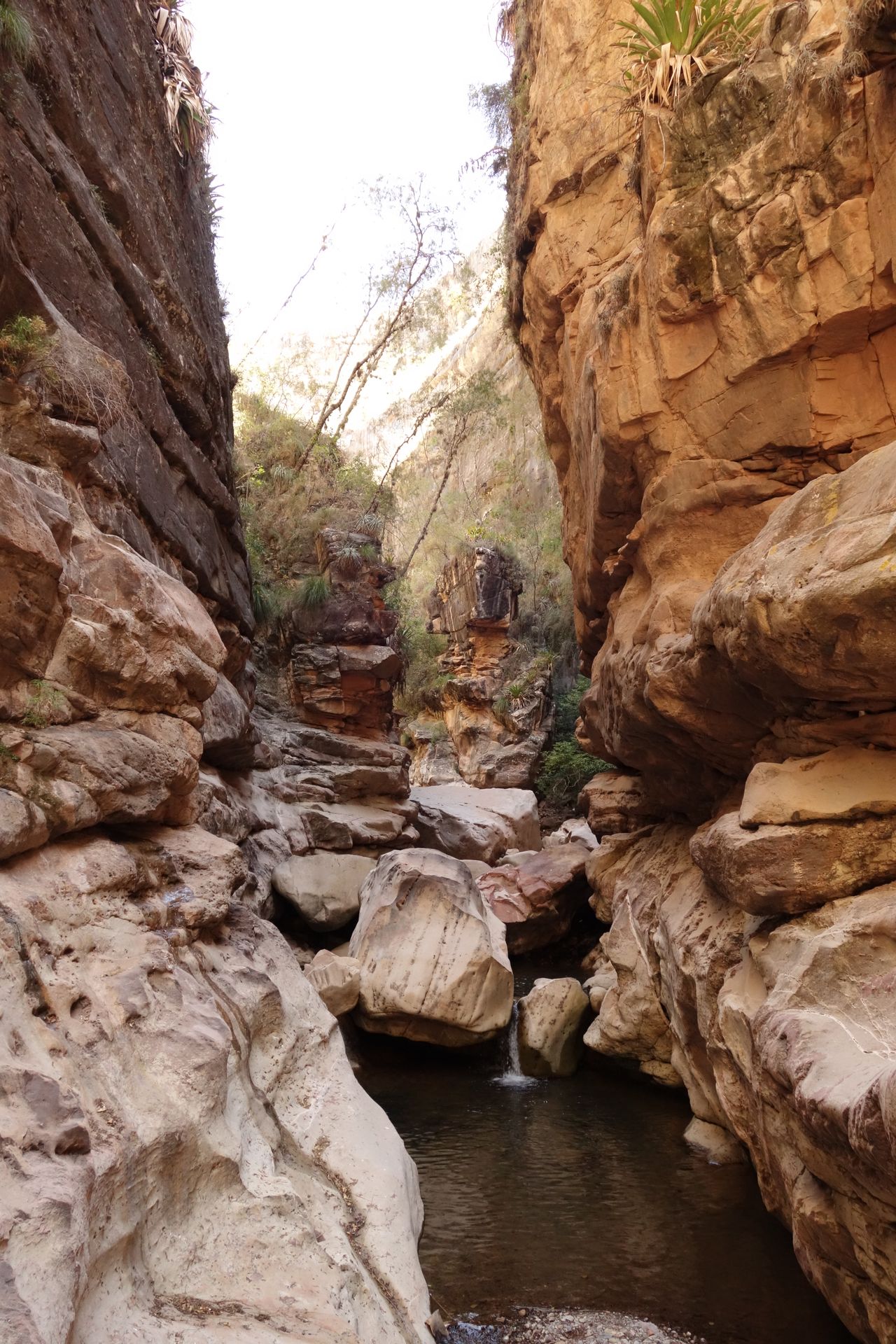
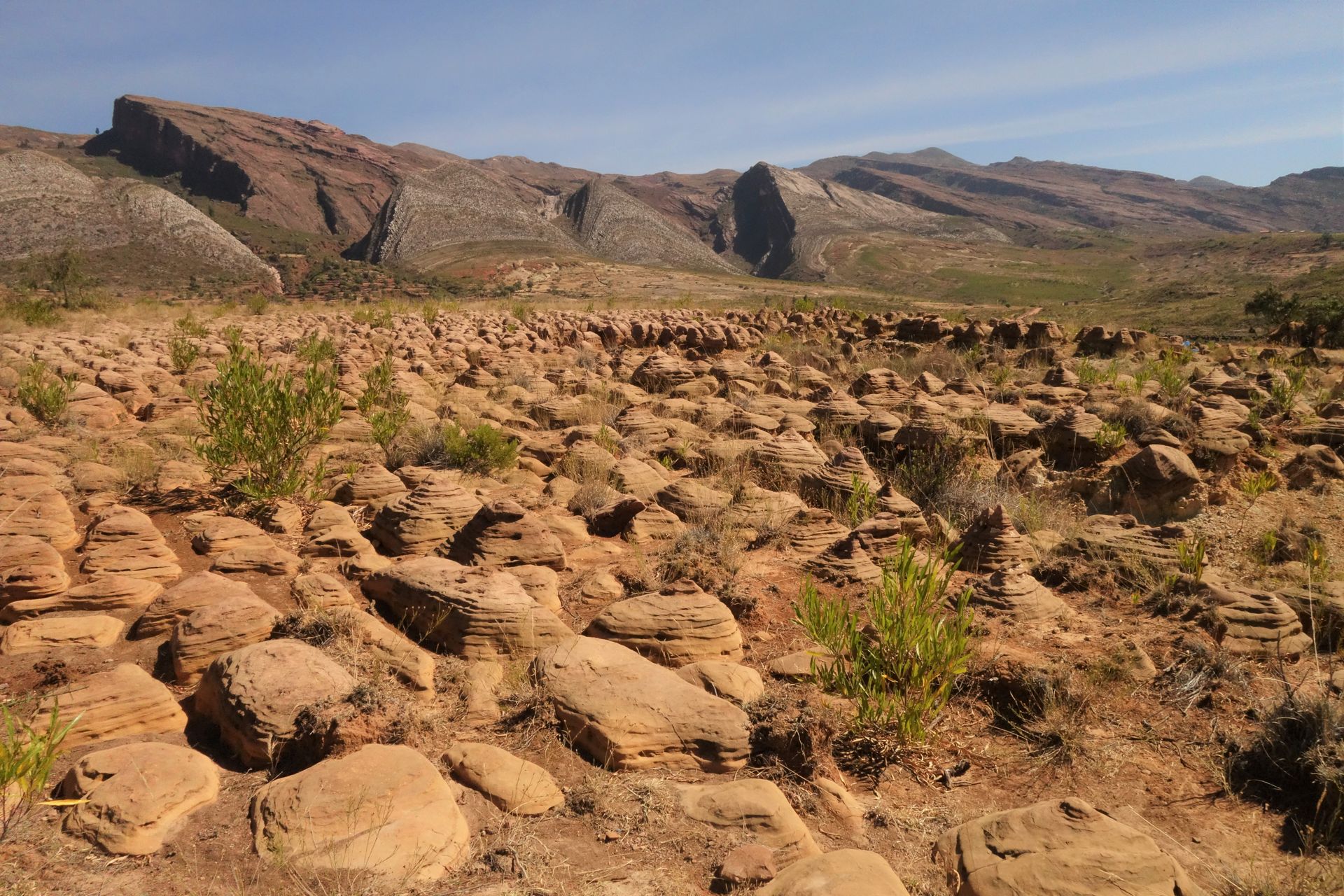
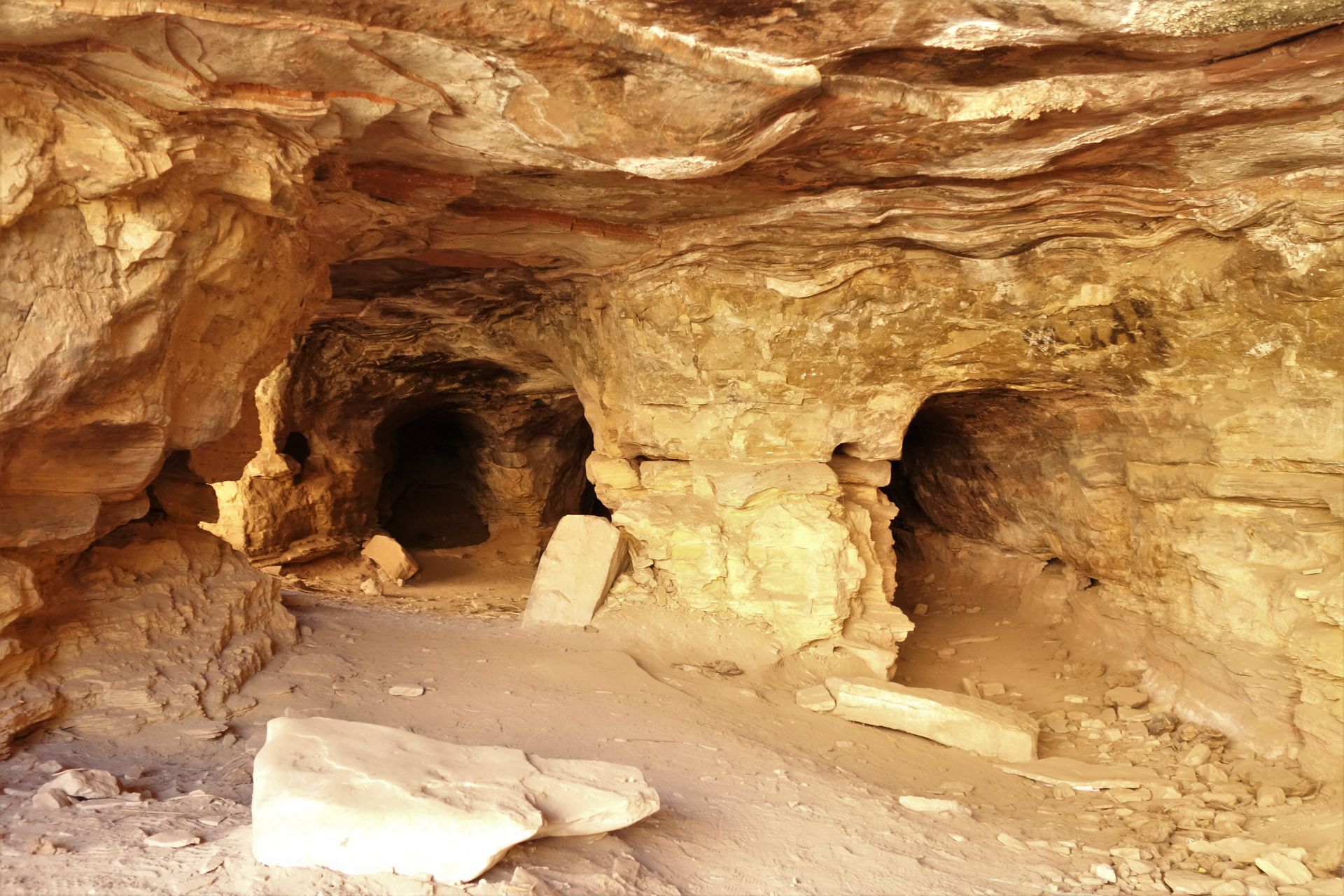
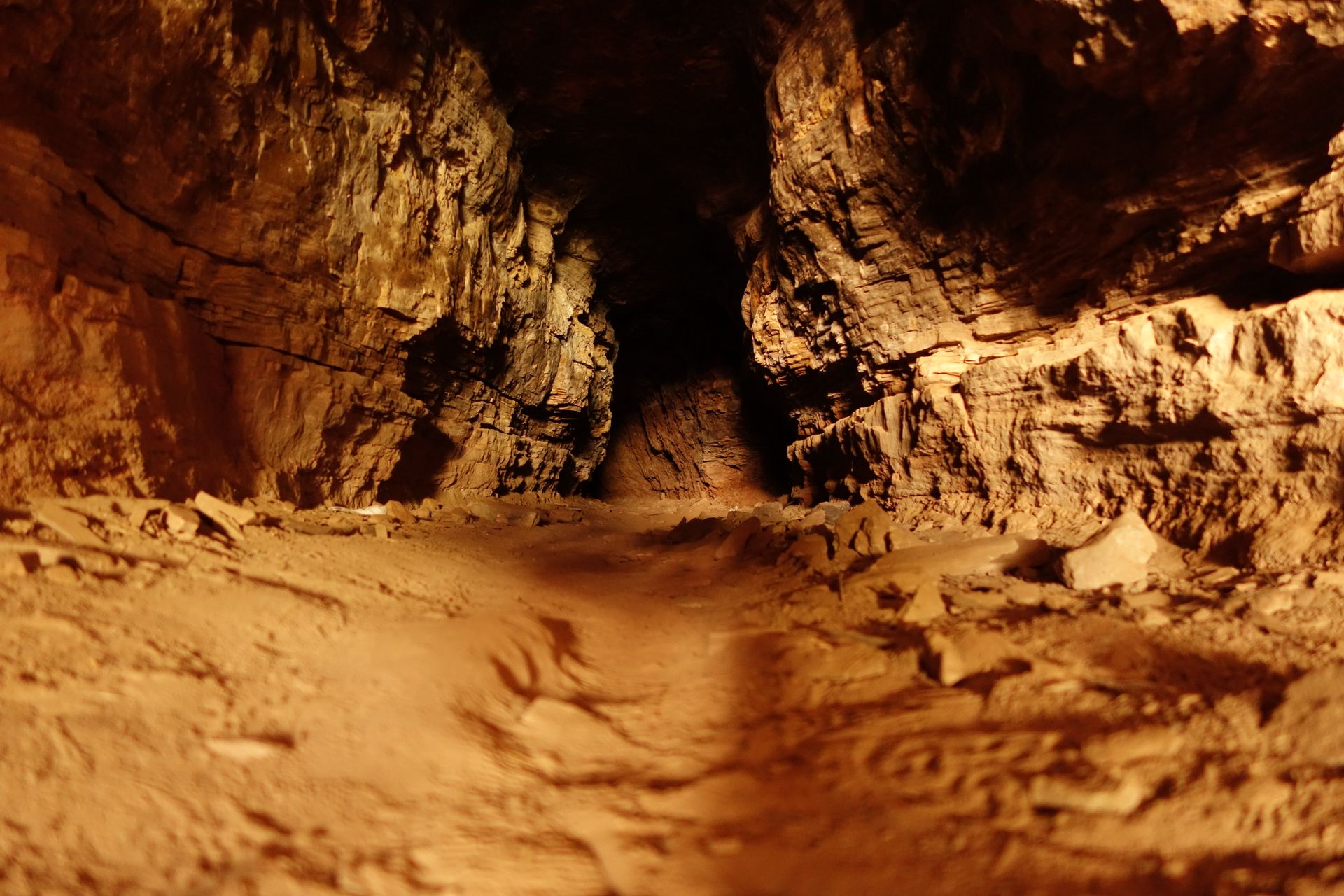

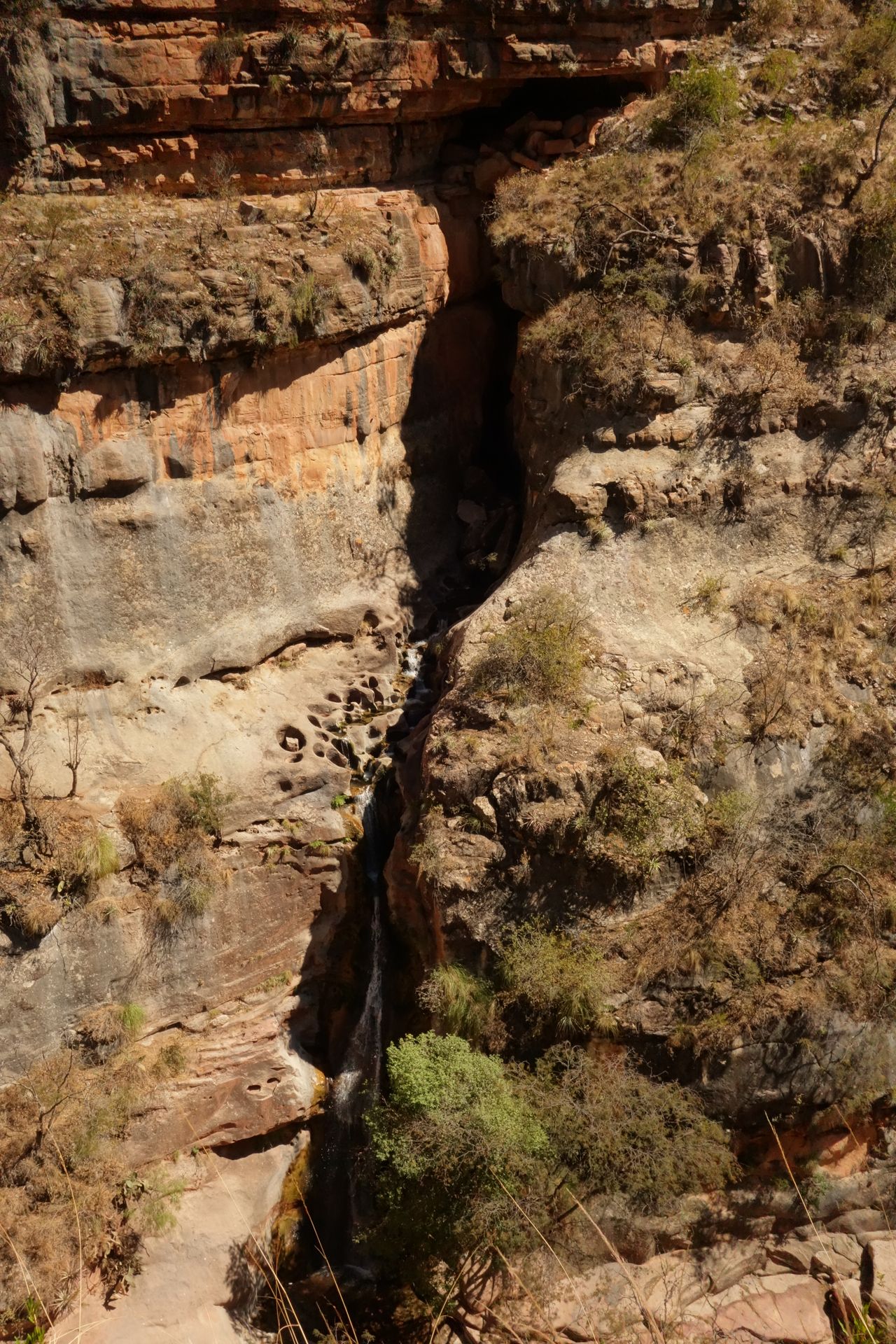
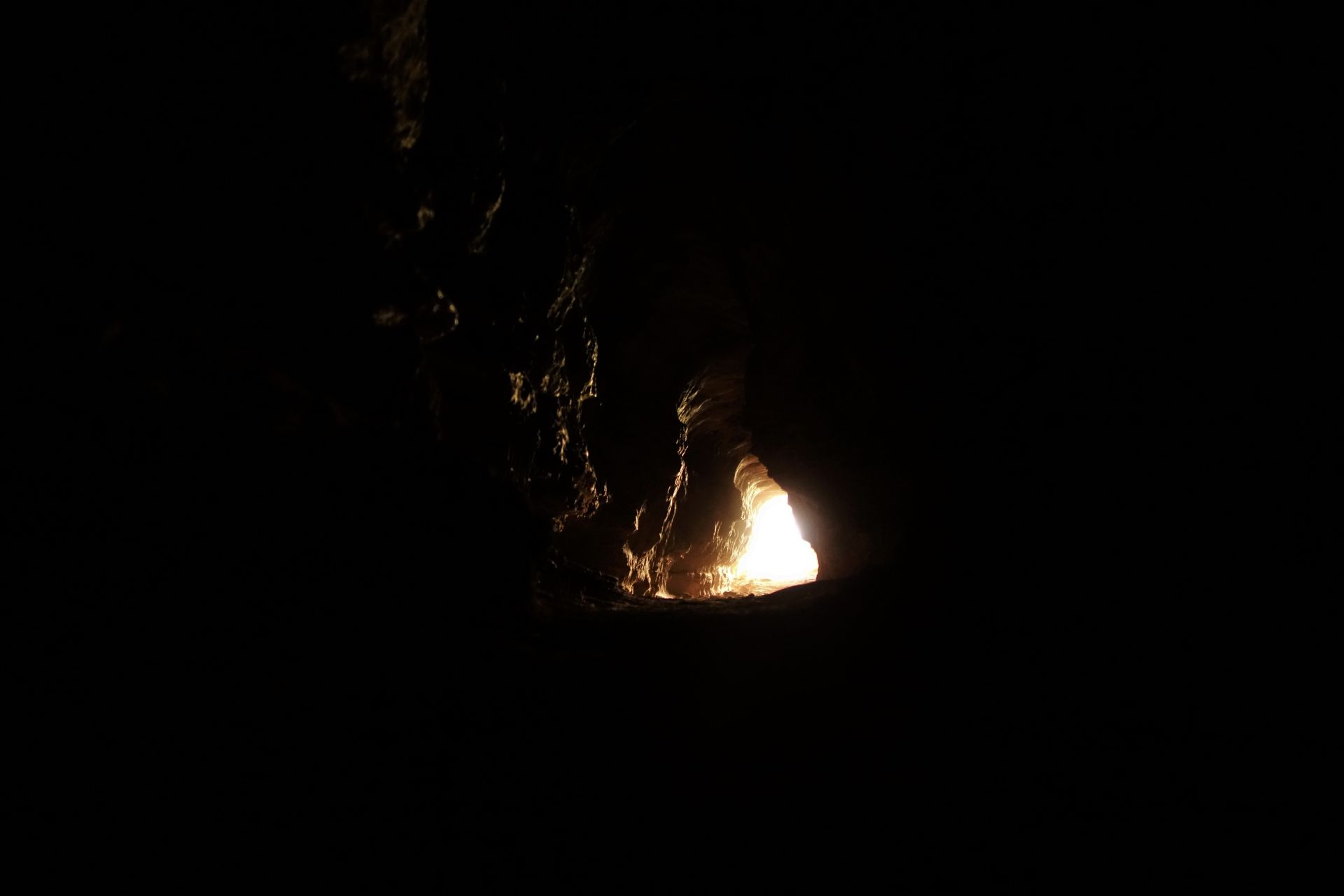
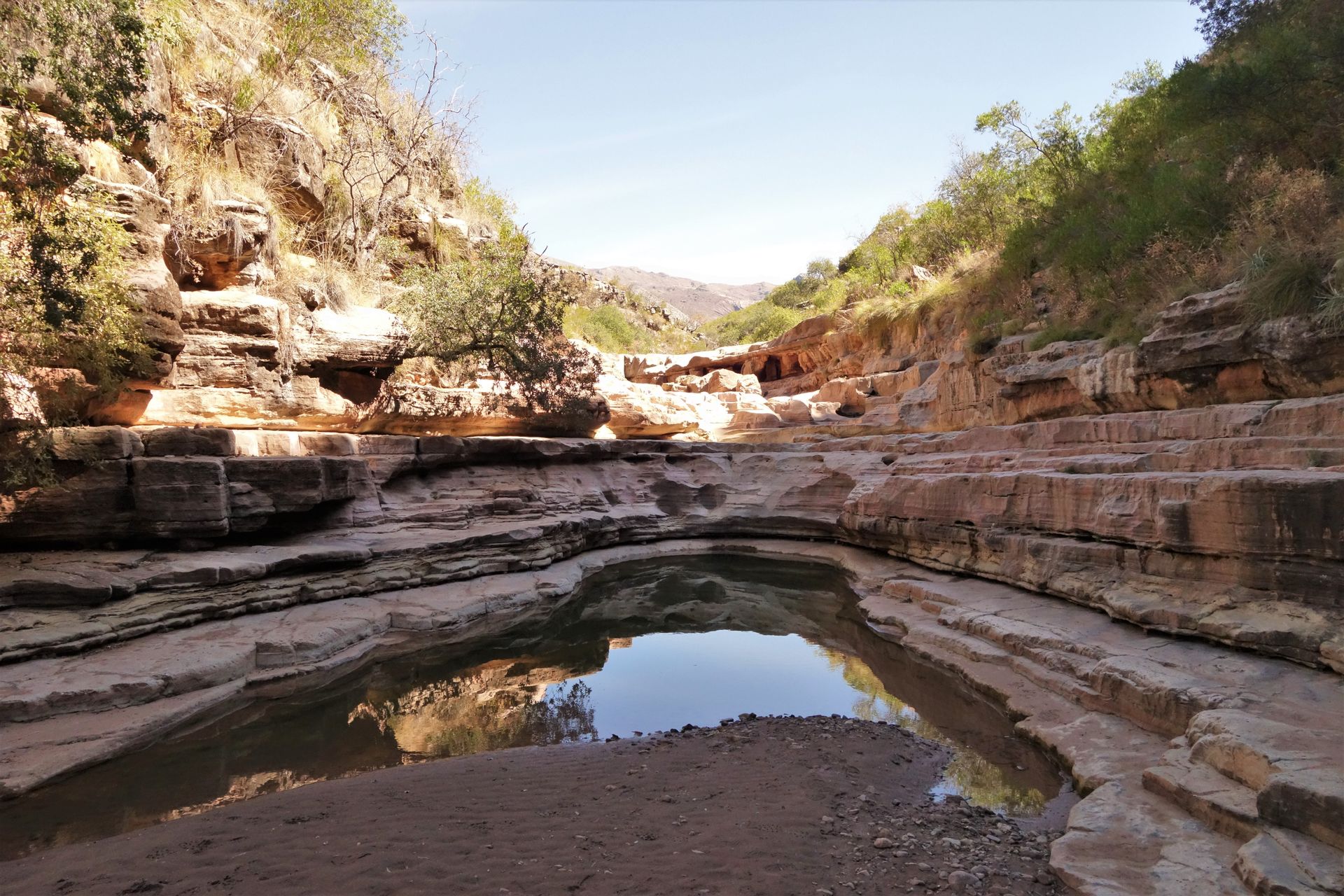
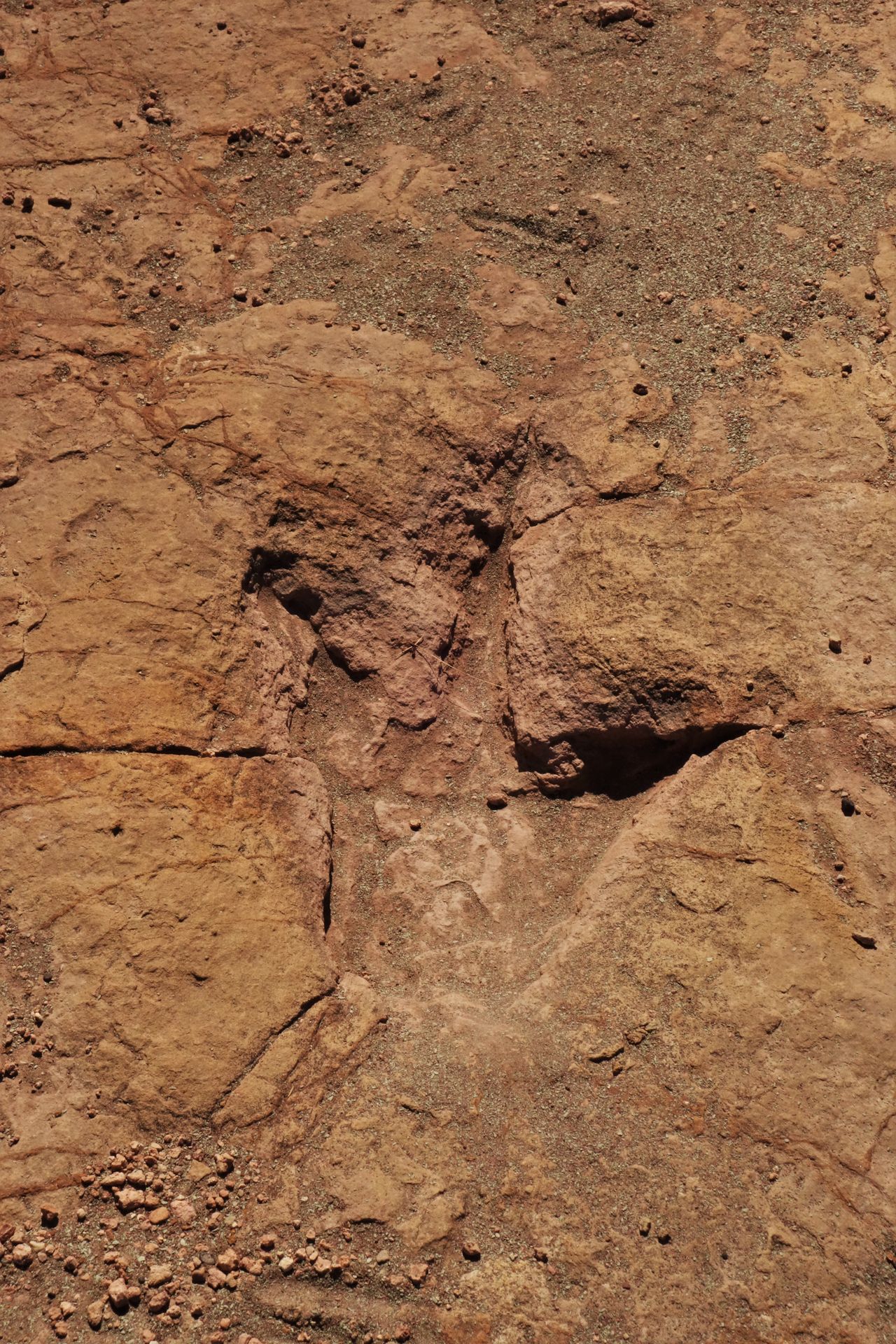
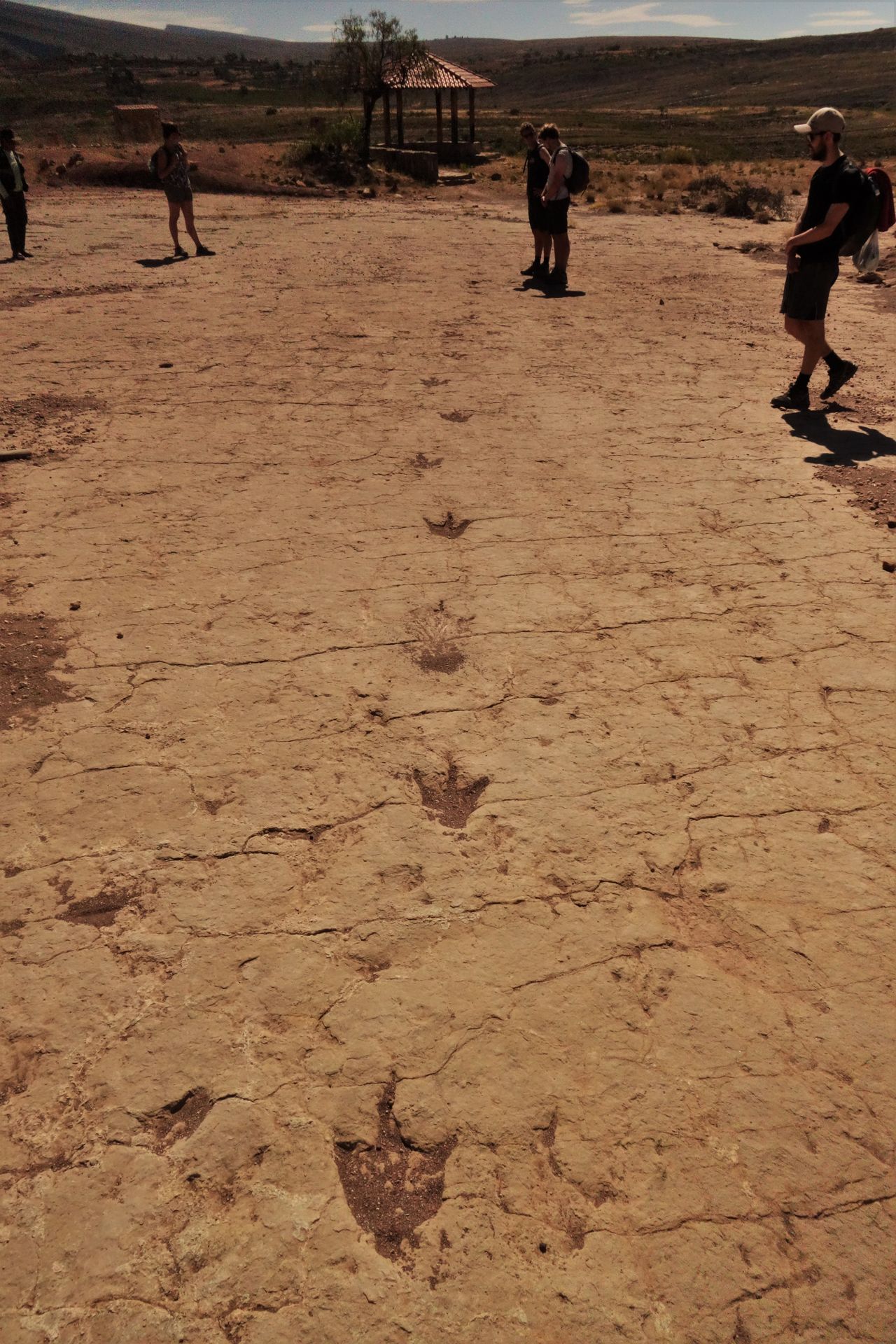
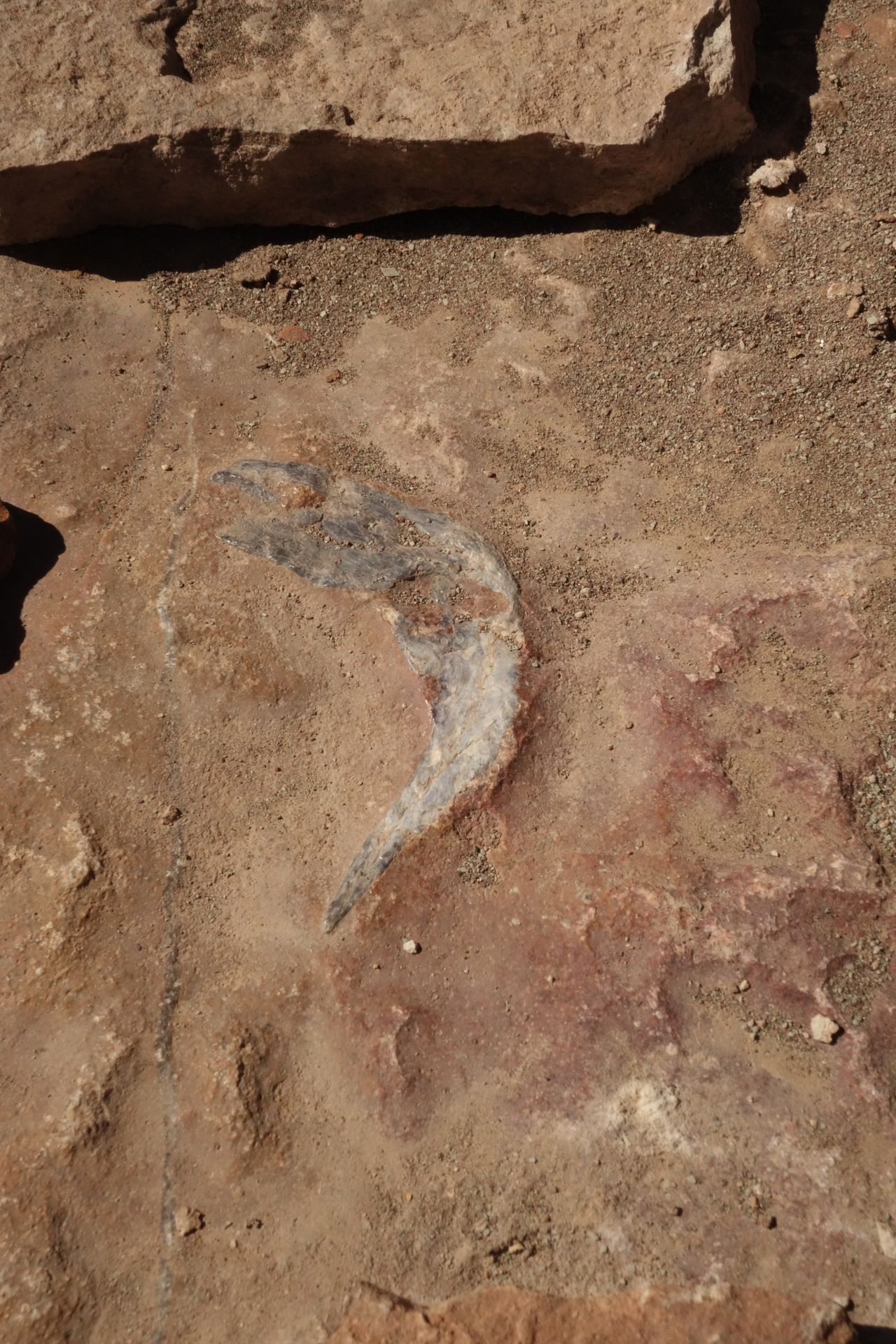

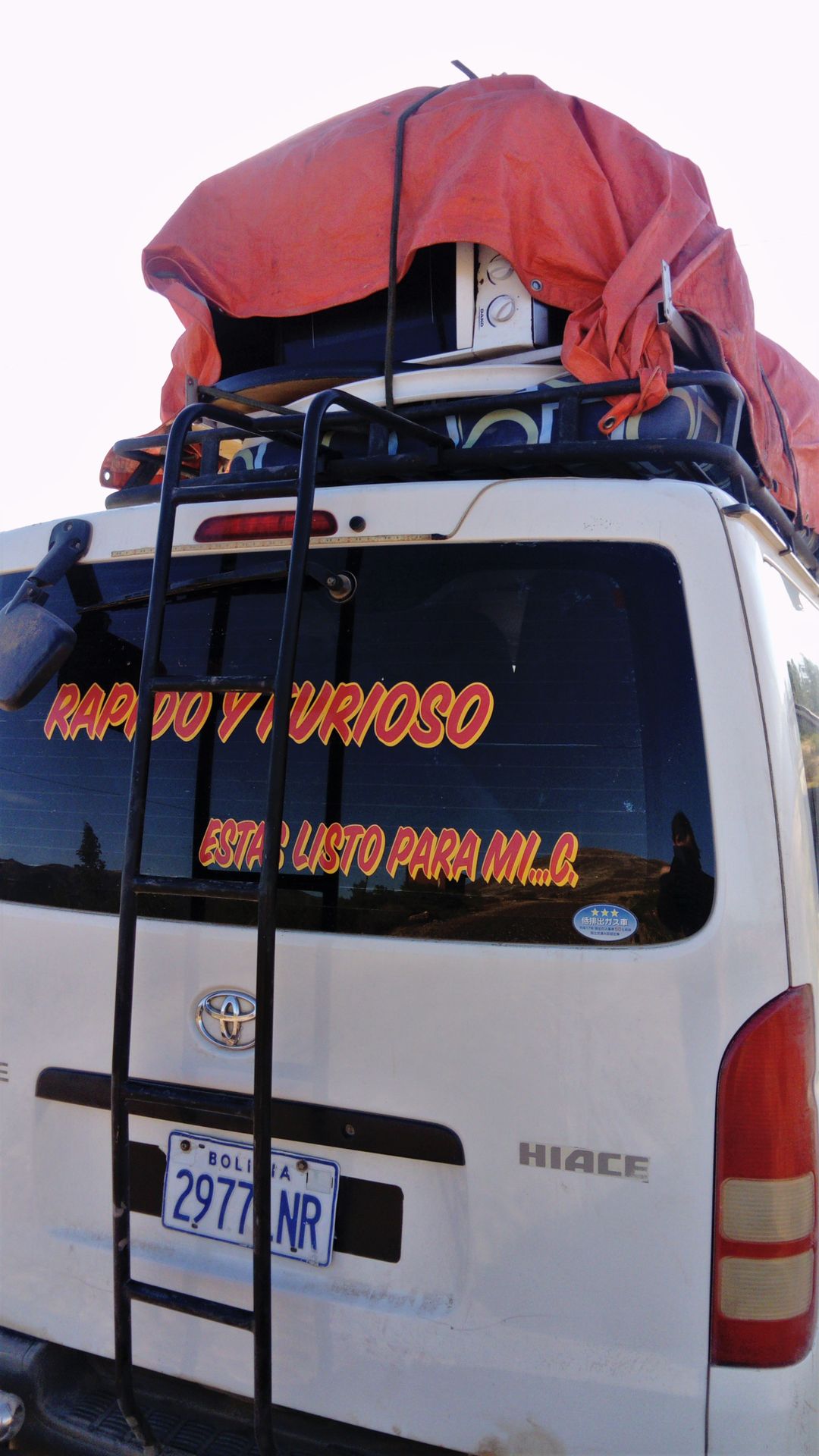
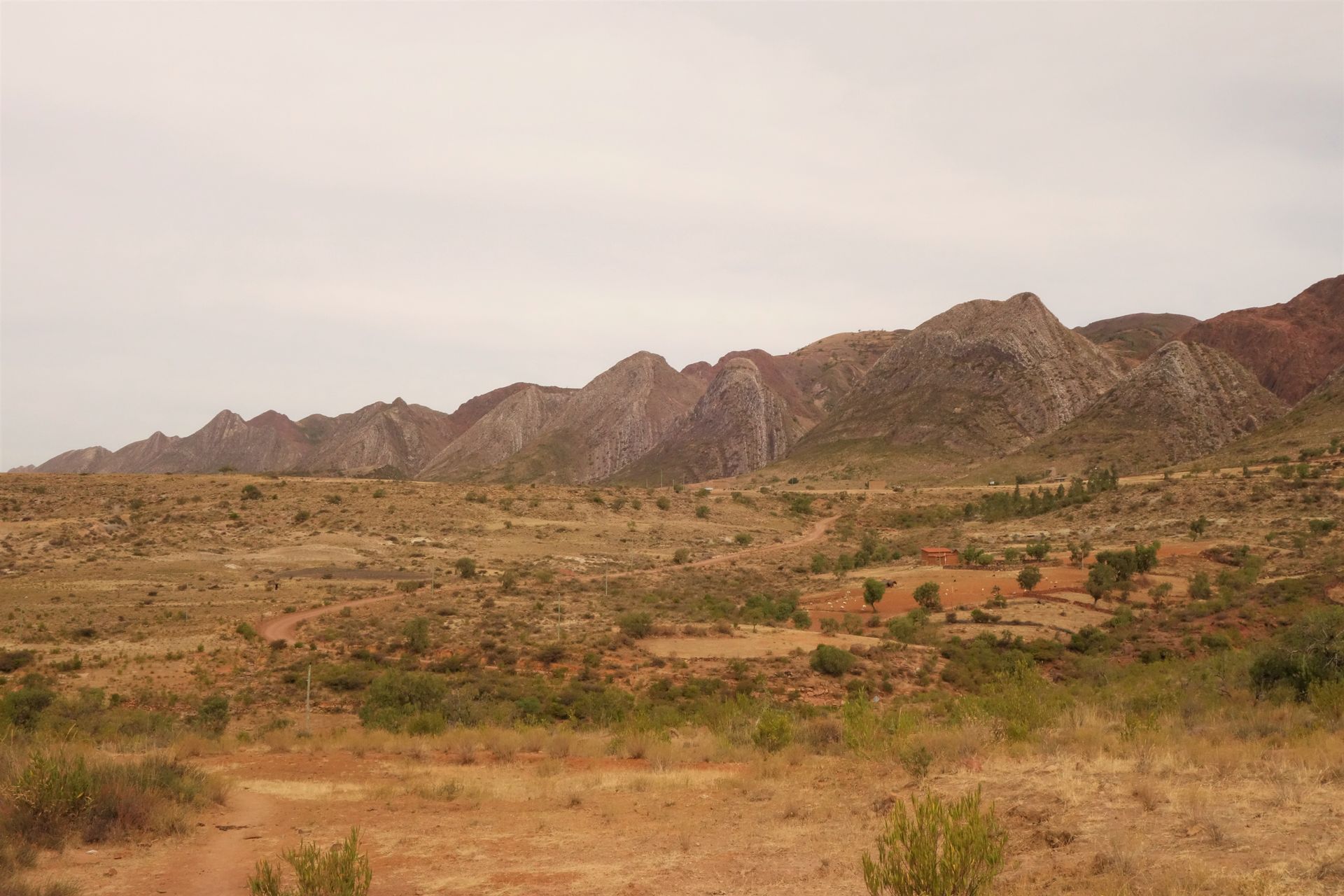
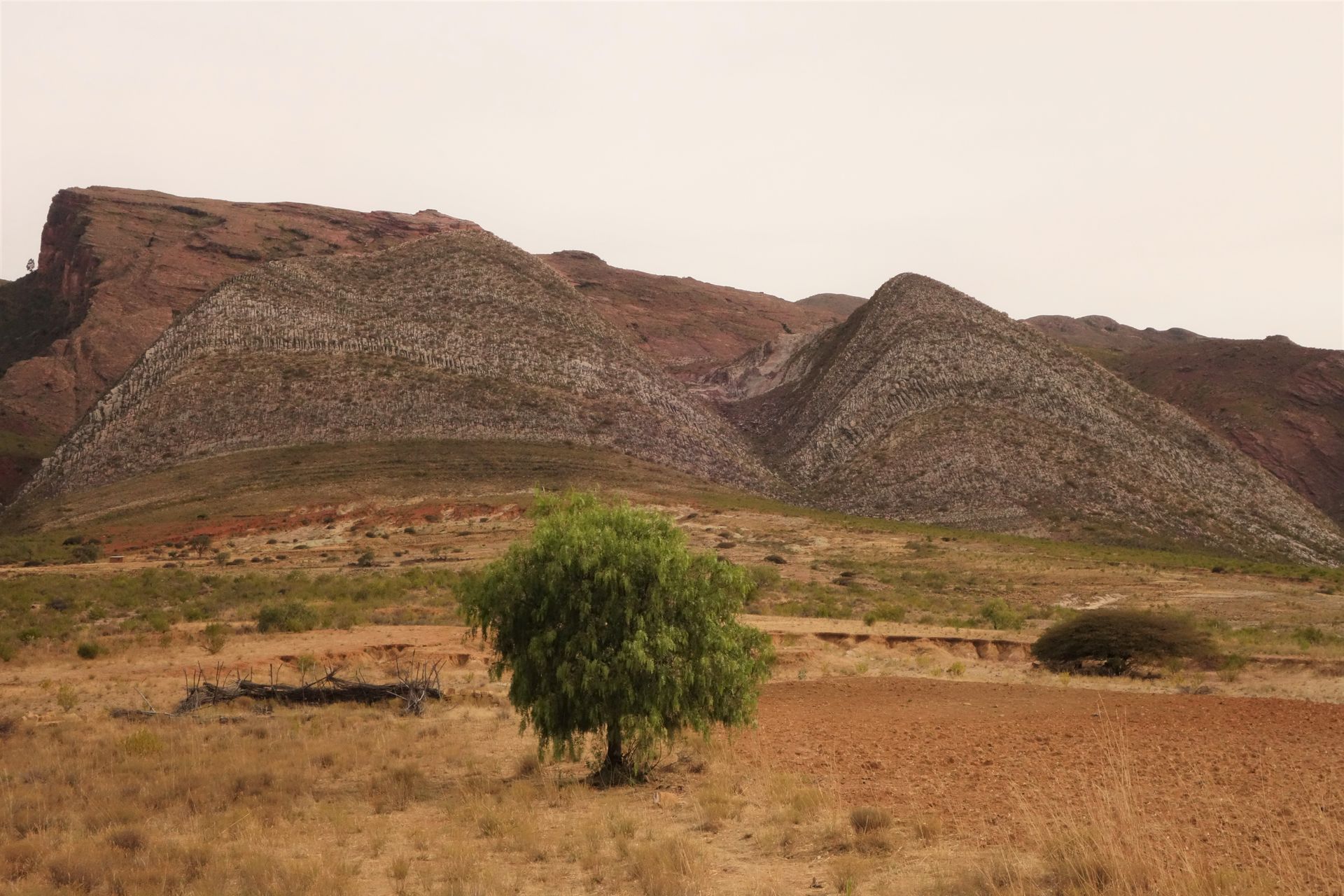

There I tried to solve my credit card problem with the help of the German honorary consulate. And the next day, I continued to supposedly tropical Santa Cruz at night. Another million city. But that was a bit of a flop. The first day was still quite friendly, but in the evening it started pouring and it rained non-stop for 2 days. And because people from Santa Cruz don't like to leave their homes in the rain and there wasn't much else to see, I drove directly to Samaipata (see separate article).
After a few days, I was back in Cochabamba. Actually, I just wanted to pick up my credit card there - but not continue traveling directly. Since I had already seen most of the city, I took a look at a few places in the surrounding area.
Tiquipaja, a suburb of Cocha. A bit quieter and rural, with a nice park and camping facilities. On the way back, I went to Quillacollo. A fairly large city with its own plazas and markets, directly adjacent to Cocha.
The next day, I went in the other direction and a bit further to Tarata. The place seems to have seen better times. Once the capital of the province with many stately houses and at the same time the birthplace of two presidents. But their birth houses, like many of the colonial buildings, simply decayed over time. Unfortunately, nobody takes care of restoration or preservation here. Incidentally, there was also a larger wedding here at the central square and another big festival in the town, so there was still a bit to see, hear, and drink.
Подписаться на новостную рассылку
Отвечать (1)
Marlene
Sehr schön! Welch Abwechslung (für Bolivien ;-))! ... klingt nach einem tollen Fleckchen!
Отчеты о поездках Боливия
